Welcome to
Gorj
County
Discover a land of legends, the birthplace of Constantin Brâncuși!
Gorj County is a destination filled with amazing cultural and natural heritage, caught between the memory and legacy of sculptor Constantin Brancusi and the fascinating beauty of its landscape. This magnificent land awaits travelers with countless stories and adventures, with unequaled hospitality and unforgettable memories. Visit Gorj County and discover a land of ultimate diversity and authenticity! With majestic mountains that are perfect for hiking or winter sports, mysterious caves and wild gorges, the masterpieces of Constantin Brancusi, the splendid orthodox monasteries, preserved traditions and warm hospitality, Gorj County is one of the most amazing destinations of Romania!

Best Destinations in Gorj County
Târgu Jiu and the Heroes Path Monumental Complex
Often called the city of Brâncuși, Târgu Jiu is a fascinating place through its simplicity and discreet charm. A walk along its wide boulevards and shaded alleys can unravel the soul of an amazing destination. After 1938, it became known in the entire world as the place where Constantin Brâncuși placed his grandest masterpiece, the architectural complex known as Heroes Path. Apart from this priceless universal heritage, the city also features several interesting sights that are worth visiting.
The masterpiece of sculptor Constantin Brancusi is located in the city of Targu Jiu, the capital of Gorj County, comprising a series of monumental modern sculptures built on an axis that crosses the city from east to west. The Endless Column, the Gate of the Kiss and the Table of Silence, the last two being linked by the Chairs Alley, form the “Heroes Path”, one of the most important and valuable artistic complex in the world, created in 1937-1938 by the sculptor who was born in a peasant family from a village not far from Targu Jiu.
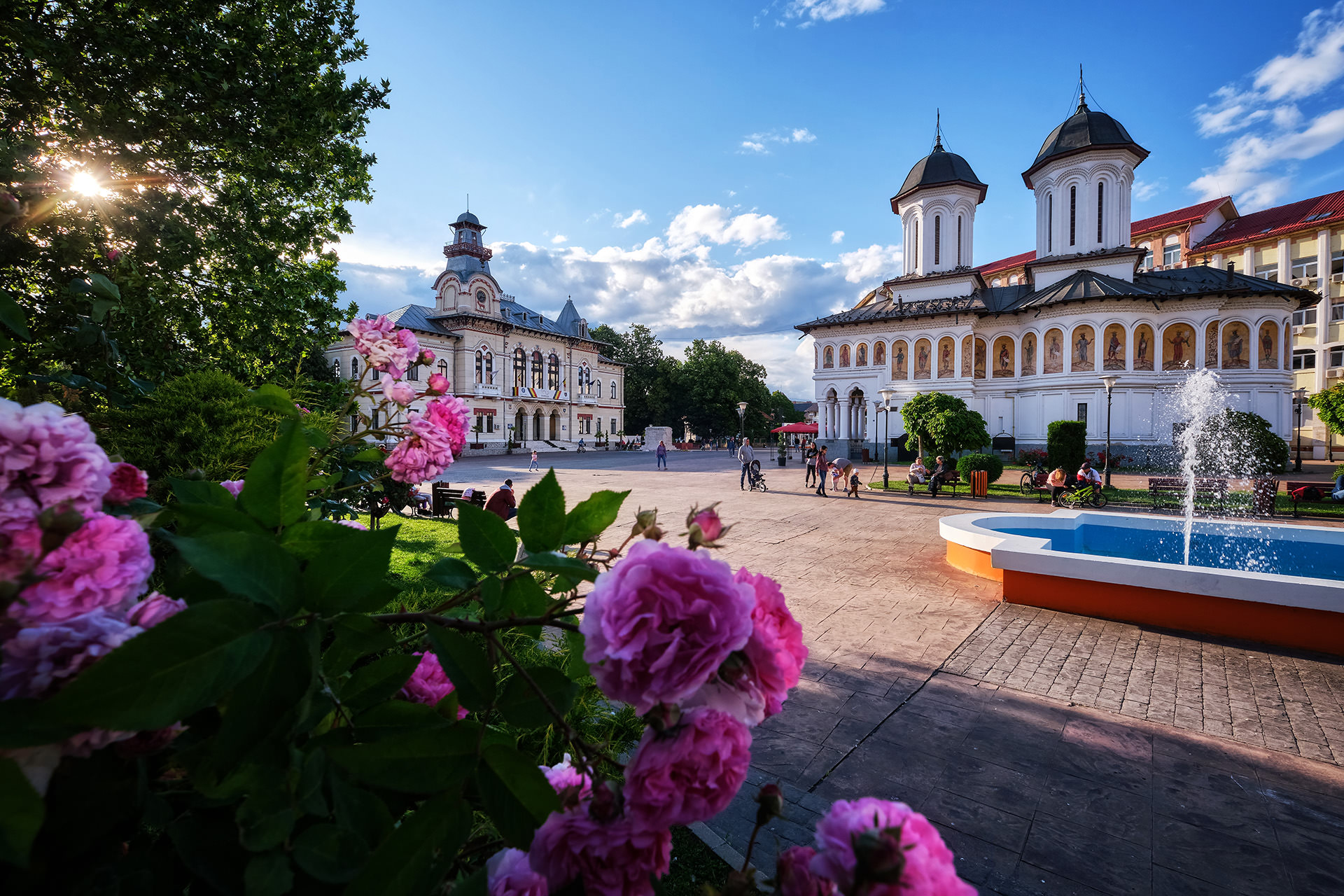
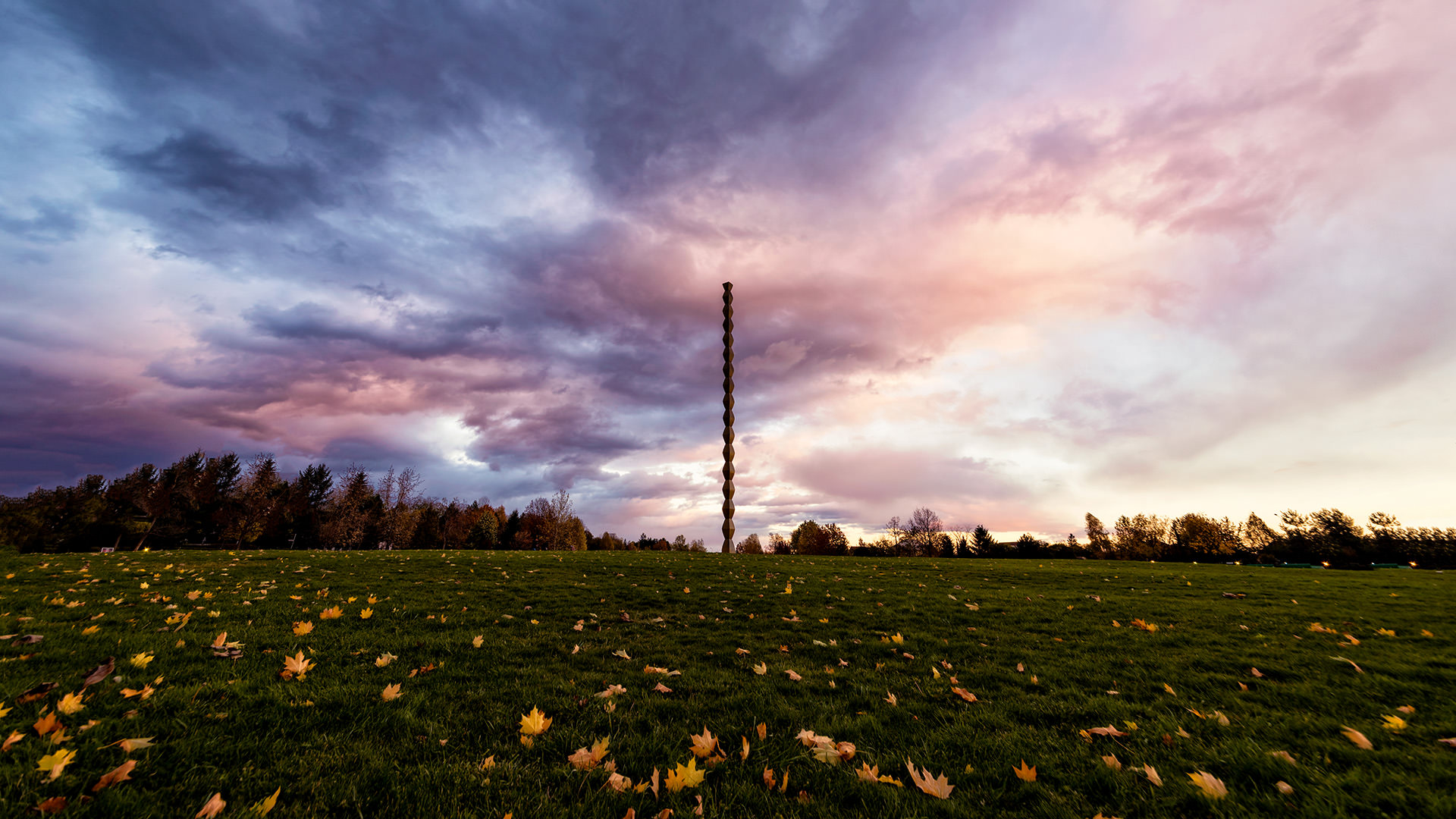
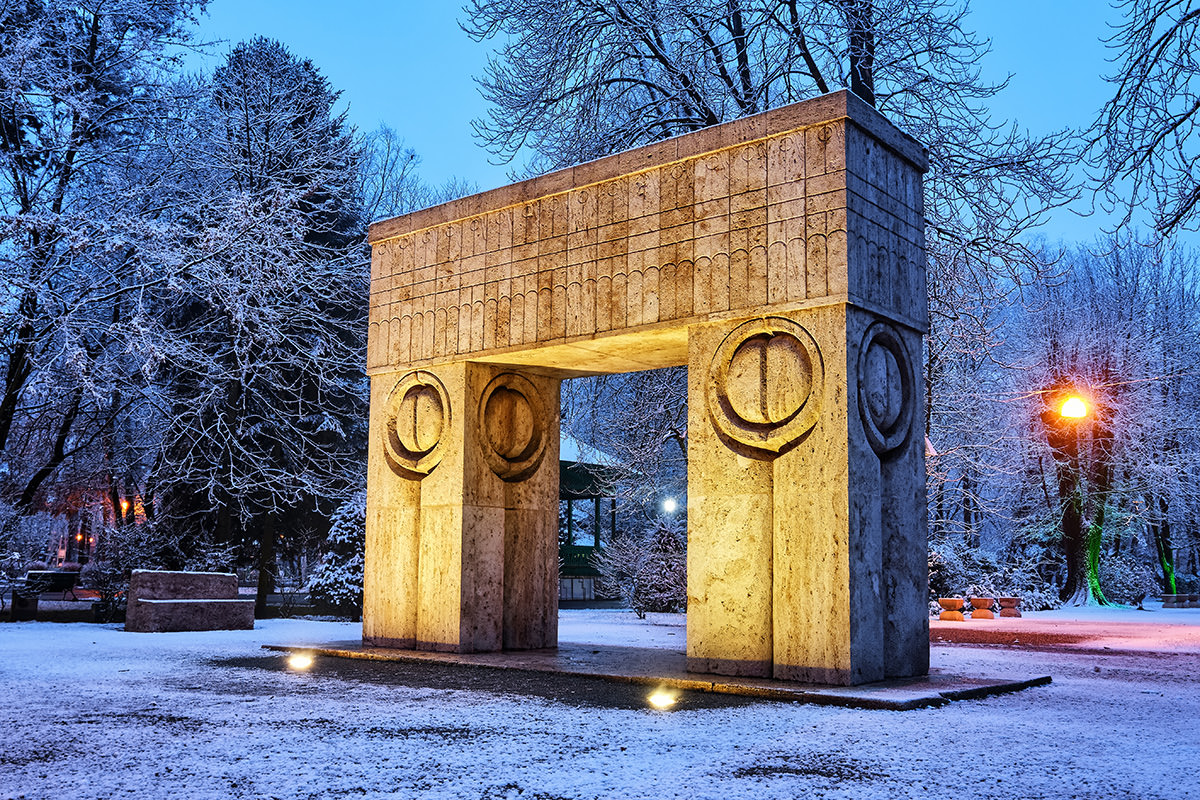
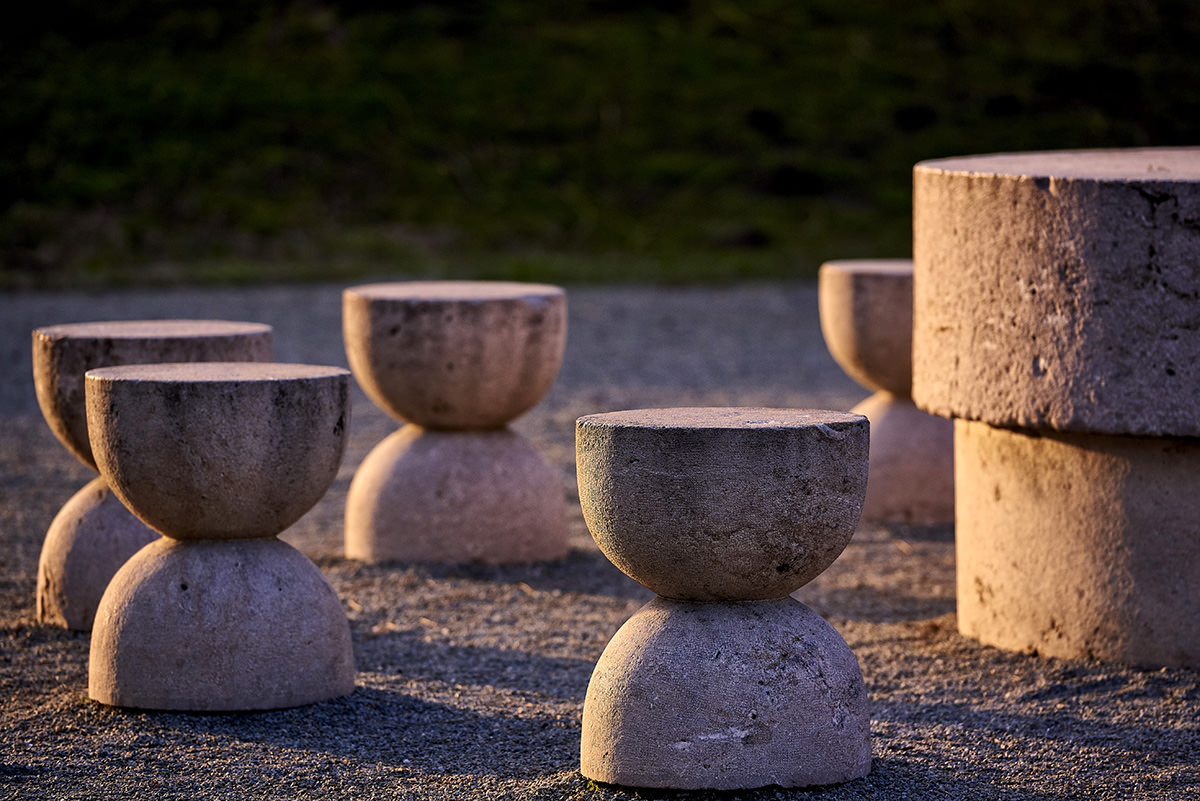

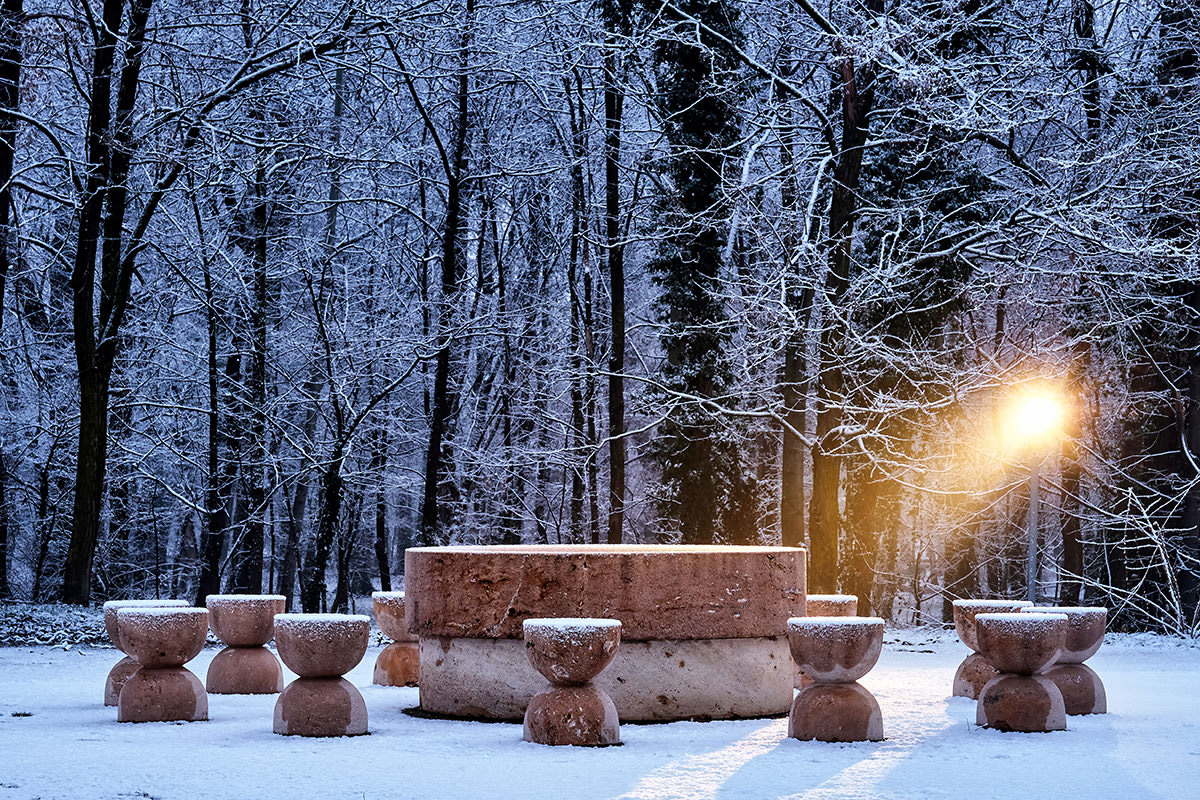

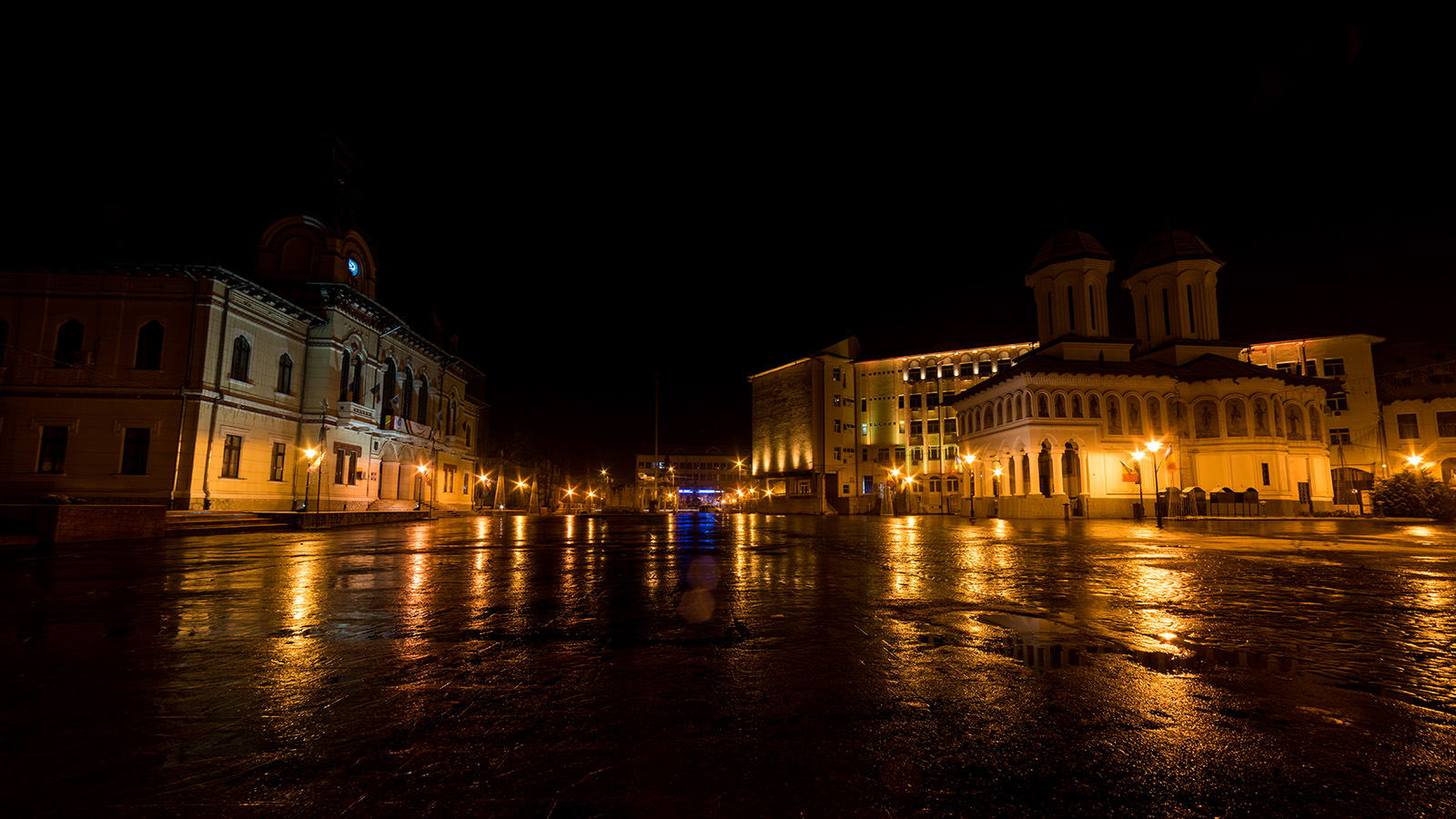
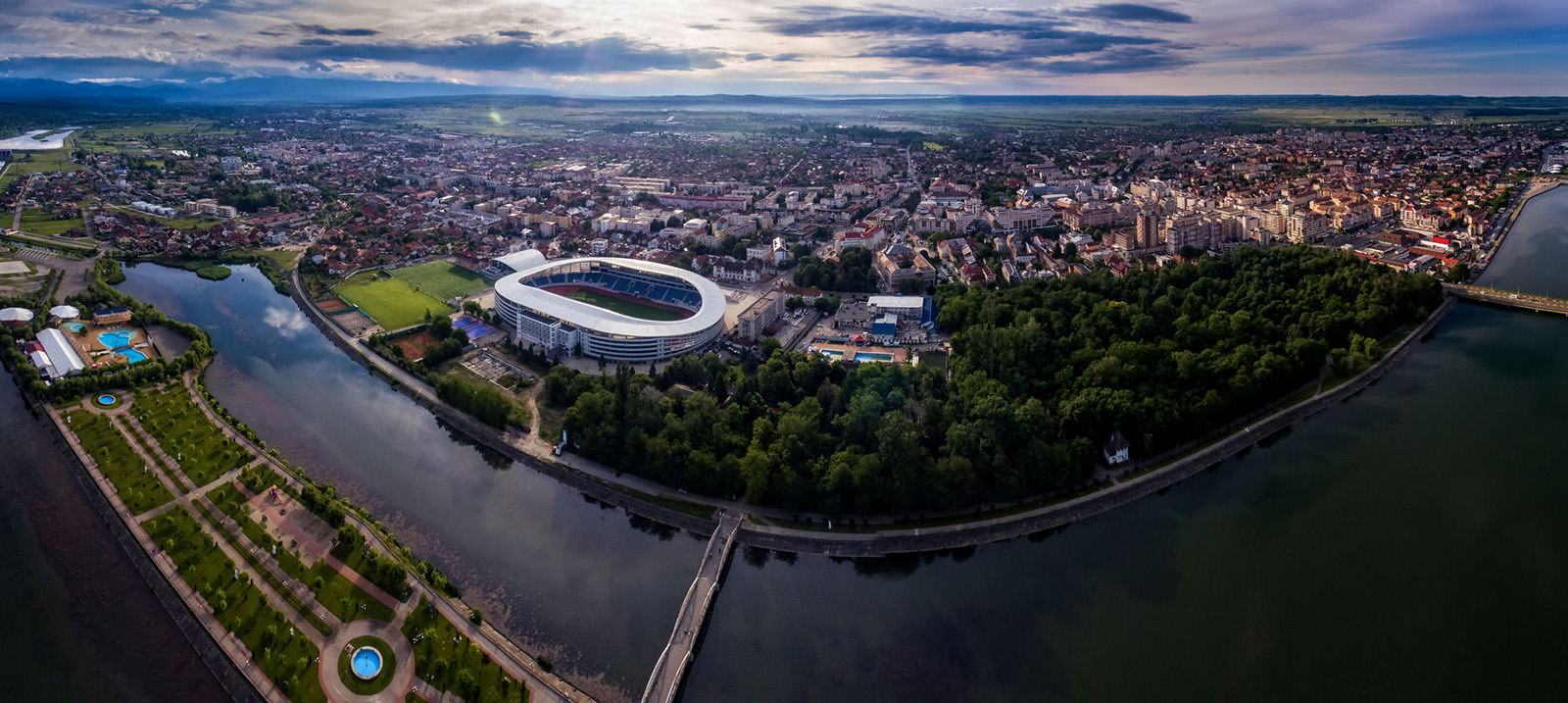

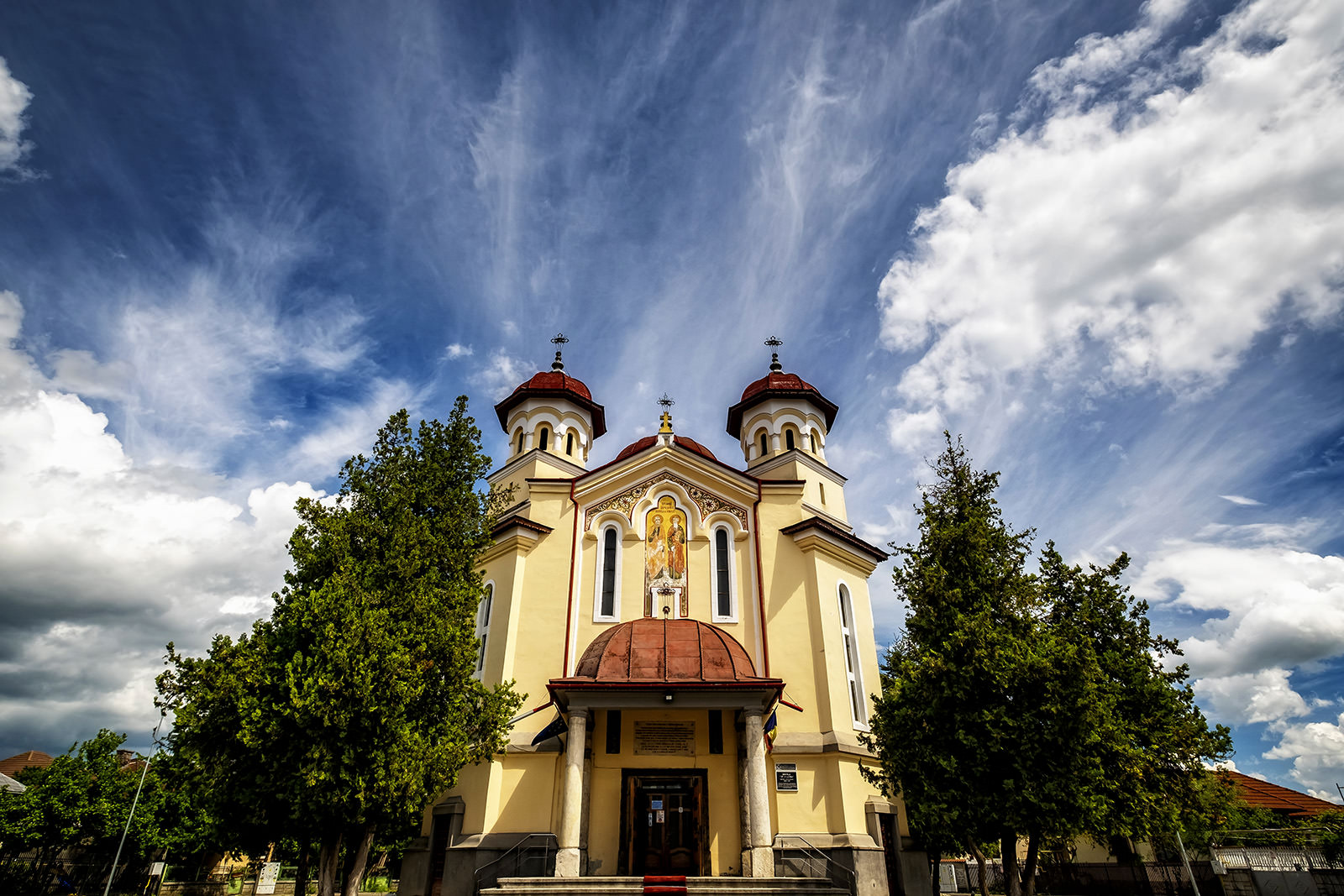
Targu Jiu
Endless Column
Gate of the Kiss
Table of Silence
Town Hall
Table of Silence
Gate of the Kiss
Targu Jiu at Night
Targu Jiu from the Sky
Saints Voivode Church
Saints Apostles Church
Parang Mountains and Transalpina Mountain Road
The majestic mountains of Parâng reveal themselves to the traveler in their entire splendor and without any secrets… Wild and massive, Parâng Mountains are truly impressive at first sight, yet people have conquered them a long time ago, carving paths and roads toward their heart. A fascinating destination in all seasons, these mountains draw visitors with the serene beauty of their alpine landscapes, the stunning glacial lakes that mirror the sky in the middle of the wilderness, the extreme diversity of their plant and animal life, as well as the ancestral sheepherding traditions that are still beautifully preserved in these lands.
There’s always something special about driving through the high roads in the mountains, and the Carpathians of Romania have plenty of fascinating journeys to offer. Boasting the highest altitude for a road in the country, the Transalpina, also known as the “King’s Road”, truly is one of the most exciting and unforgettable experiences Romania has to offer. With seemingly endless twisting bends and a rollercoaster of abrupt ascents and descents, this stunning road over the mountains unravels scenic landscapes and epic emotions. It evokes the raw thrill of exploration and discovery, by crossing ridges and valleys, while sometimes touching the clouds.
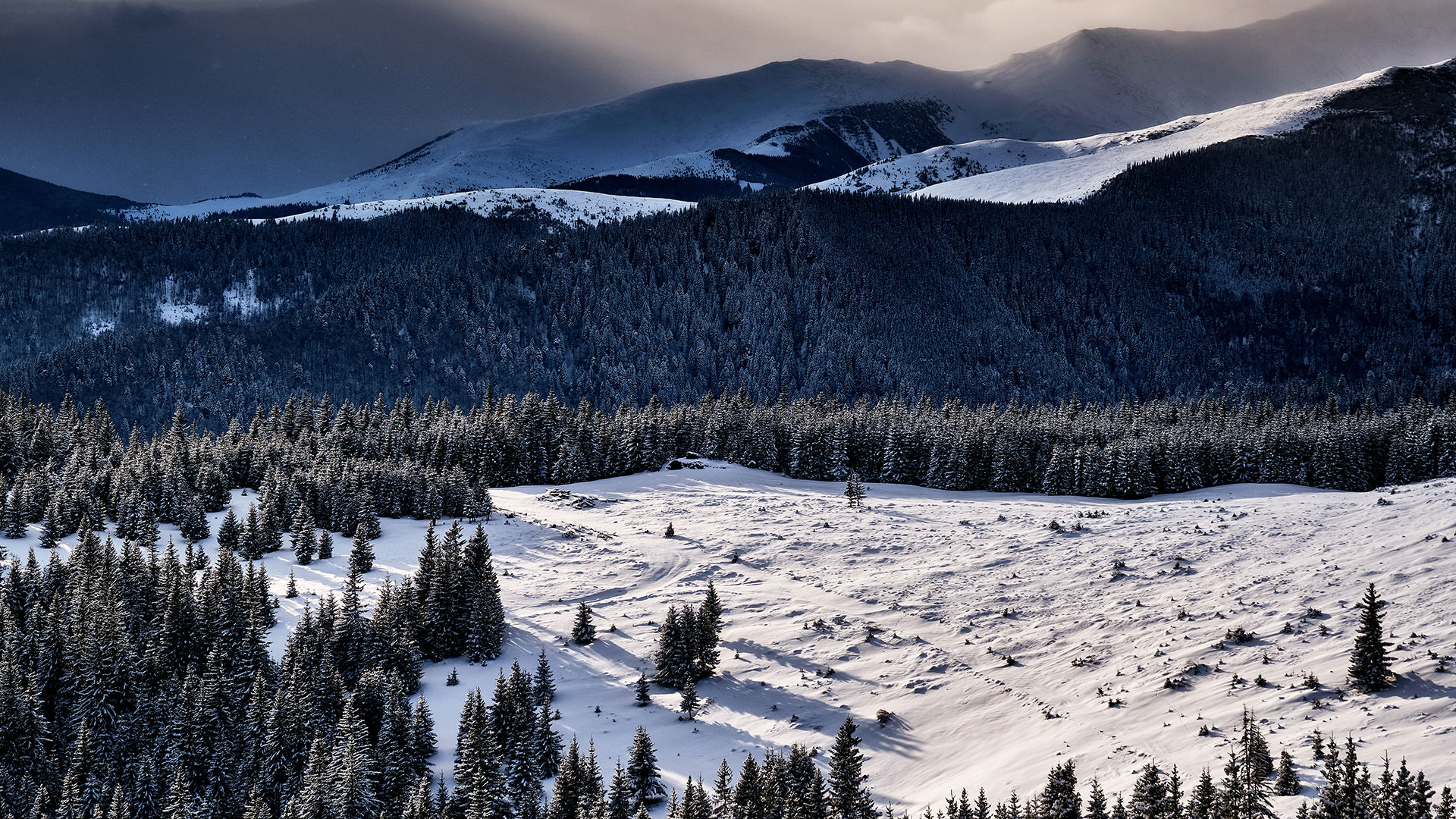

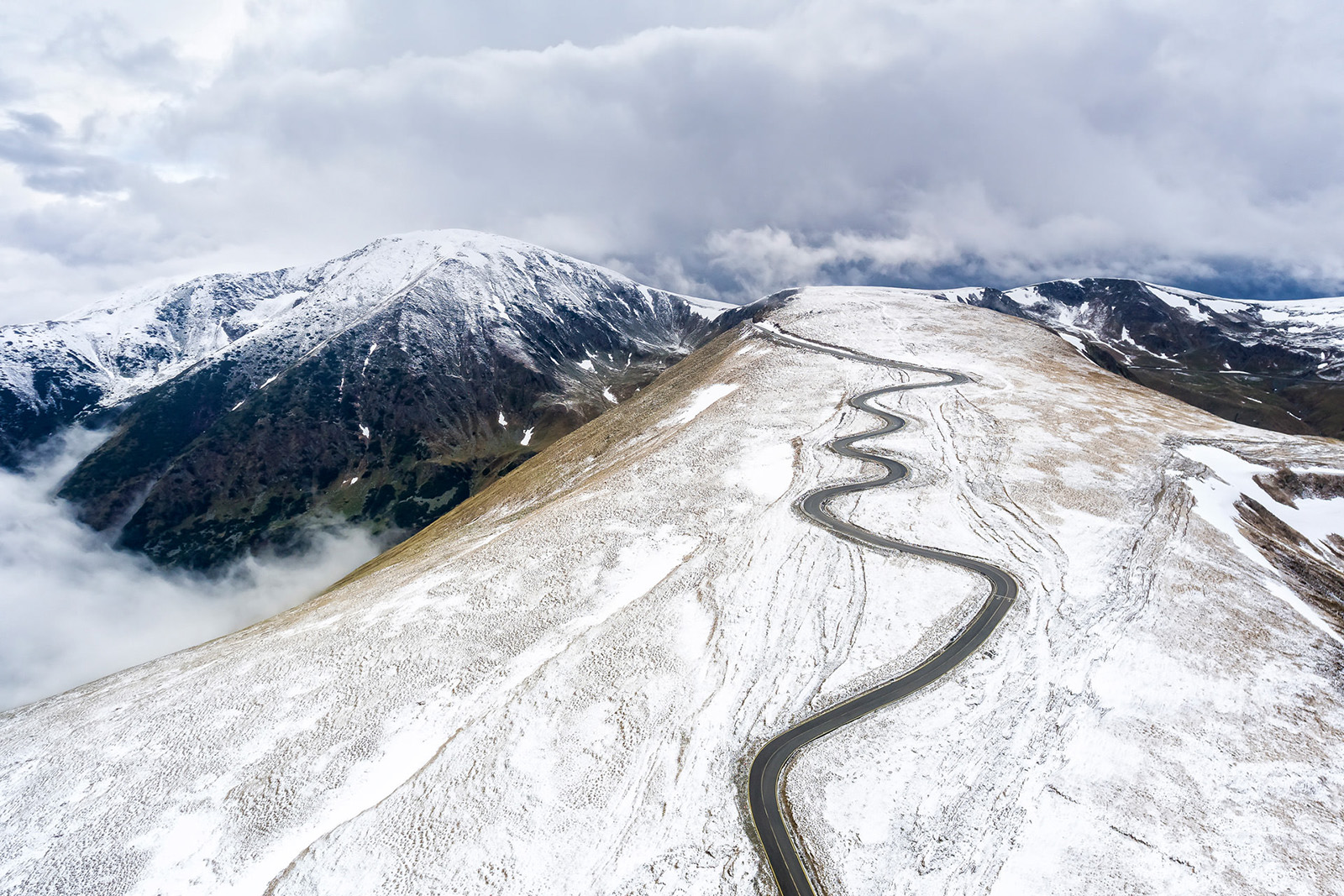
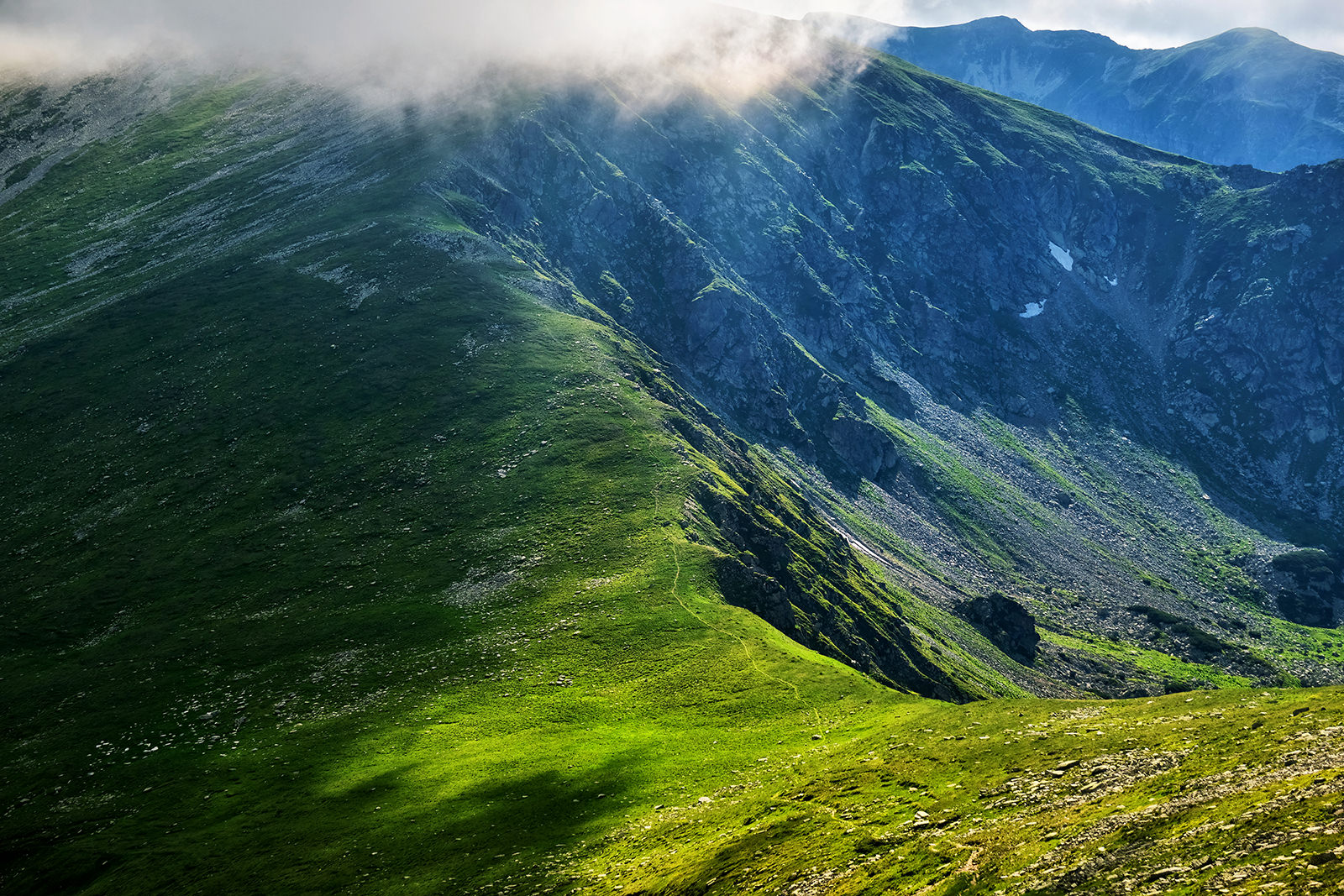
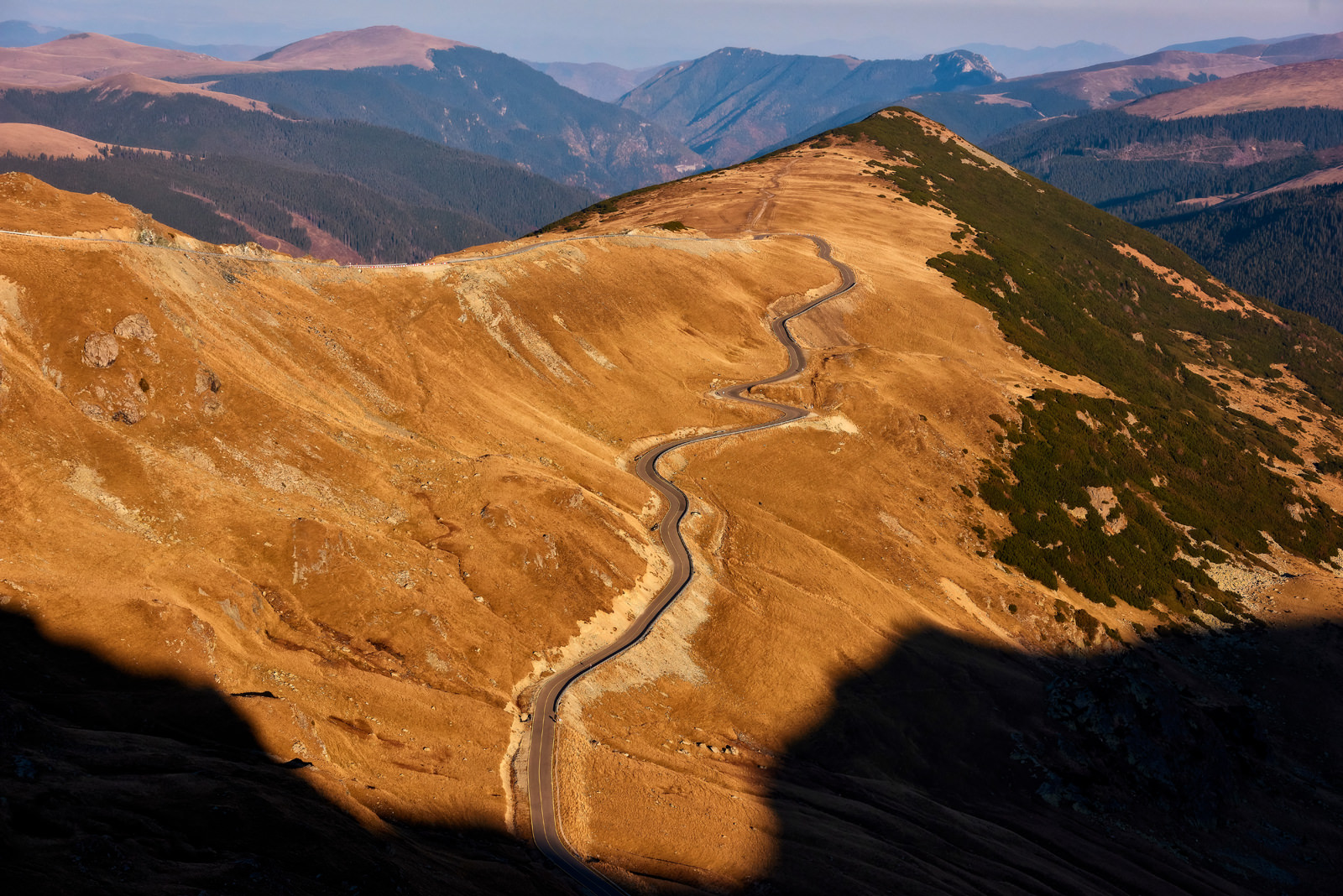
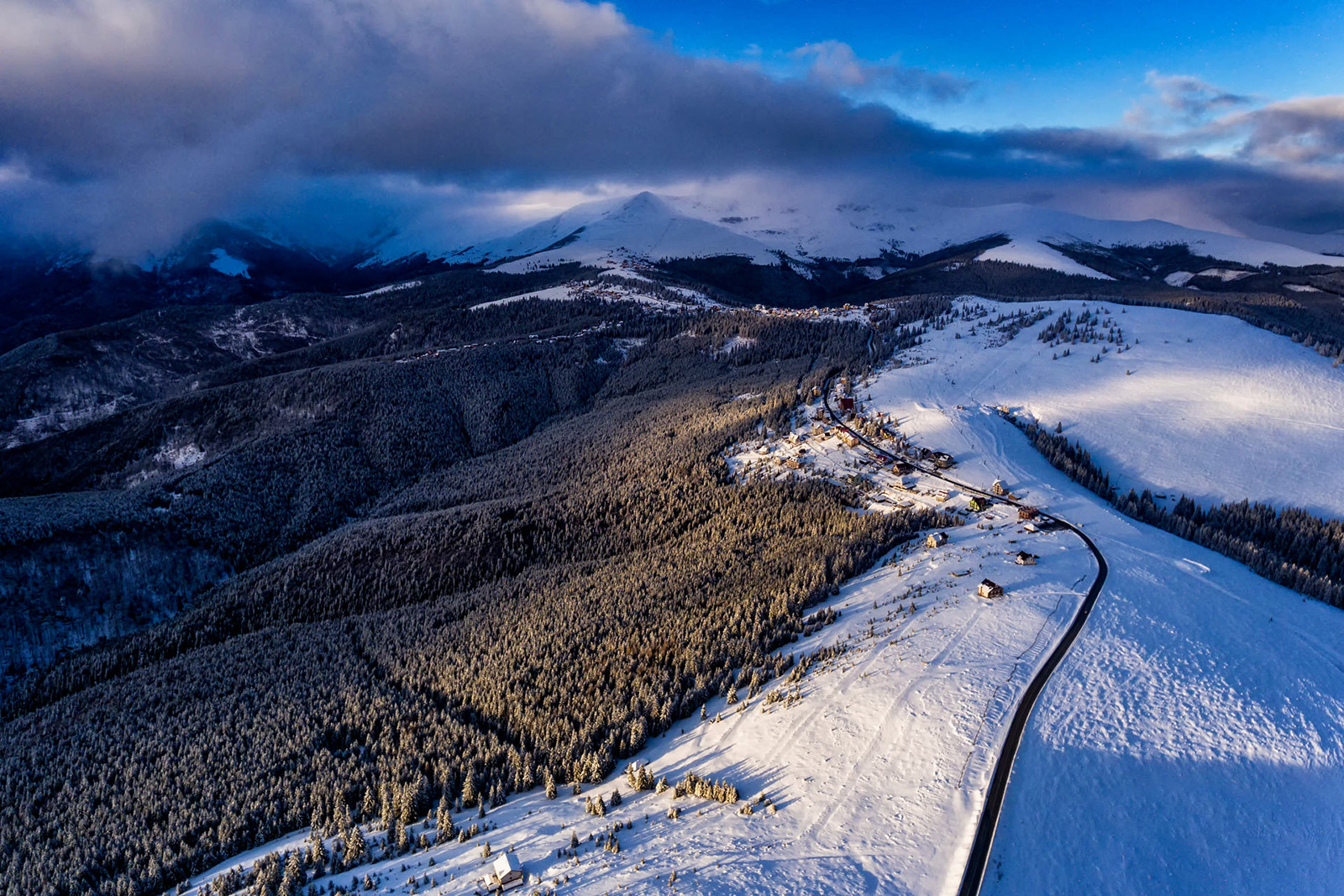
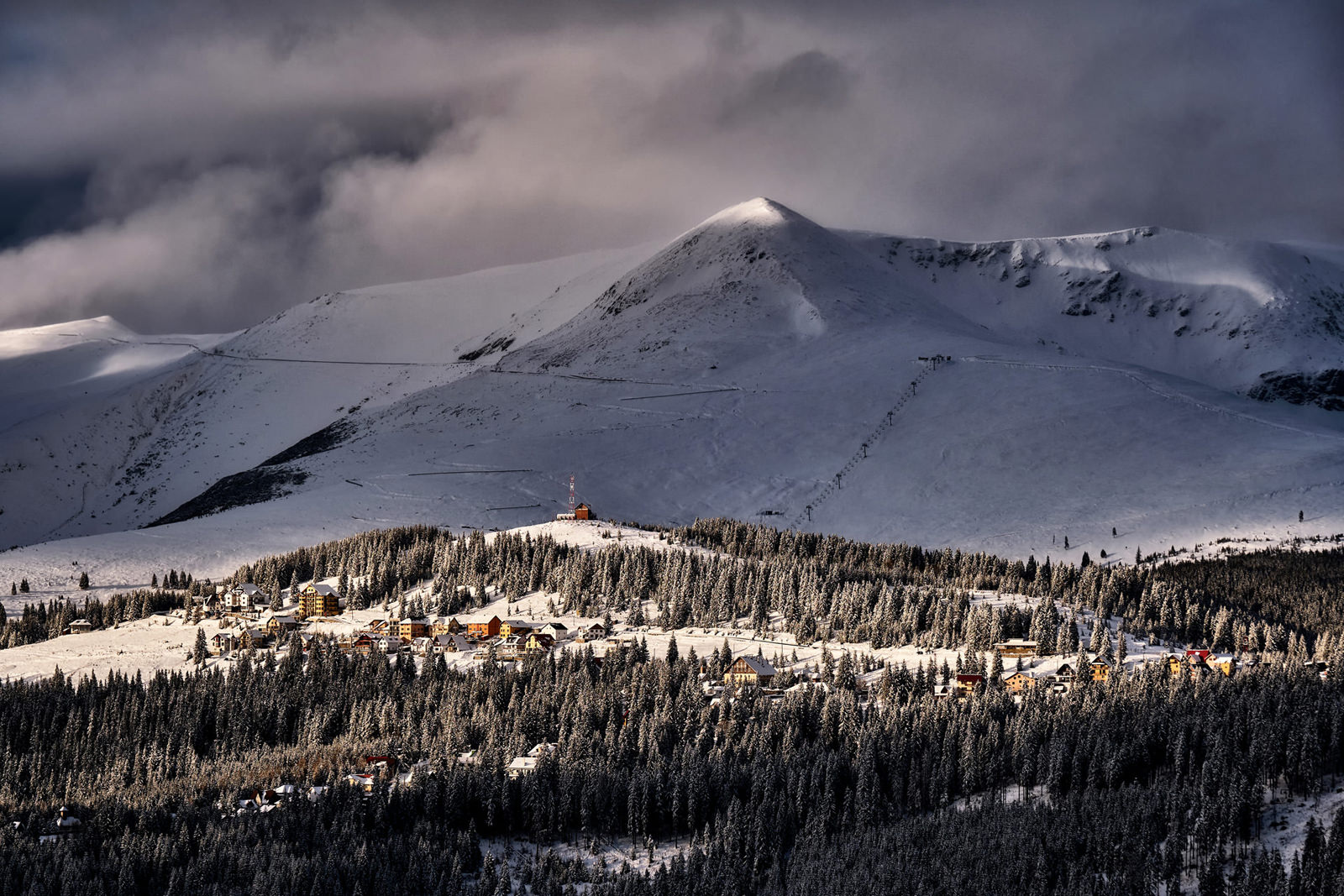
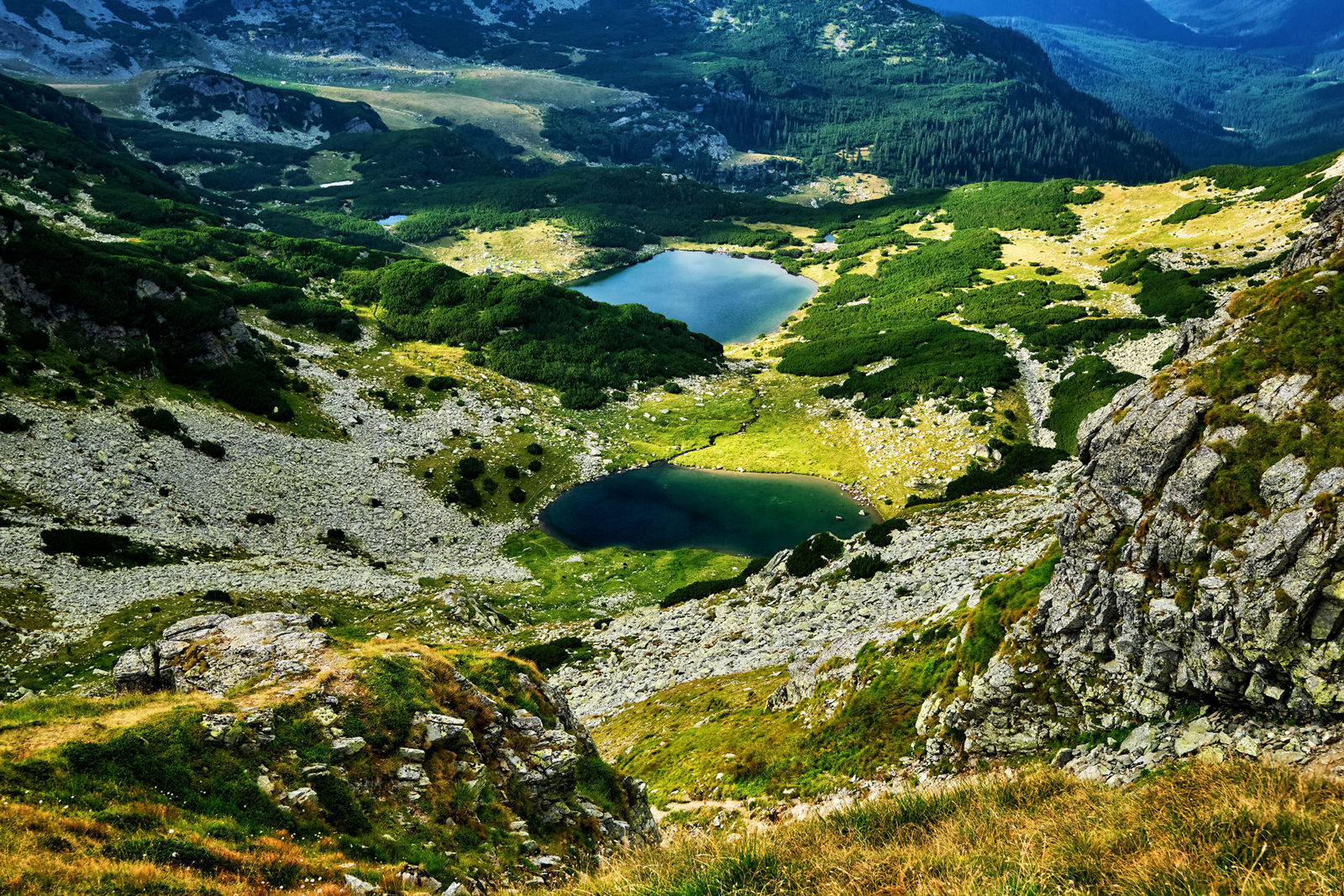
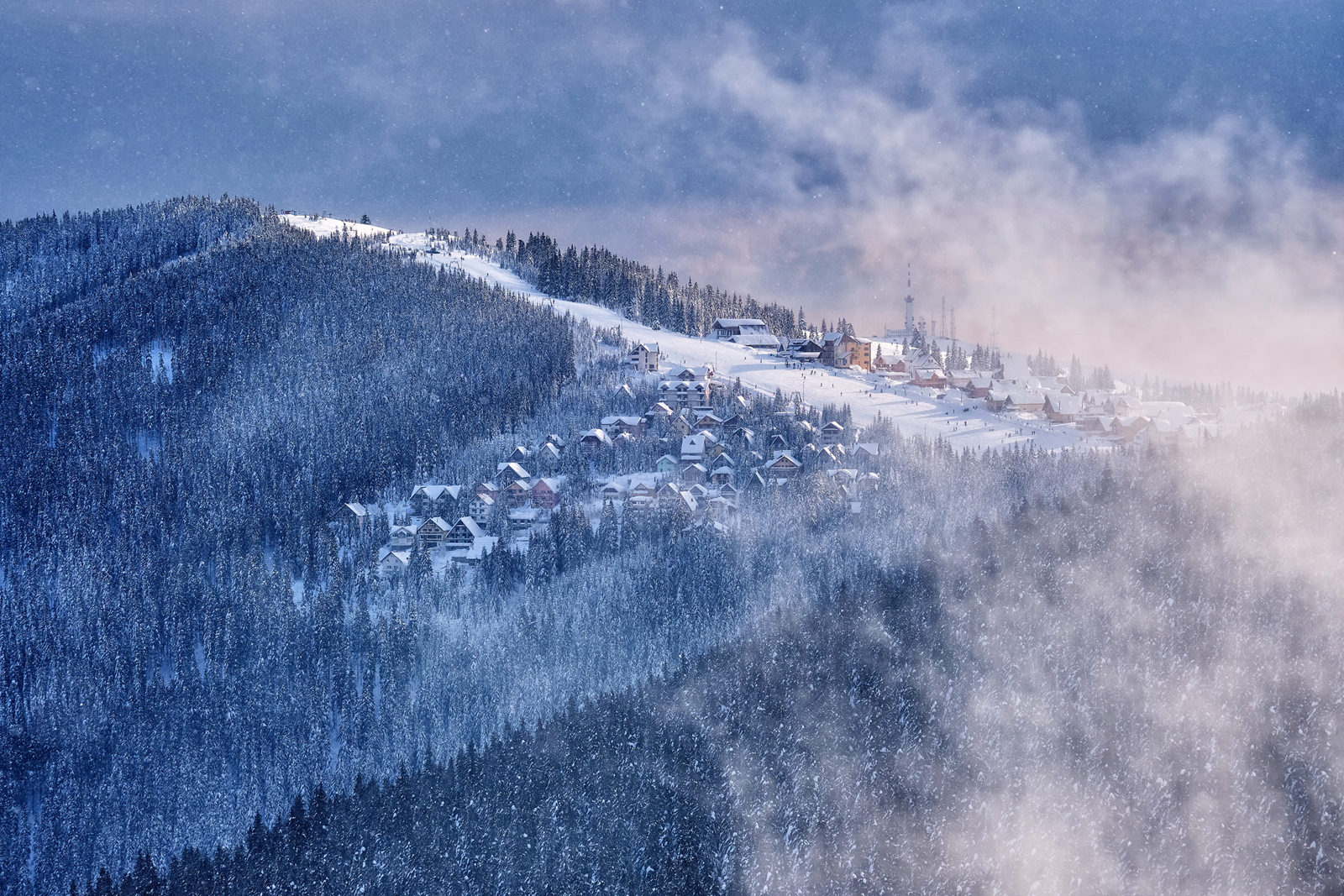
Winter in Parang
Parang Mountains
Transalpina and Parang
Parang Ridge Trail
Transalpina Road
Parang and Transalpina
Ranca Ski Resort
Glacial Lakes of Parang
Ranca Ski Resort
Domogled - Cerna Valley National Park
One of the most remote and wild areas of Gorj County can be found in the northwestern part, included in the Domogled – Cerna Valley National Park. Composed of territories from three counties and several mountain groups, this fascinating place features exceptionally beautiful and spectacular landscapes, as well as a rich biodiversity. A magical and untouched natural destination, the national park can be explored along the valley of the Cerna River, with many hiking paths that reveal hidden treasures. There is an endless variety of fascinating landscapes, with deep valleys and alpine meadows, small creeks and high peaks.
In Gorj County, the national parck includes the superior valley of Cerna, enclosed by the ridges of the Godeanu and Mehedinți Mountains. Some of the most enticing and astonishing sights can be found in this remote area, like the solitary limestone ridge of Piatra Cloșani, with the splendid lake of Valea lui Iovan at its peak, the idyllic valley of Motru Sec, the spectacular Corcoaia Gorge or the beautiful spring of Izbucul Cernei, to name only the best known. There are also many hiking trails that set off to uncover the hidden beauty of the park, with its iconic black pines and the millions of colorful butterflies.
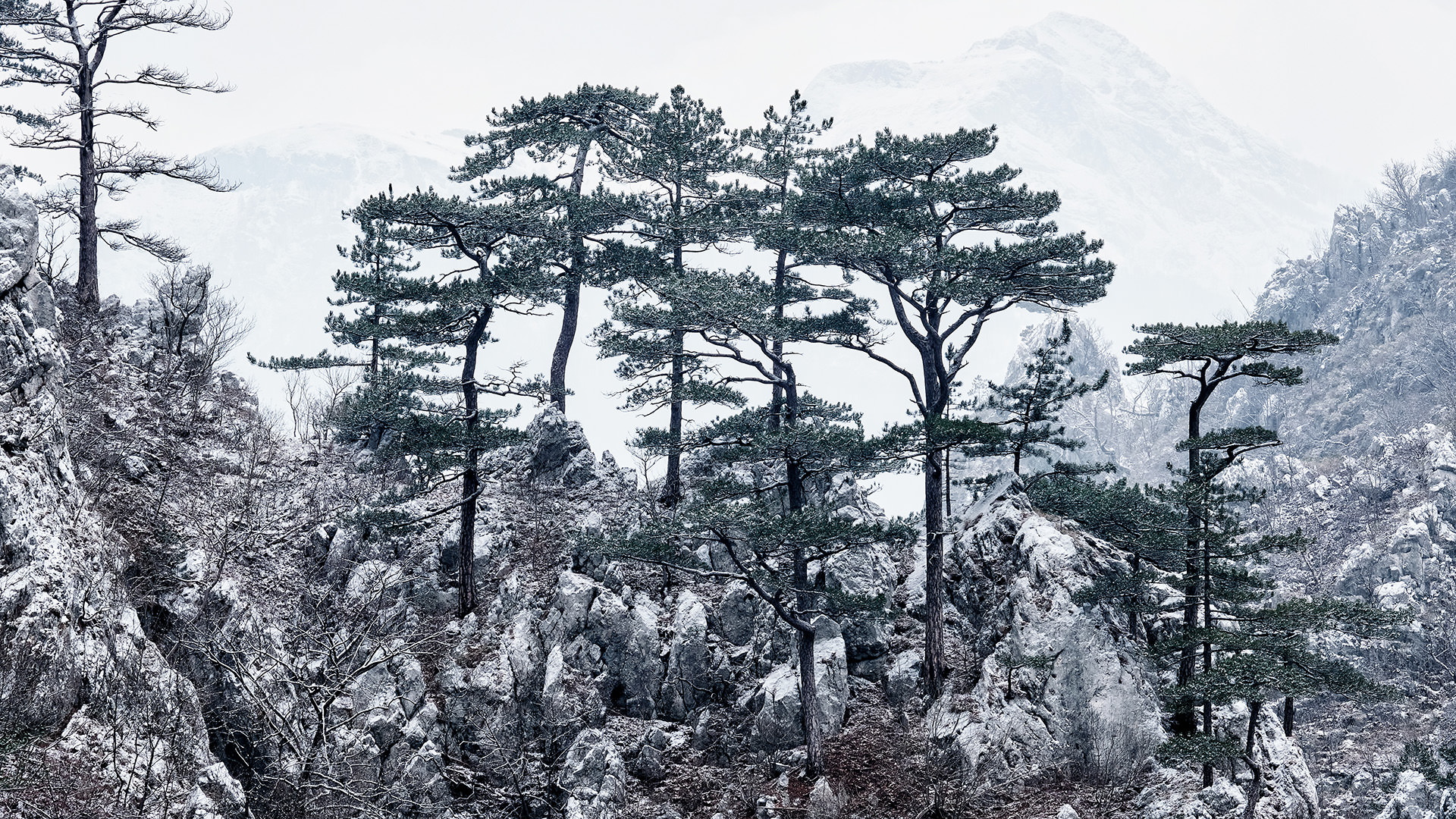
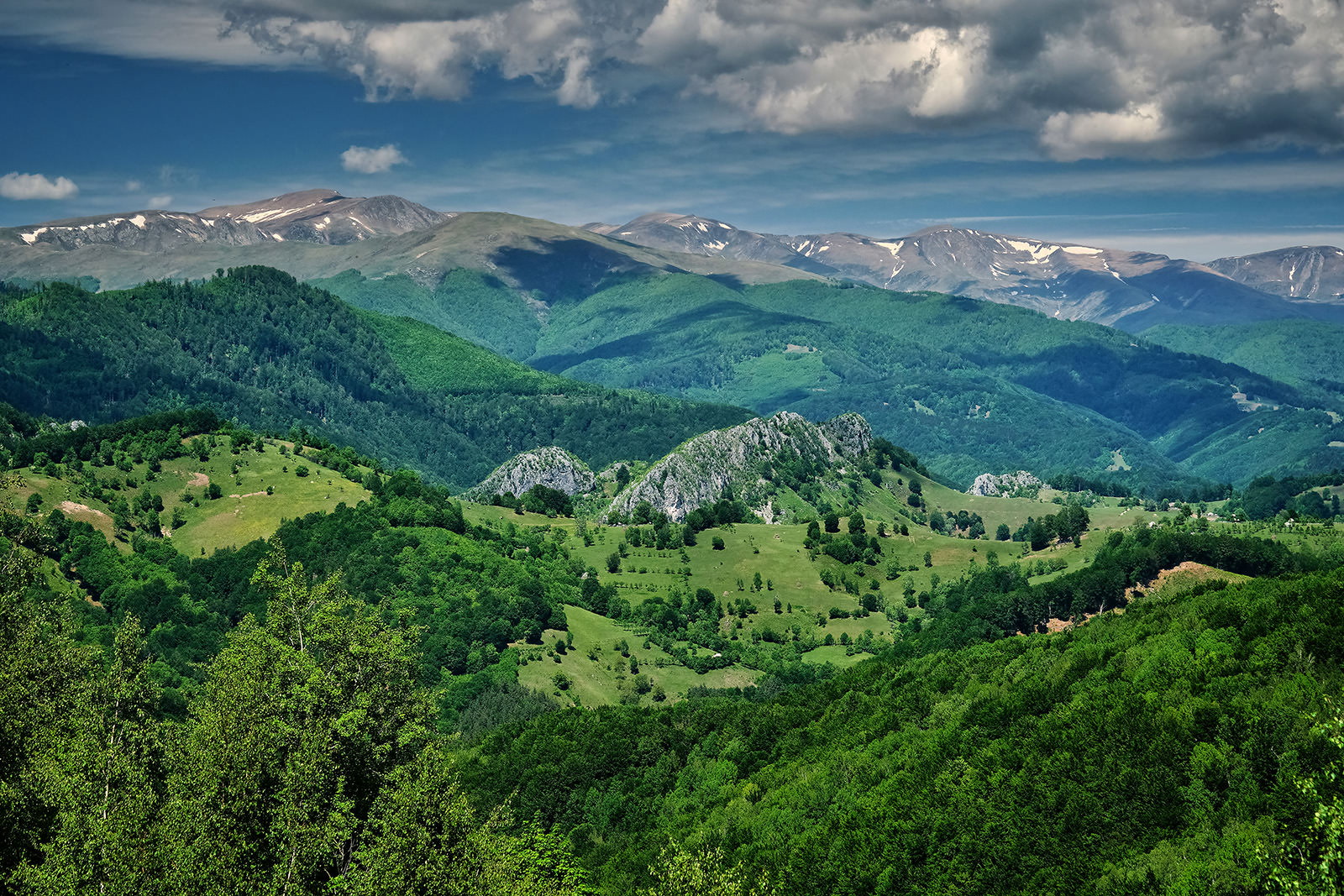
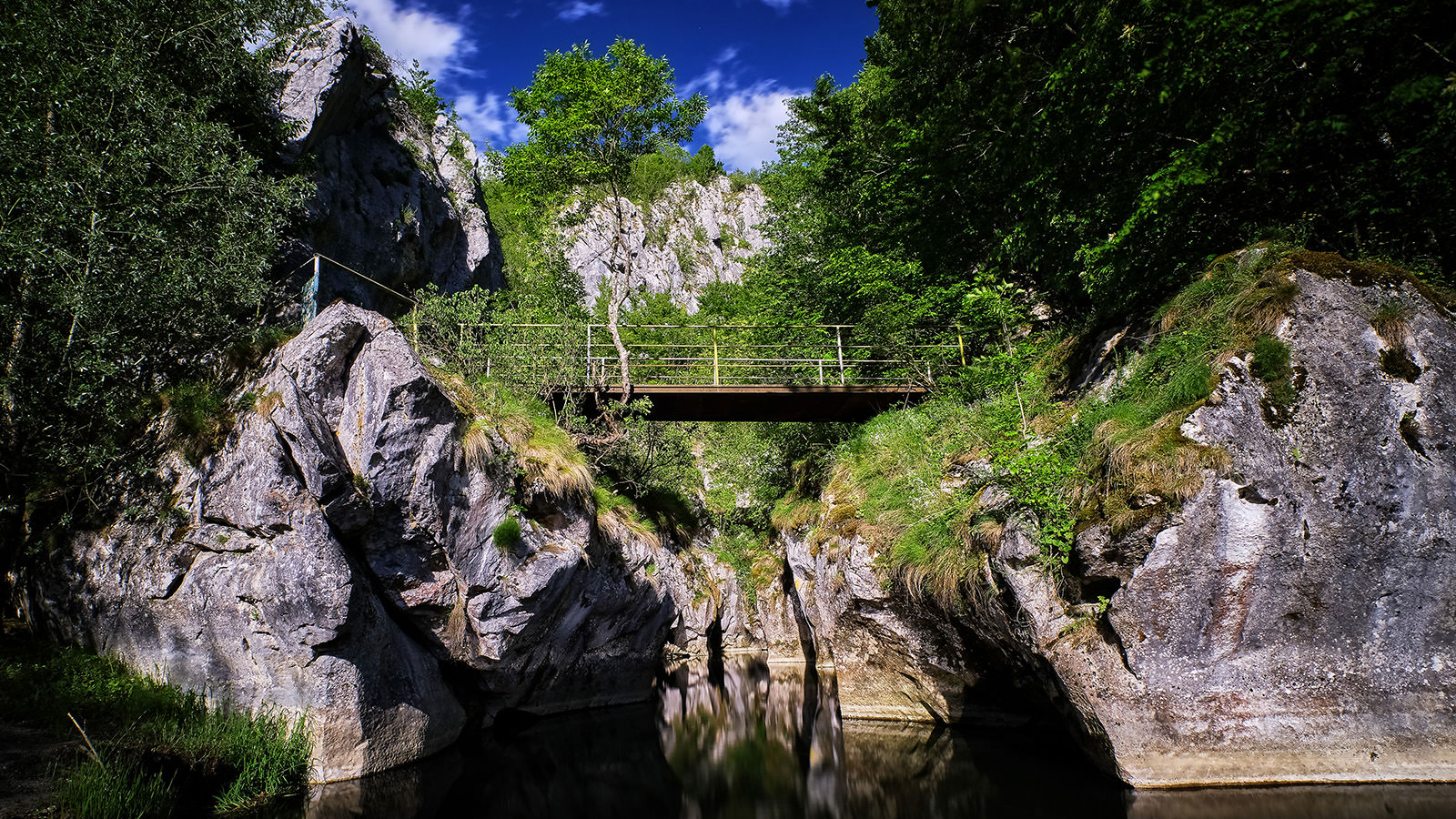
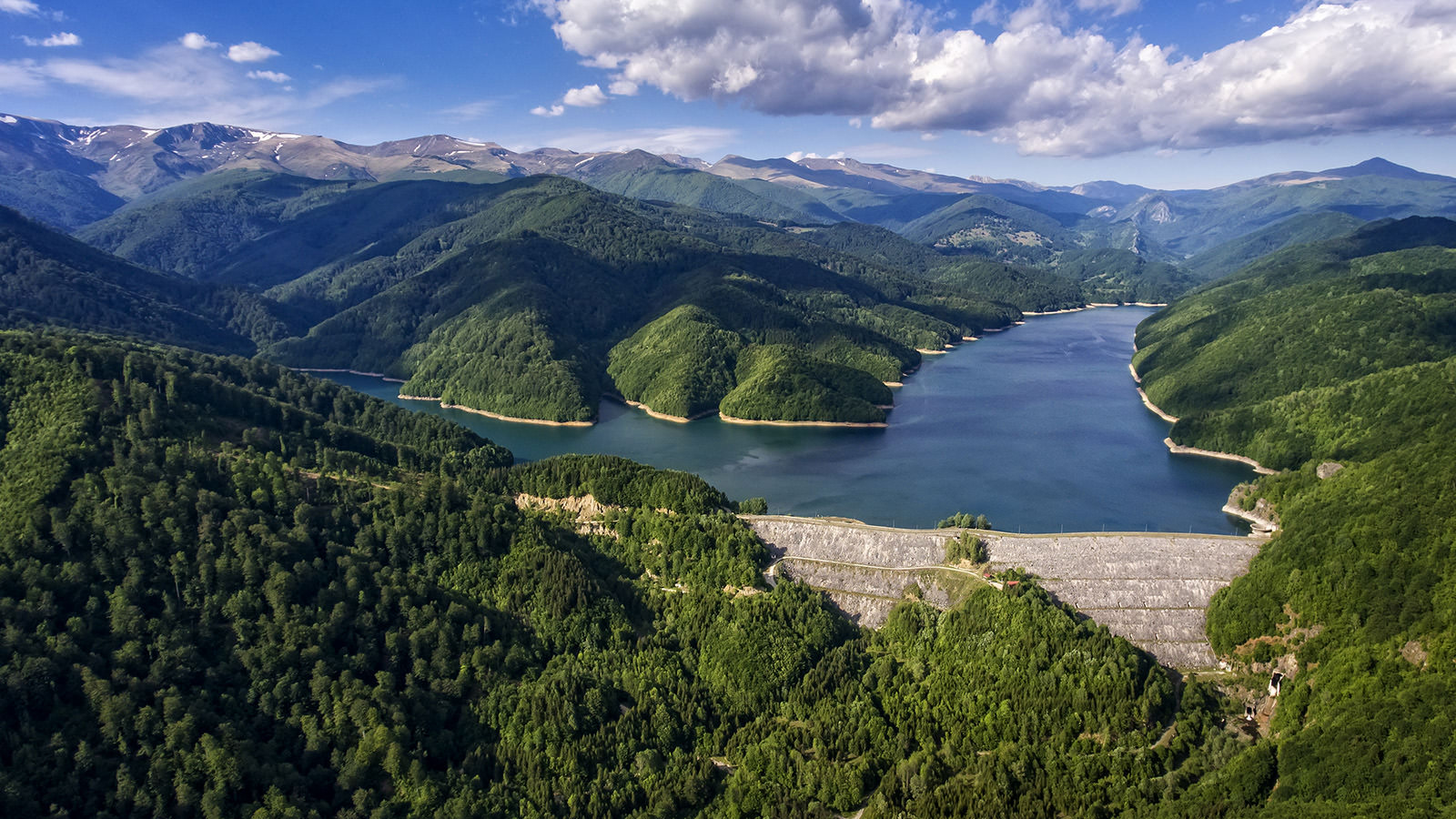
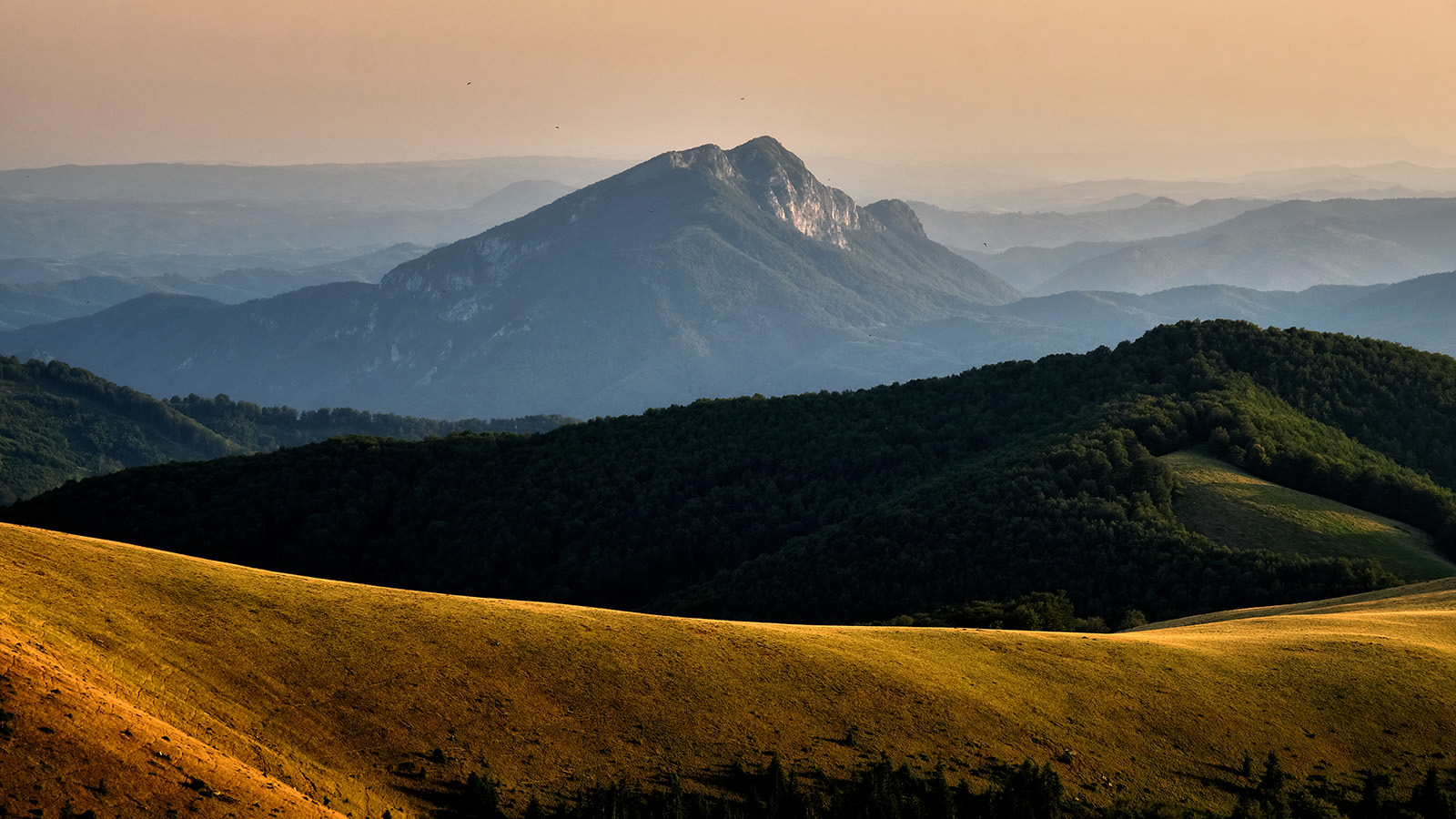
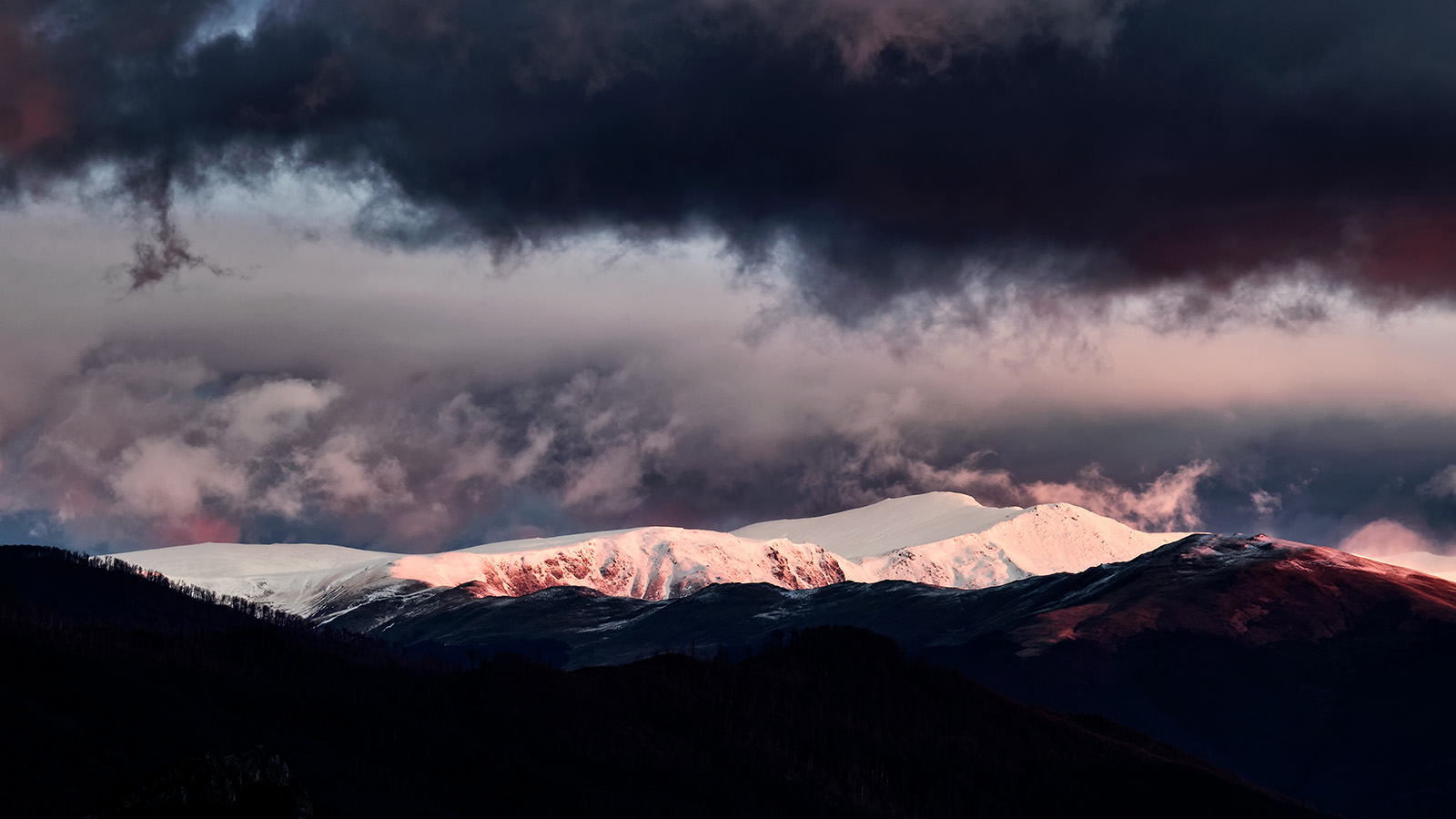
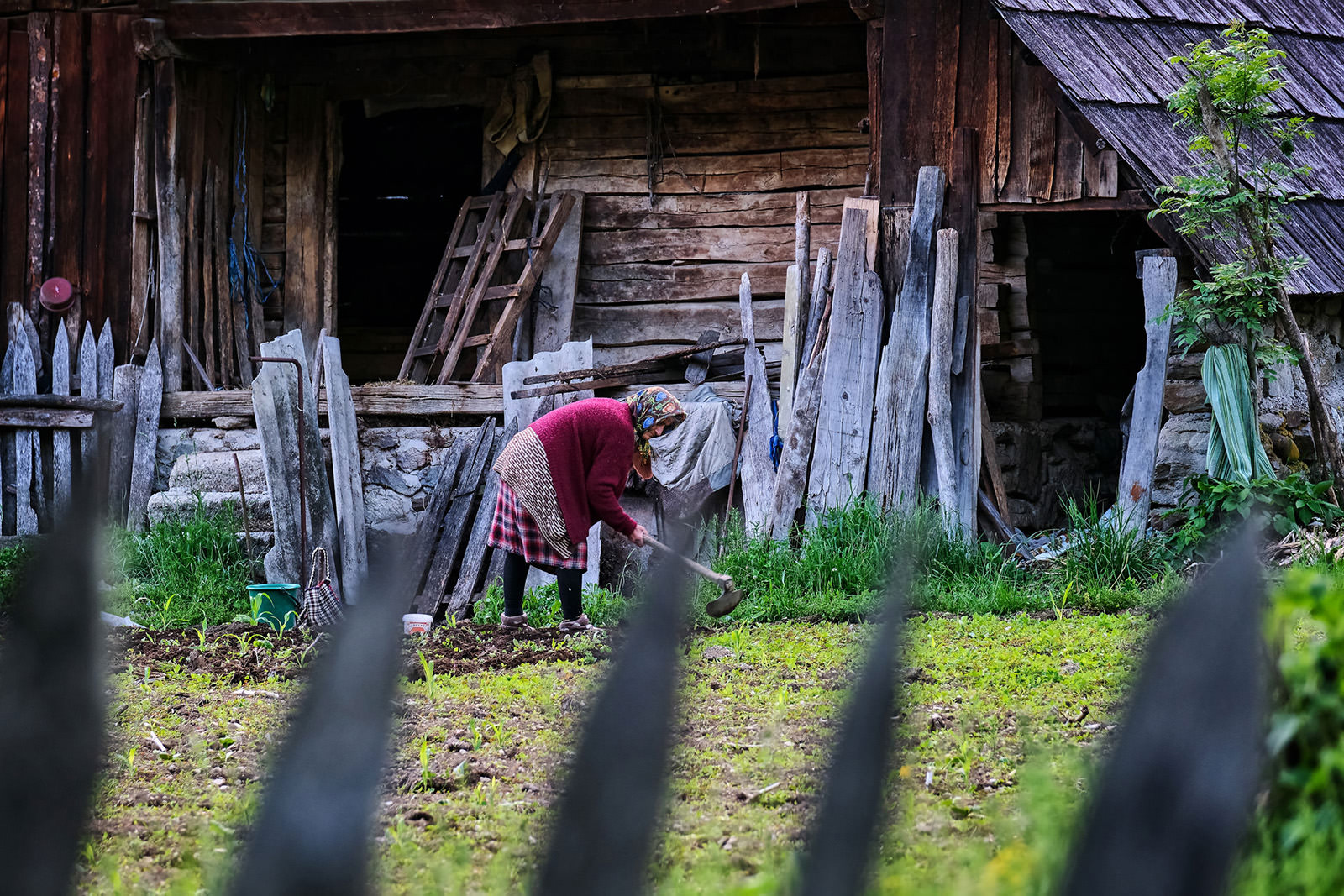
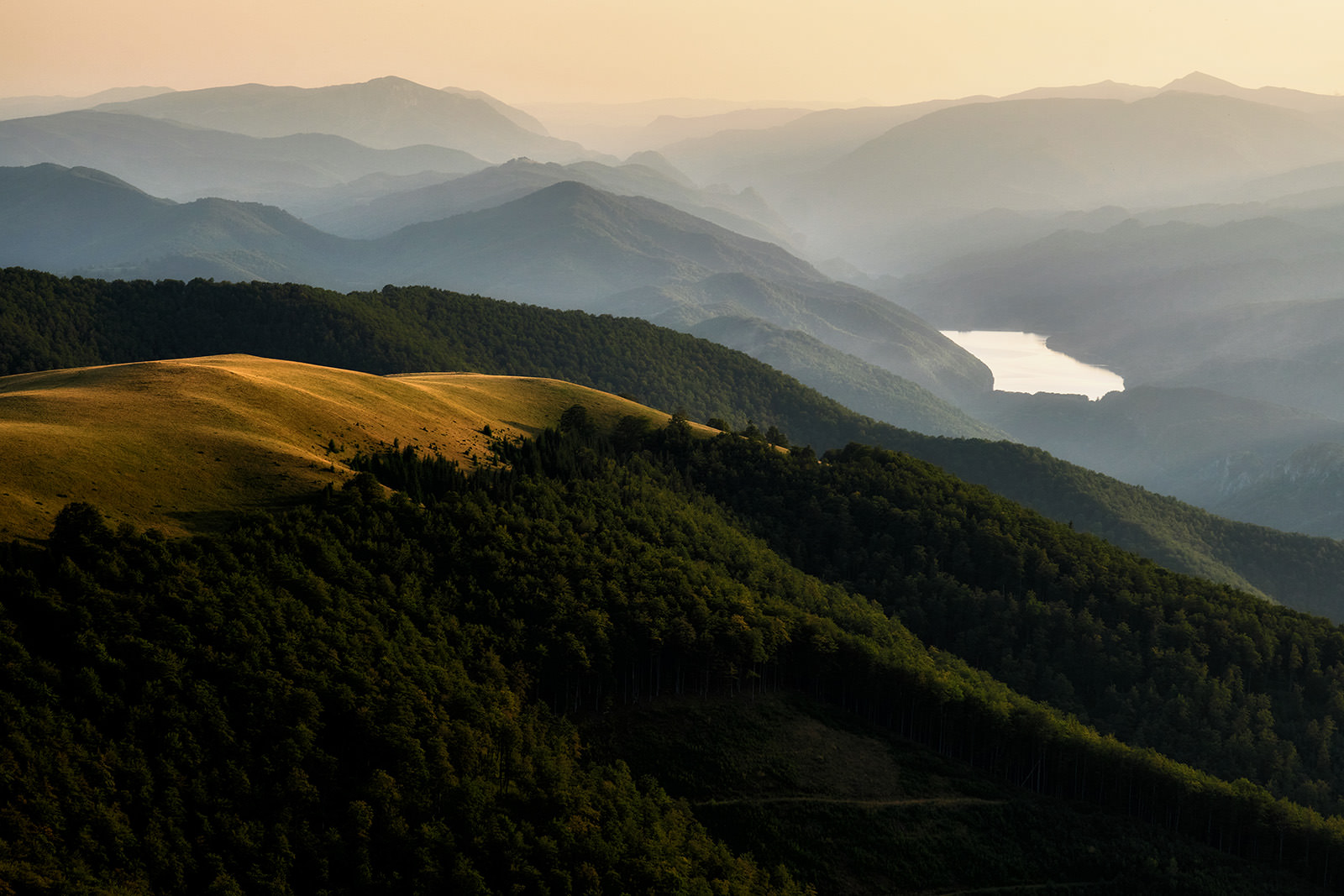
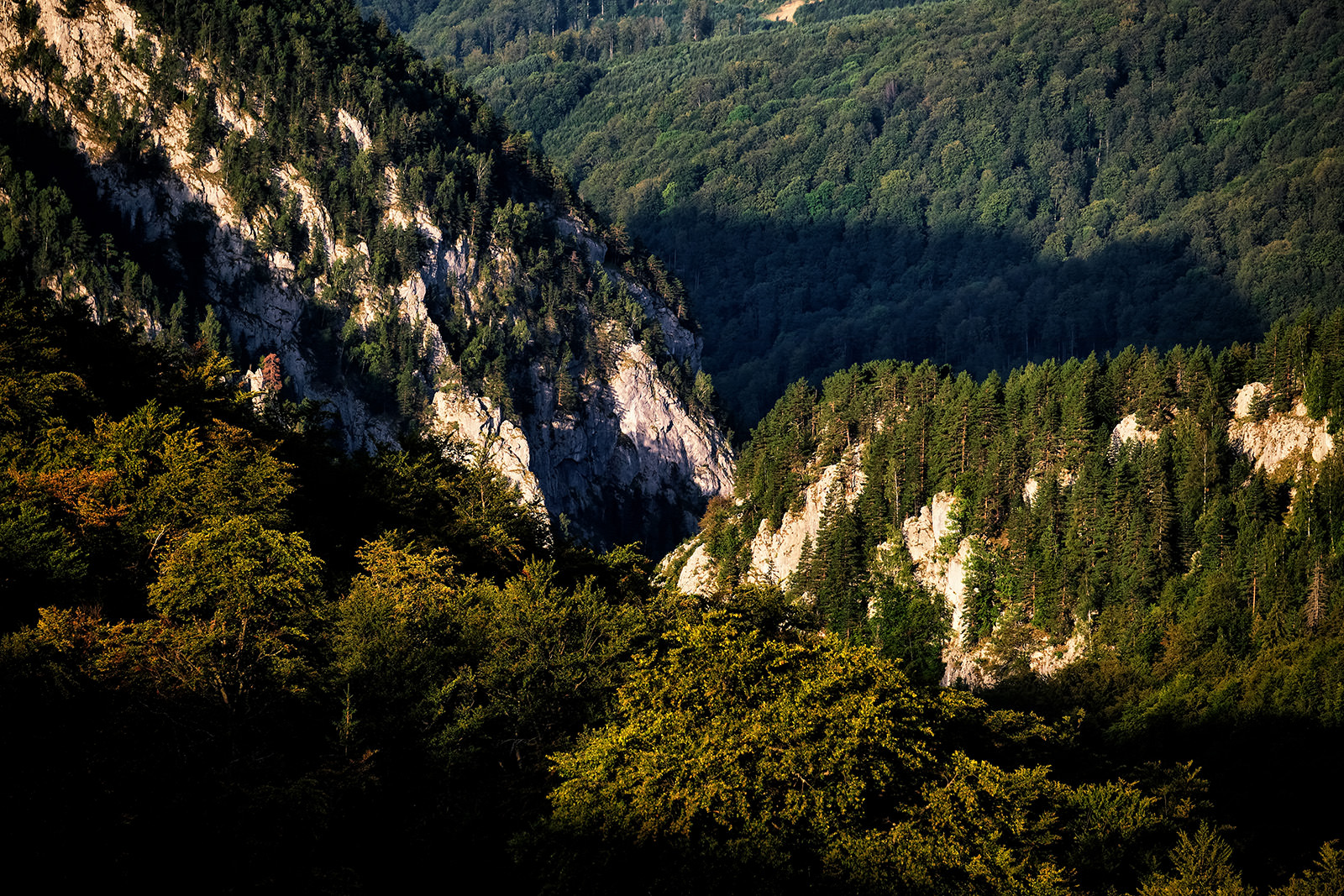
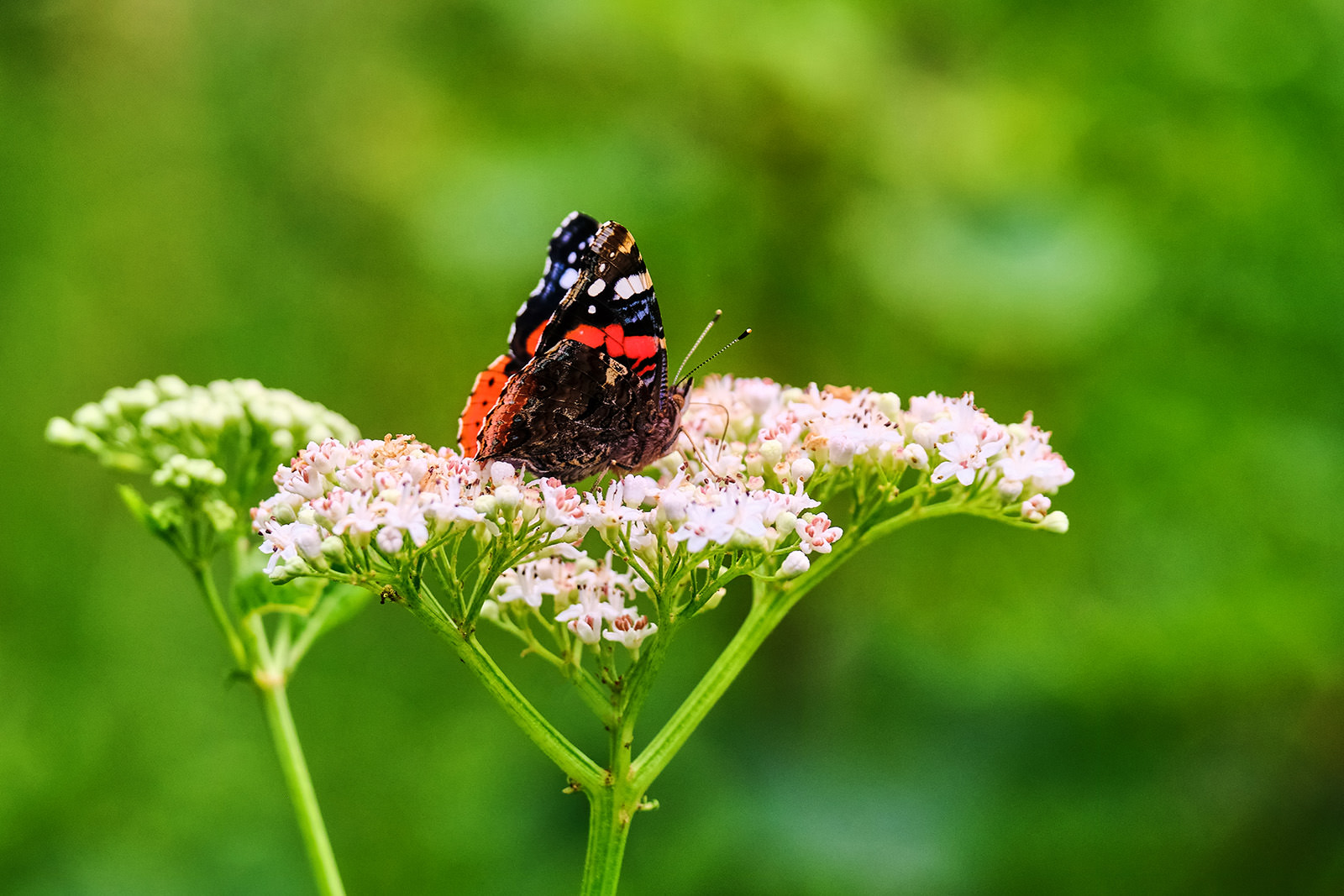
Black Pines of Banat
Mehedinti and Godeanu Mountains
Corcoaia Gorges
Valea lui Iovan Lake
Piatra Closani Ridge
Godeanu Mountains
Cerna Sat Village
Cerna Valley
Cernisoara Gorges
Butterflies of Cerna Valley
Oltet and Galbenu Valleys with the Polovragi and Muierii Caves
One of the most exciting and charming trips in the county of Gorj can be experienced along the idyllic valleys of Olteț and Galbenu rivers, north of the Polovragi and Baia de Fier villages. The valley of Oltet is home to unbelievable treasures, uniquely beautiful landscapes that remain imprinted into your soul. The Oltet River usually flows peacefully, following an open valley for the most part, except a small region before it exits the mountains. That is where the Oltet Gorges appear, a unique and wild place with the river cutting a path through the mountains along millions of years. The narrowest canyon in Europe is somewhat claustrophobic at times, with the rocks closing in over the river and the road, transforming the trip into an adventure. Along the gorges, there are also small waterfalls, underground flooded tunnels and cave entrances, the most important being the Polovragi Cave.
Along the gorges, there are also small waterfalls, underground flooded tunnels and cave entrances, the most important being the Polovragi Cave. The Polovragi Cave offers its visitors a mesmerizing journey into the depths of Earth, but also into its fascinating myths and legends. It is believed that the cave was once the home of Zamolxis, the supreme god of the Dacians. For thousands of years, the small river of Galbenu has pierced through the limestone rocks of the mountains, creating a small area with spectacular landscapes and sights. The magical Muierii Cave is located just north of the Baia de Fier Village, inside an imposing ridge on the right side of the river. It is one of the most important caves in the country and was the first one to be electrified between 1963 and 1978.
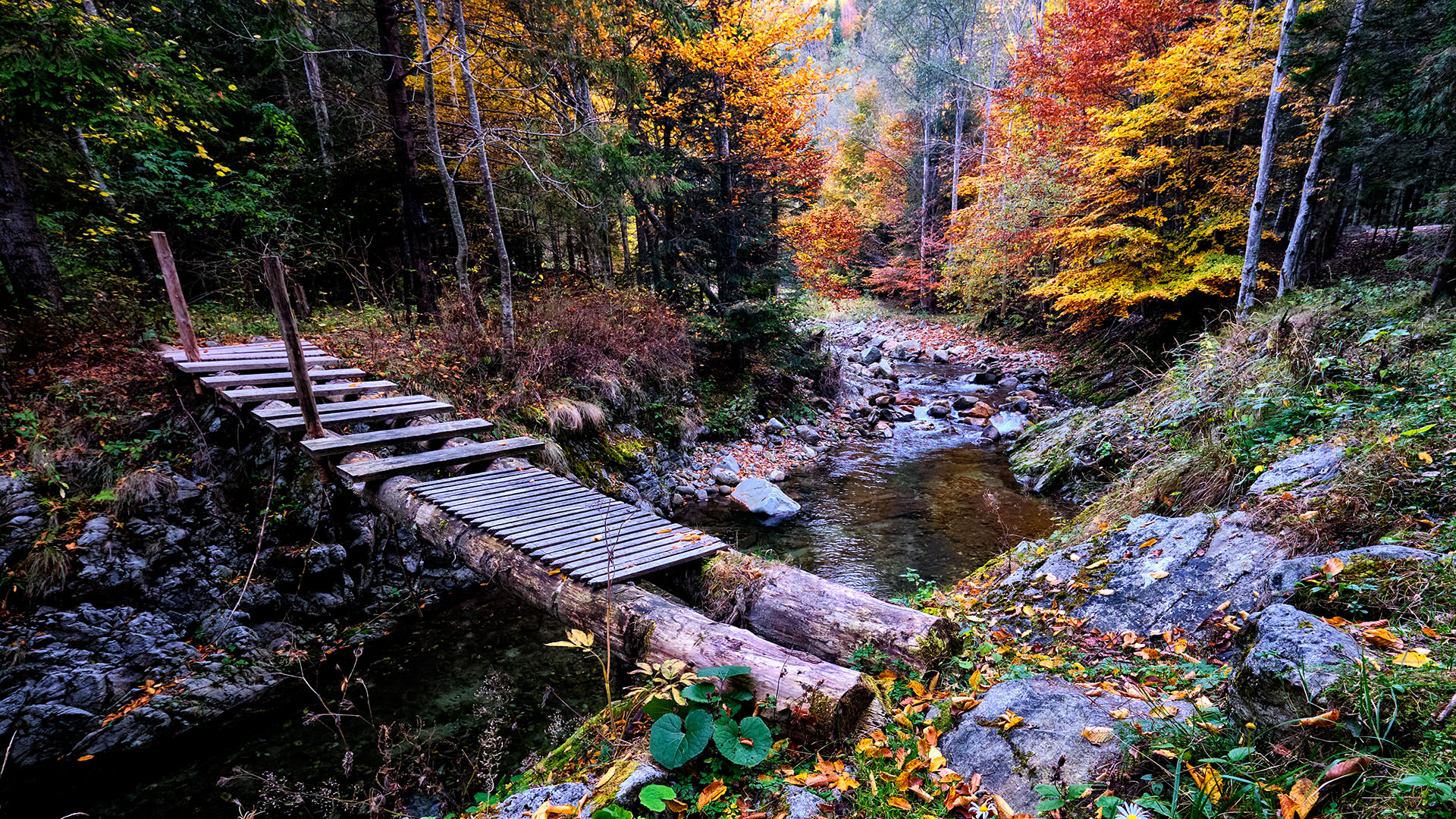
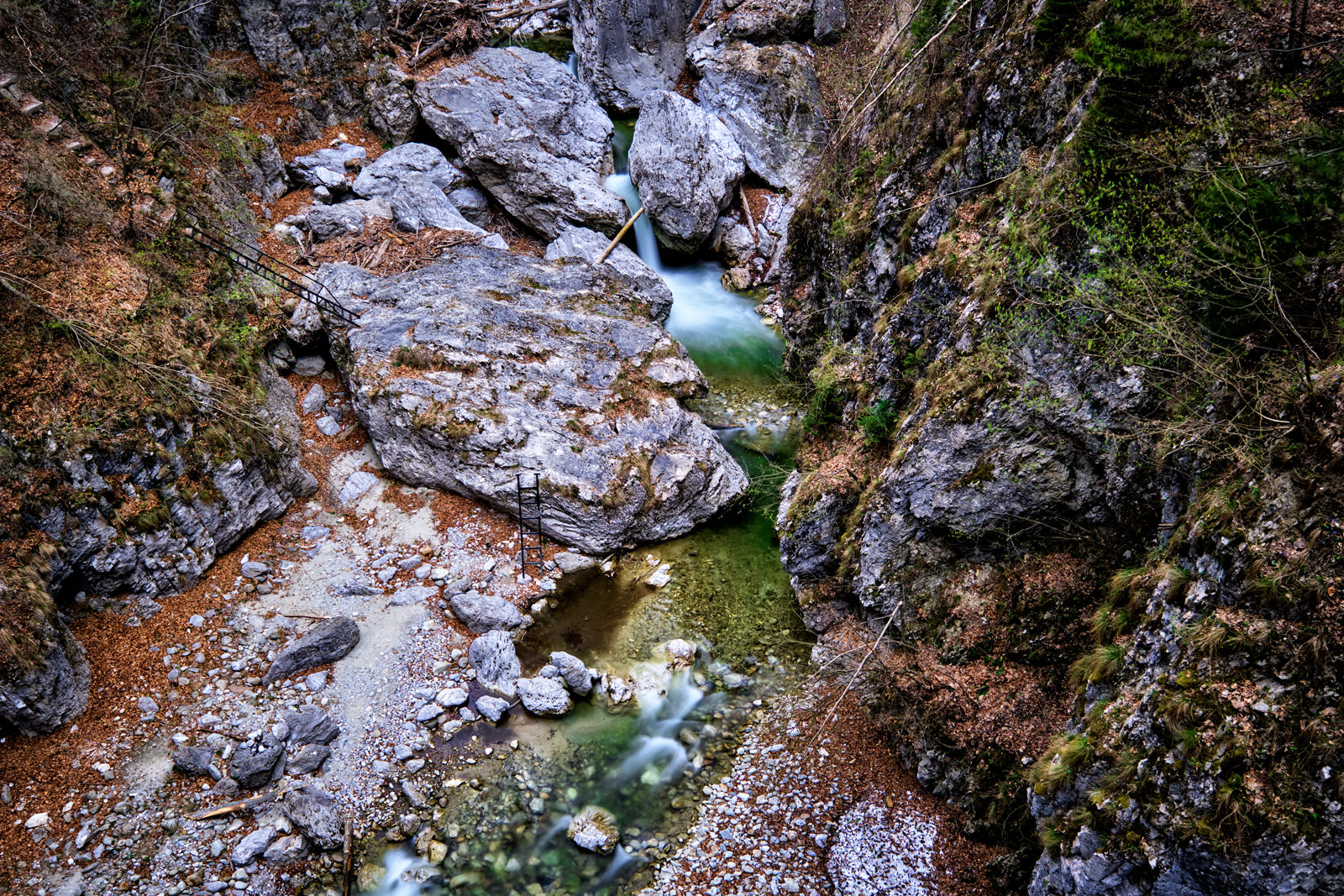
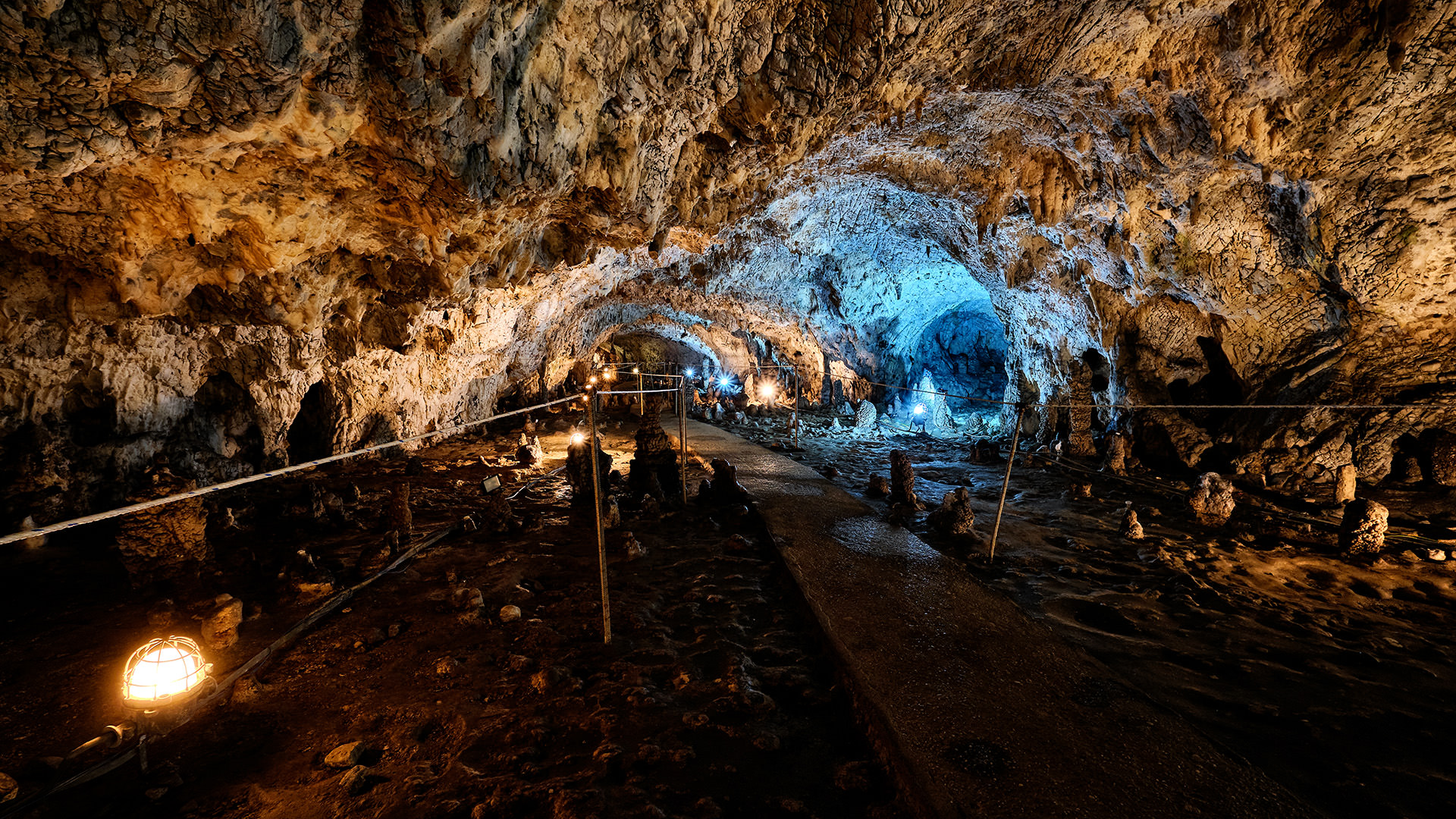
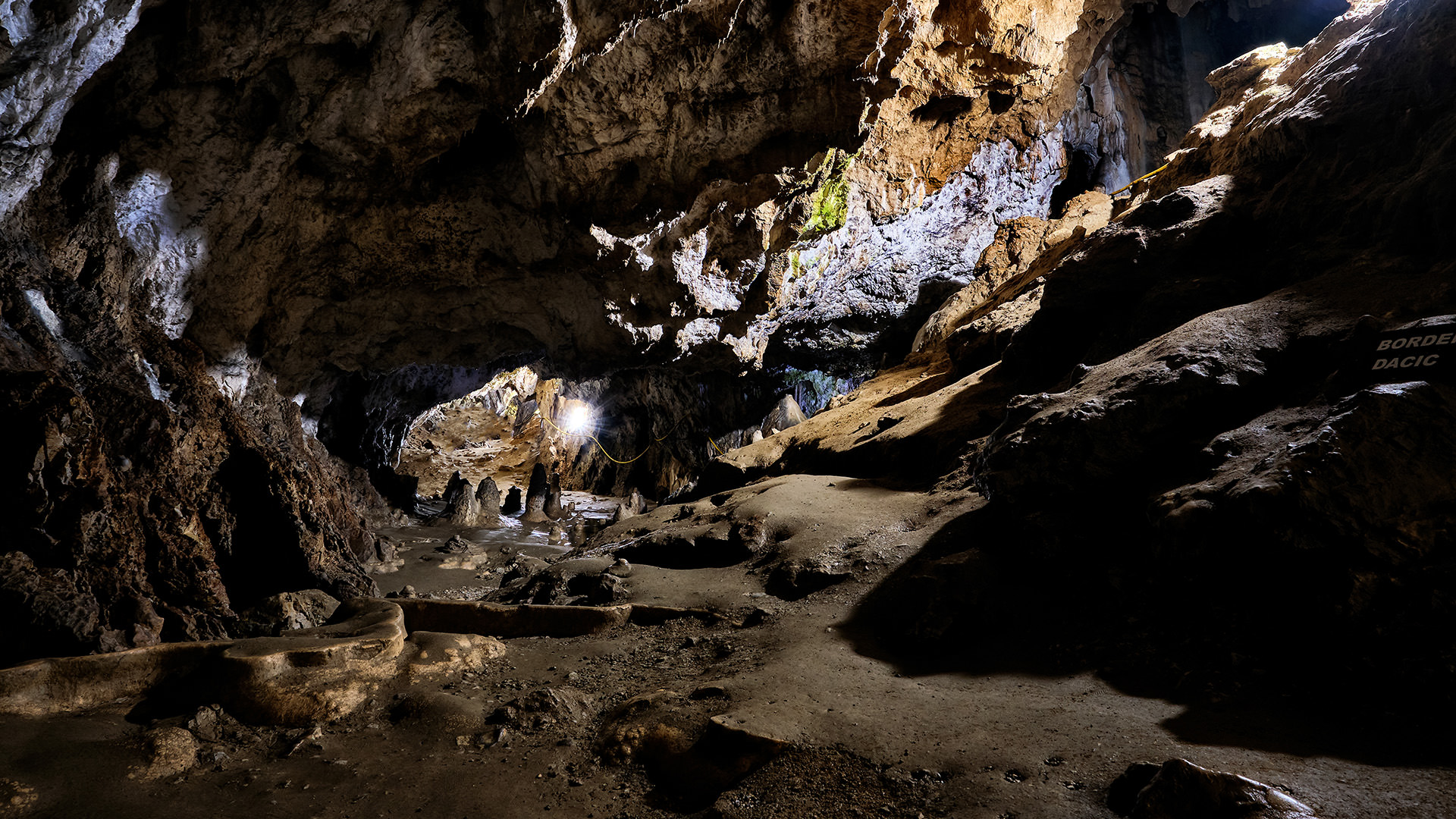
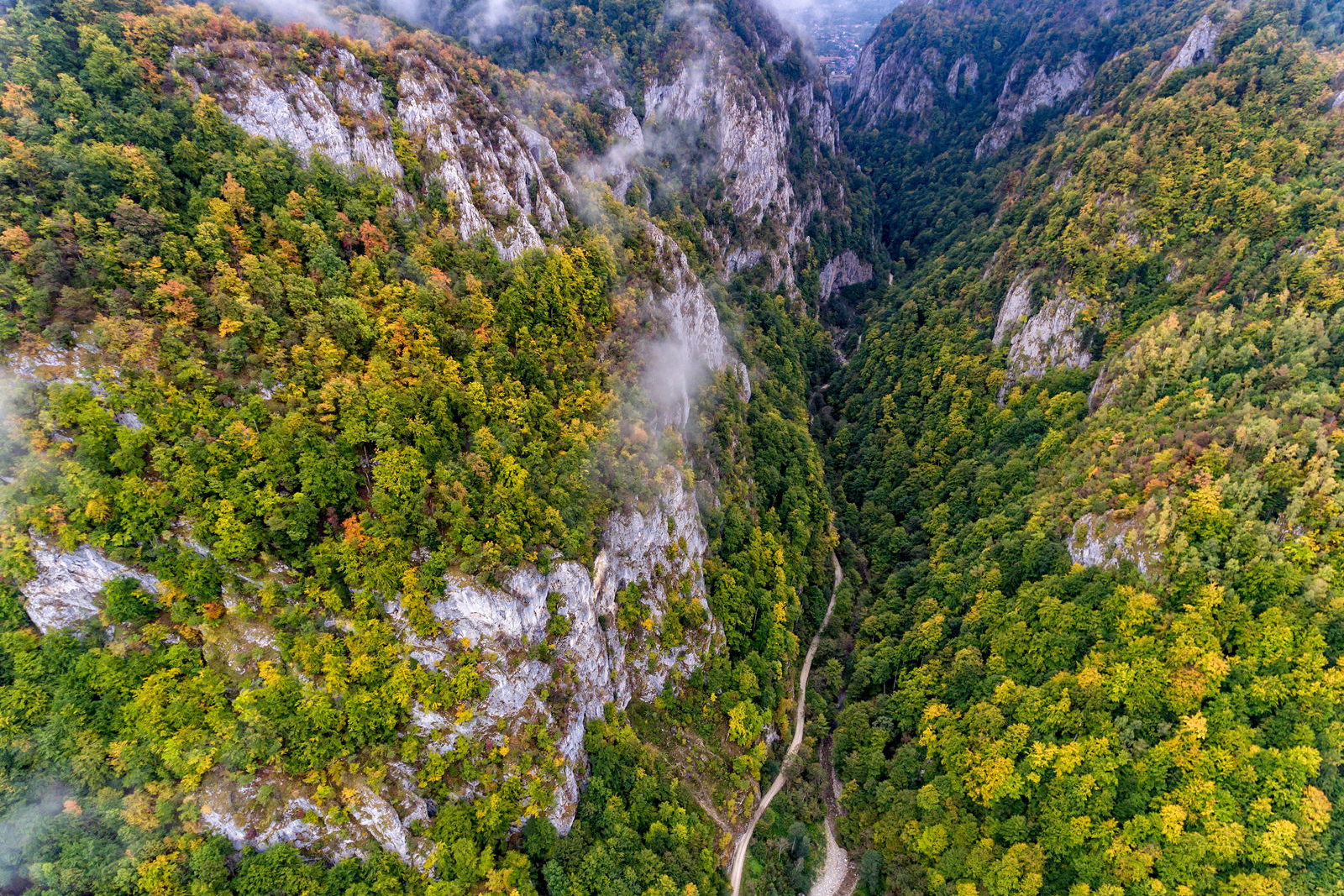
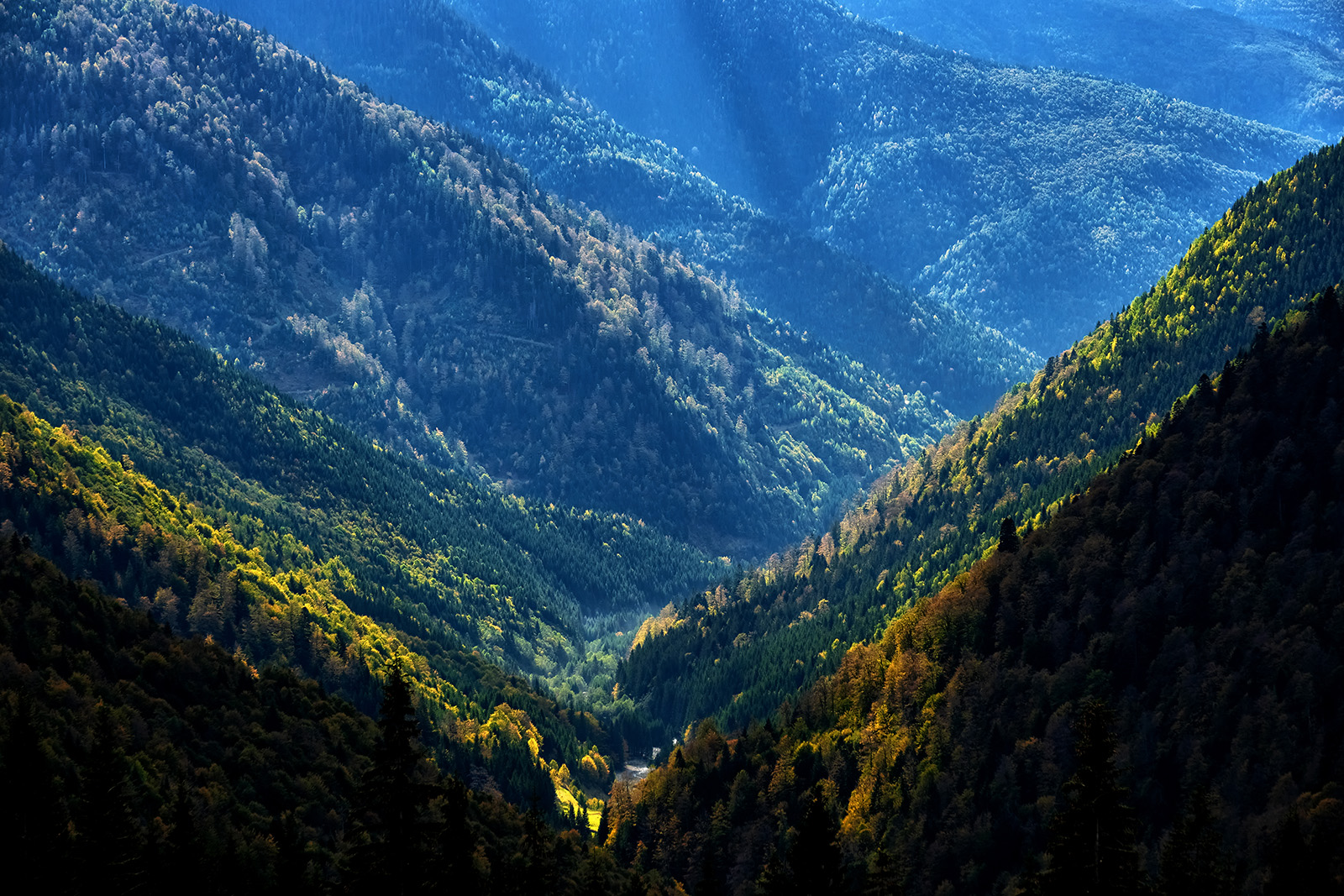

Fall in Oltet Valley
Oltet Gorges
Muierii Cave
Polovragi Cave
Oltet Gorges
Oltet Valley
Winter in Oltet Valley
Jiu Defile National Park and Lainici Monastery
The beloved Jiu River is considered the backbone of Gorj County, dividing it in two equal halves. But before it gracefully passes next to the Table of Silence in Târgu Jiu and reaches the plains, the river has to battle the Carpathian Mountains and through this eternal struggle has created one of the most beautiful and spectacular defiles in Romania. The wild and winding path created by the river between the mountains of Parâng and Vâlcan is known as the Jiu Defile and together with the surrounding ridges has been designated as a national park to protect and conserve its unique features. Once, this passage through the Carpathians was a dangerous adventure, but today anyone can explore this wild and magnificent place.
Surrounded by the wilderness of the Jiu Defile and the Carpathian Mountains, the monastery of Lainici is one of the most beautiful in Romania. The monastery blesses travelers and has been guarding the passage through the mountains during both troubled and flourishing times. The surrounding natural environment, the beauty of its location, the historical and religious importance and other features make the Lainici Monastery a fascinating destination and a place of pure emotions. There are two main churches inside the monastery walls, the older one being built at the beginning of the 19th century, while the unique newer church was built after 1990 with two overlapping structures. The churches are home to many priceless religious items and relics, including old manuscripts and icons.
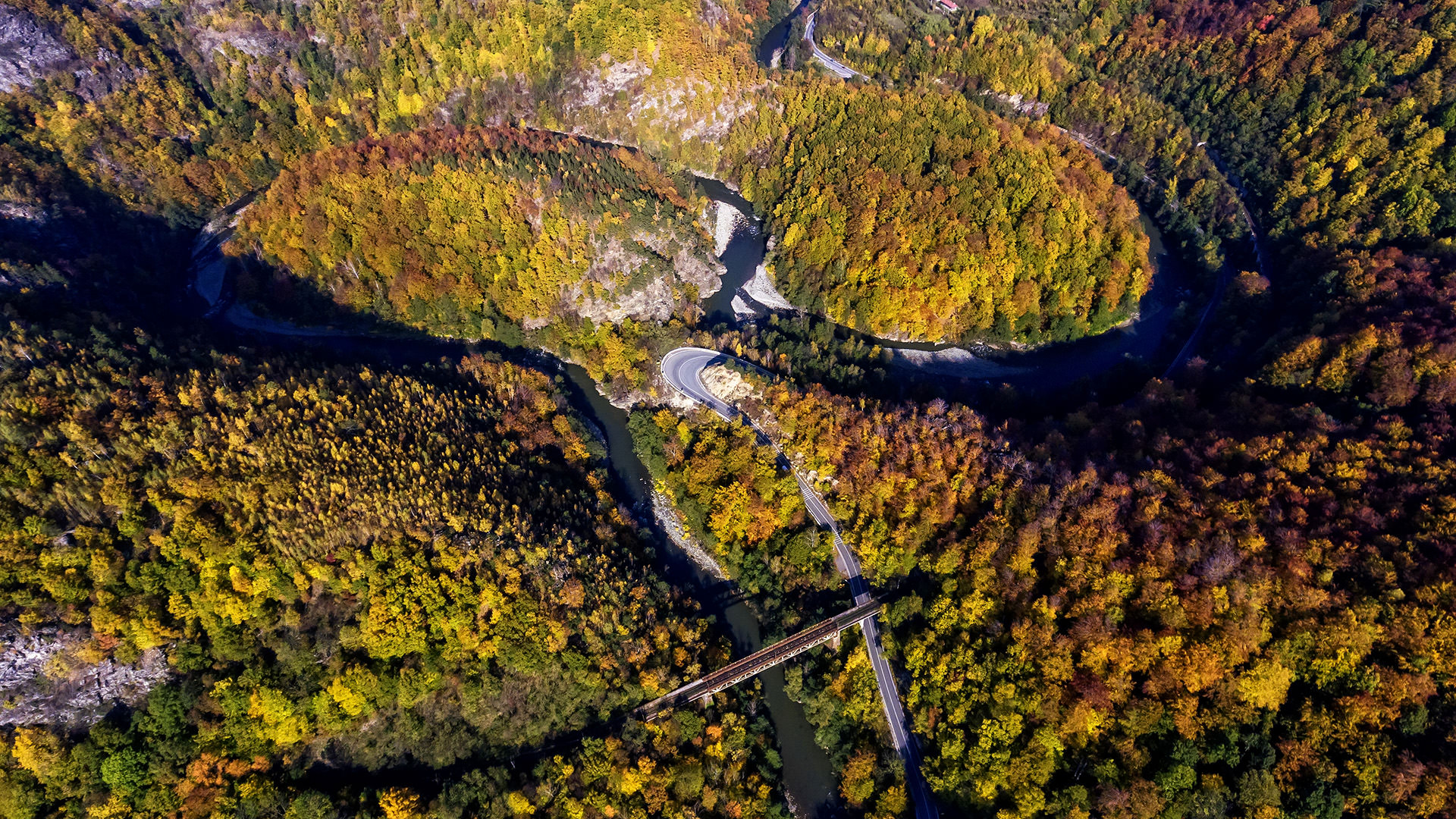
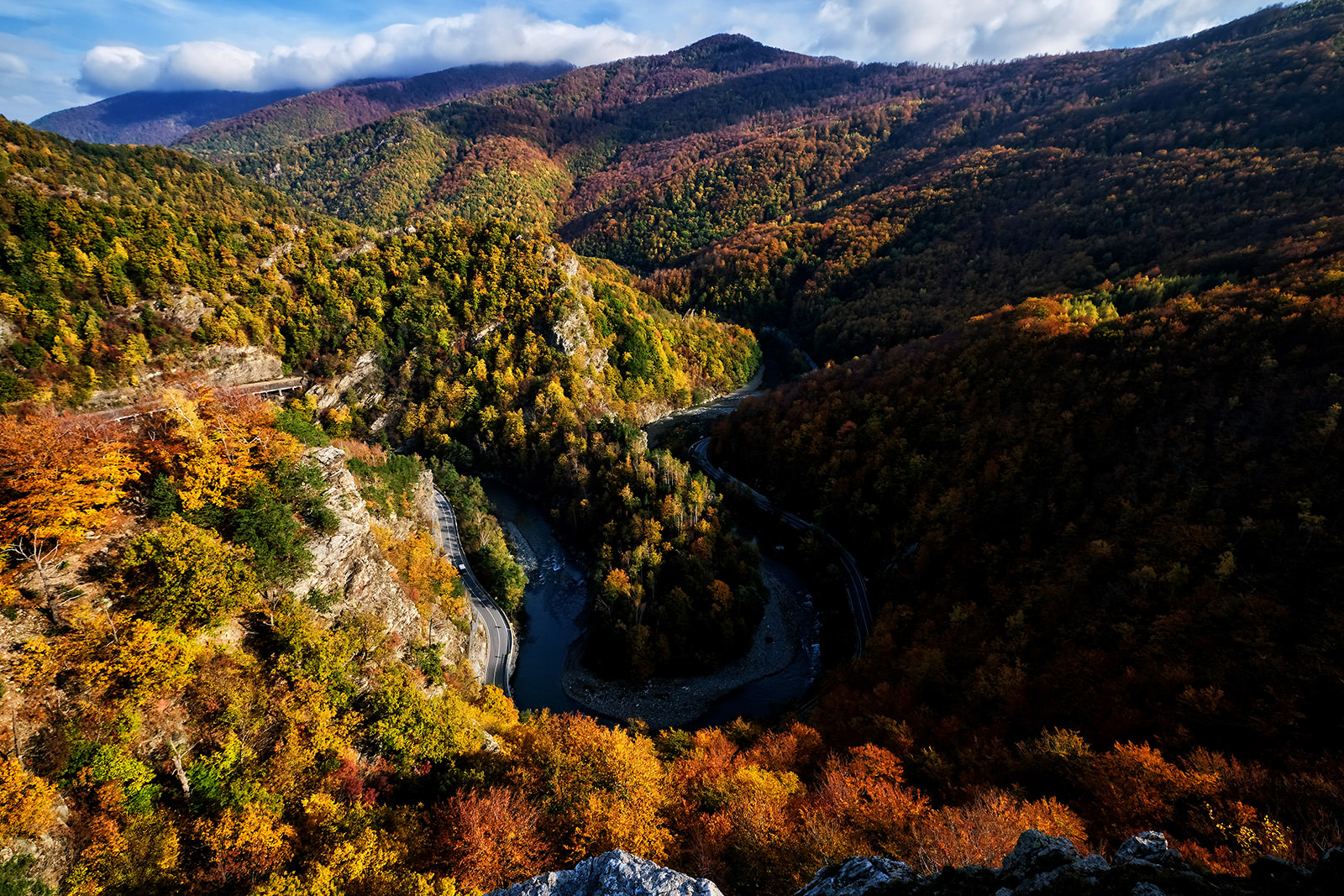
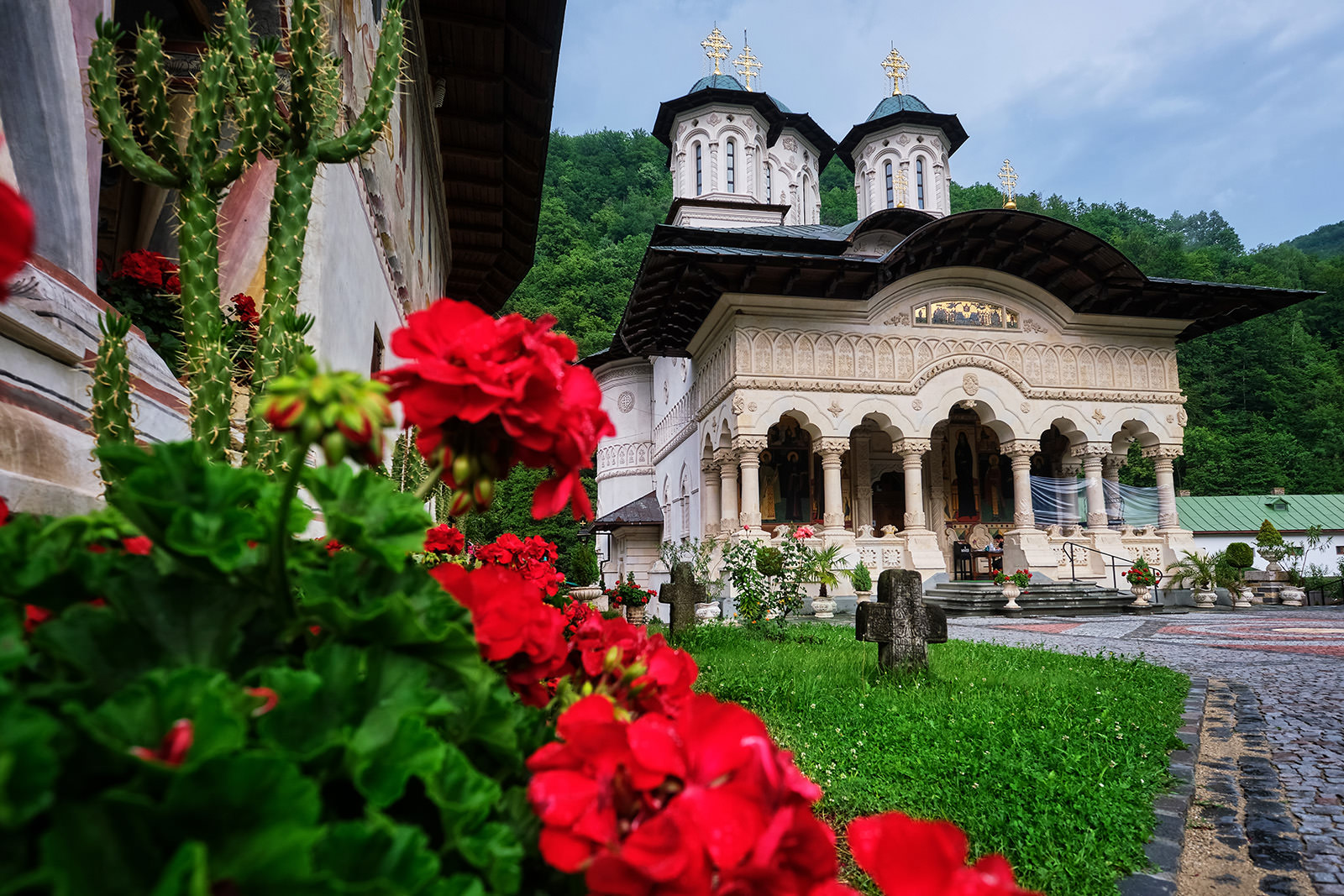
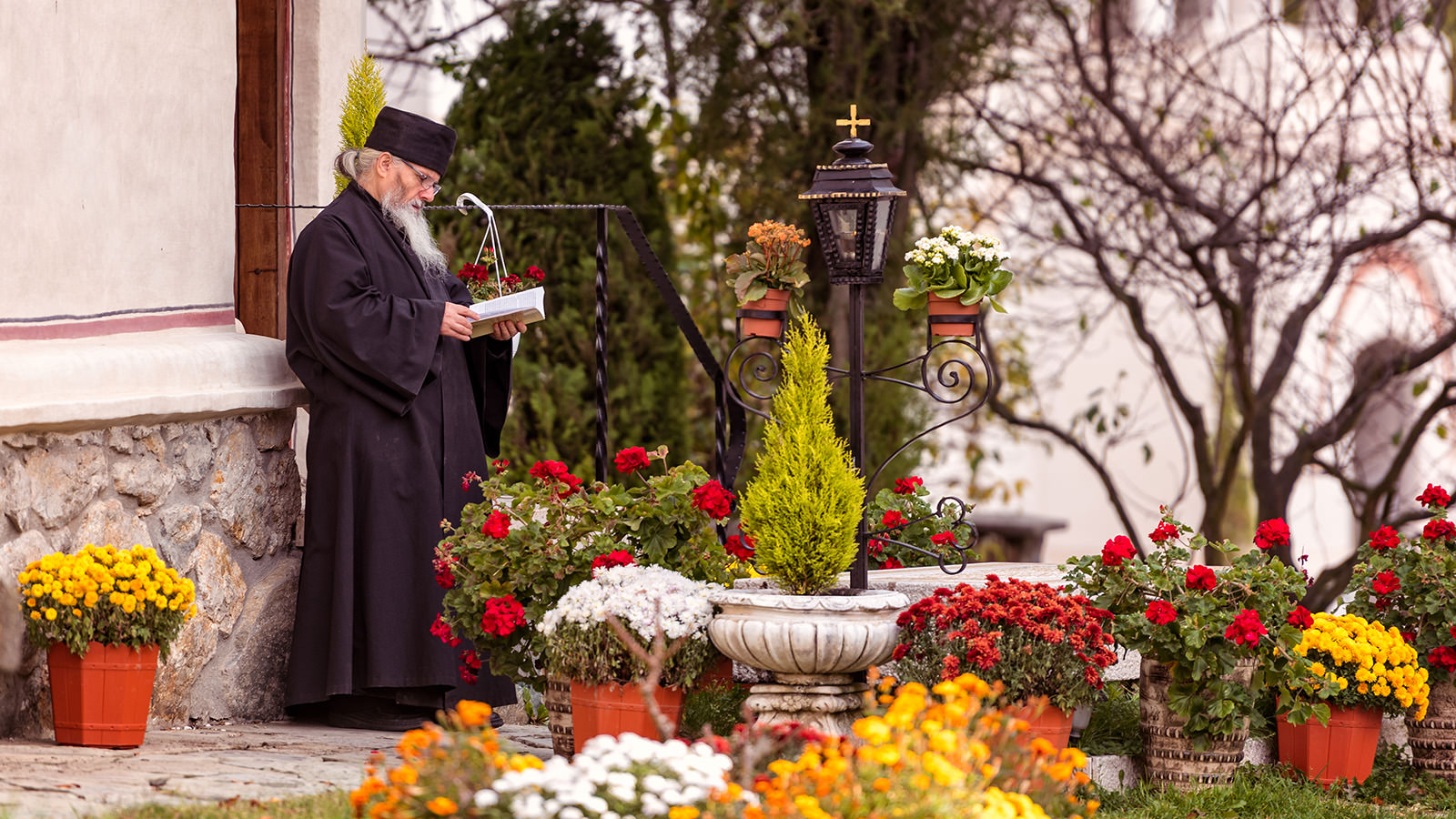
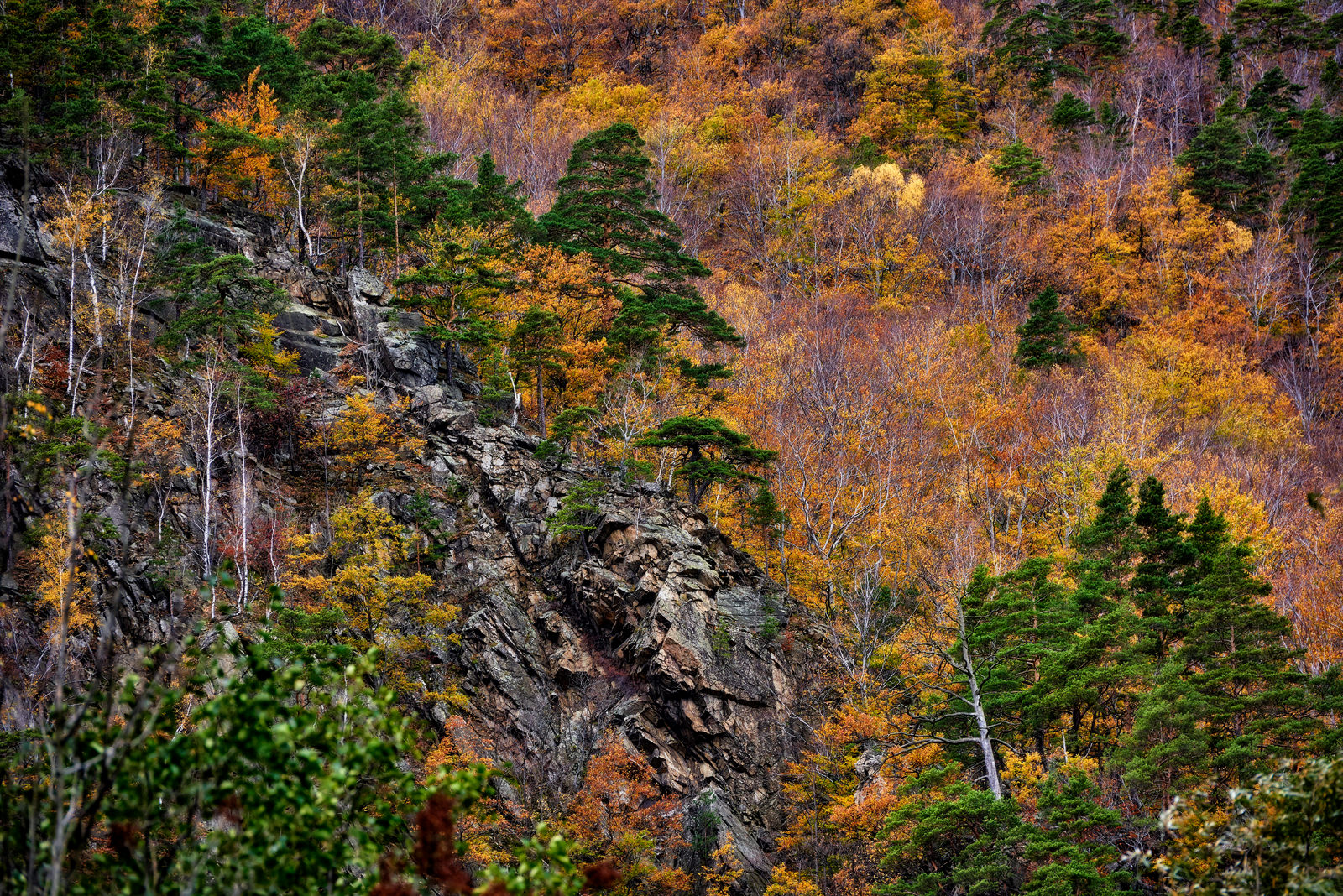
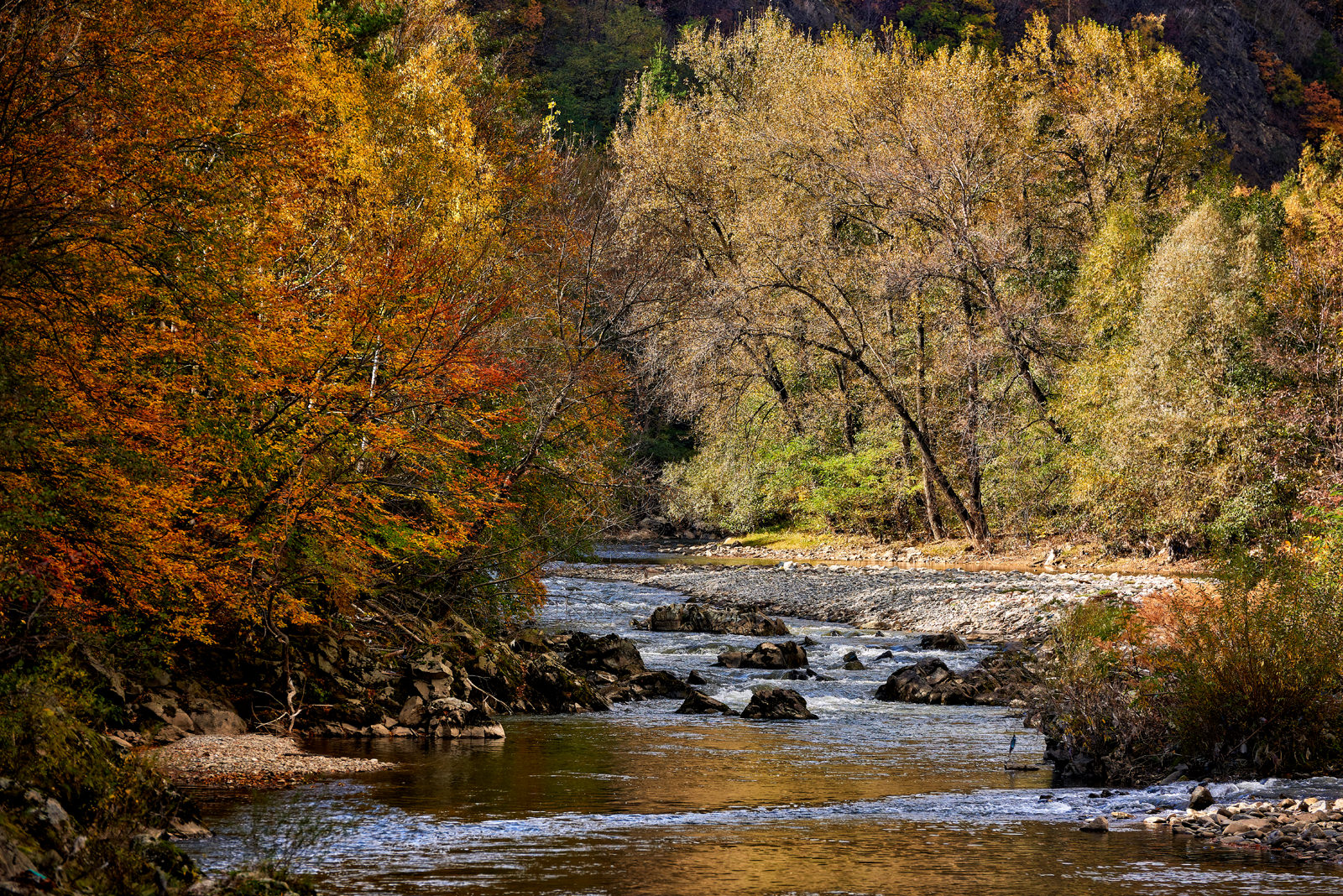
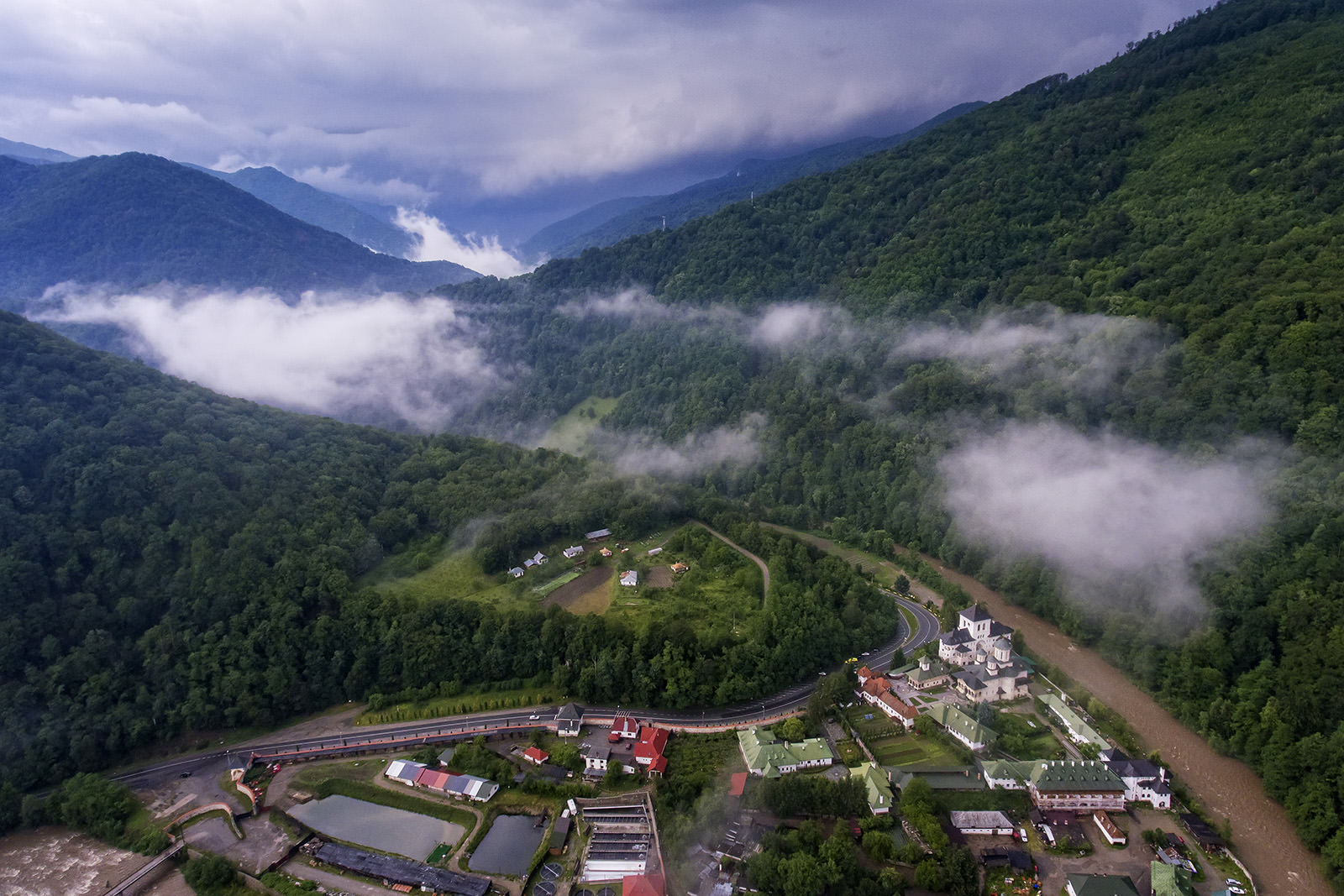
Jiu Defile from the sky
Fall Colors in Jiu Defile
Monastery of Lainici
Monk at Lainici Monastery
Jiu Defile National Park
Jiu River
Lainici and the Jiu Defile
Sohodol Gorges and the Valleys of Valcan Mountains
The Sohodol Gorges are a land apart, a unique space trapped in time that charms and amazes each time; no matter how many times one enters its fascinating universe. The first steps in this spectacular place always stir deep emotions and the valley of Sohodol reveals its treasures right from the first meters, with vertical limestone walls that reach up to the sky and reverberate the sound of the river passing by. And the river Sohodol is quite capricious, having carved its way through the mountains for thousands of years, while it created a unique and magnificent landscape, entering under the rocks and re-emerging elsewhere through unknown tunnels. The valley continues for many kilometers into the mountains, offering some hidden treasures for those that explore it, like the stupendous waterfall of Devil’s Cauldron.
The gentle ridges of Vâlcan Mountains rise like the backs of long sleeping dragons between the charming river valleys of western Gorj County. These mountains filled with old stories and ancient paths lie between the valleys of Jiu and Motru rivers, slowly descending from the north towards the southern hills where beautiful settlements have appeared along the centuries. Apart from the superb and spectacular ridges, the main attractions of these mountains are the dense charming valleys, most of which can be explored easily upwards towards their springs. Some of these valleys (Sohodol, Șușița, Suseni, Bistrița, Tismana) also feature amazing attractions like gorges, canyons and waterfalls, while there are also hidden valleys that still preserve their untouched and wild character.
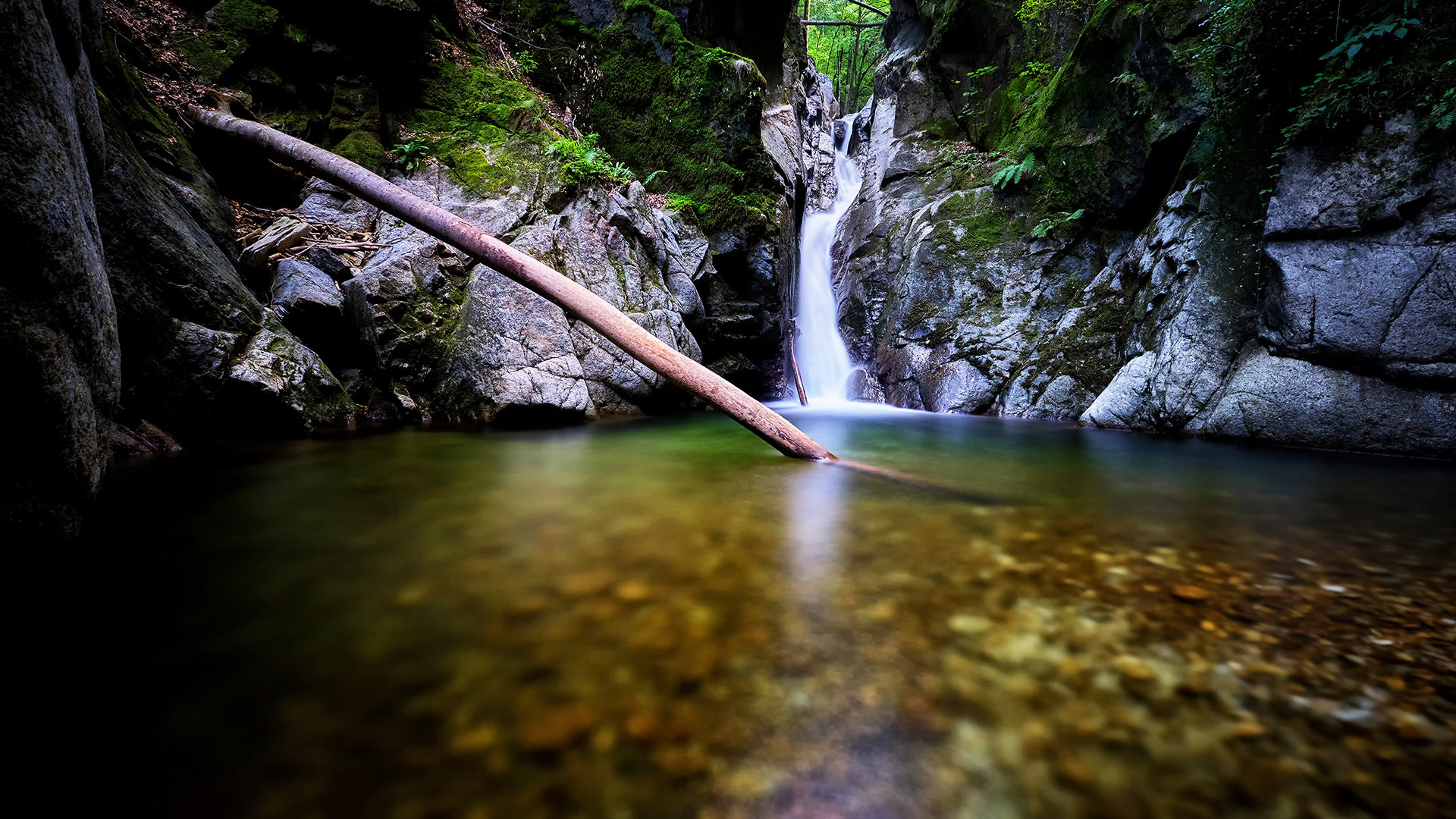
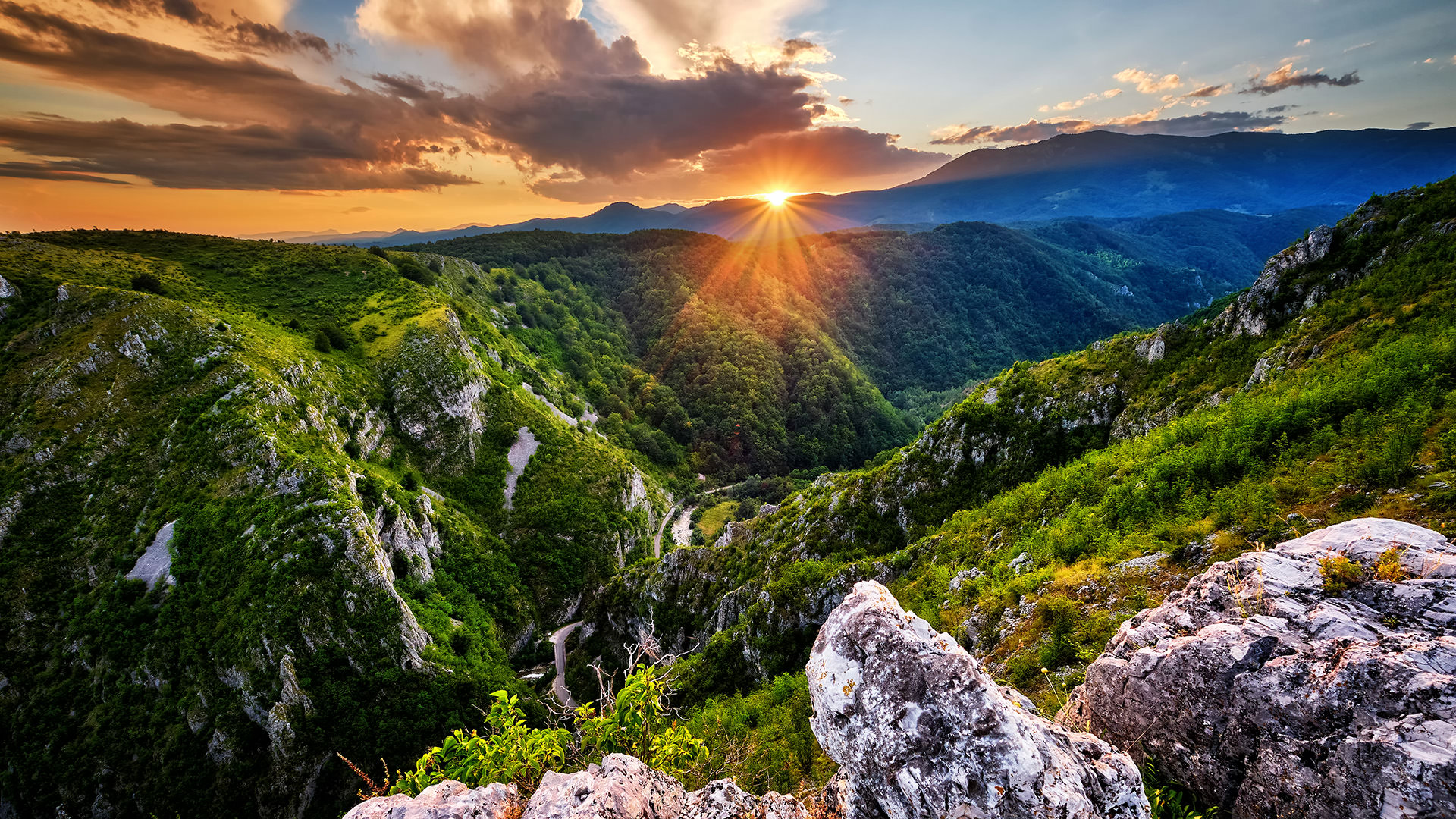
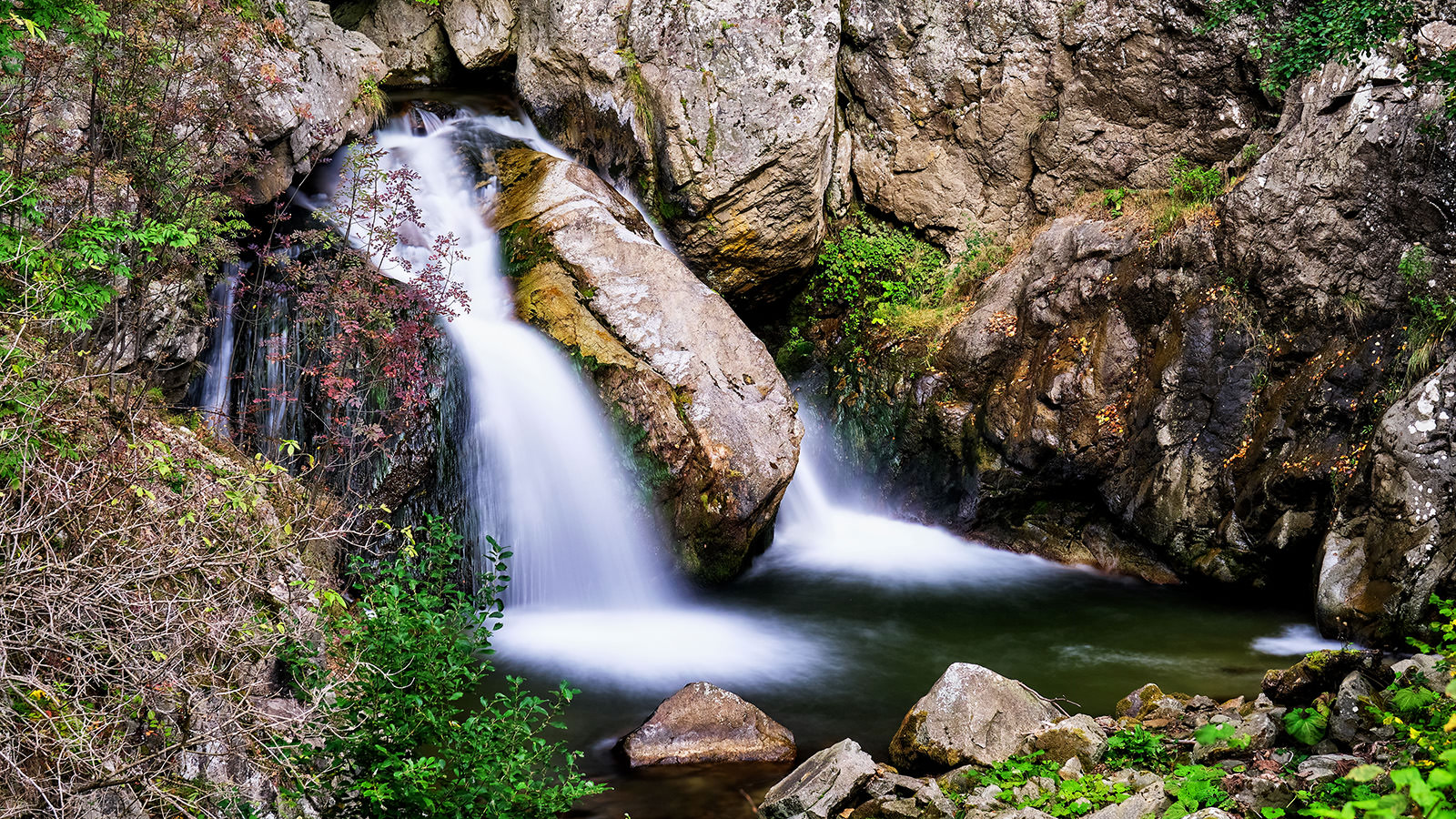
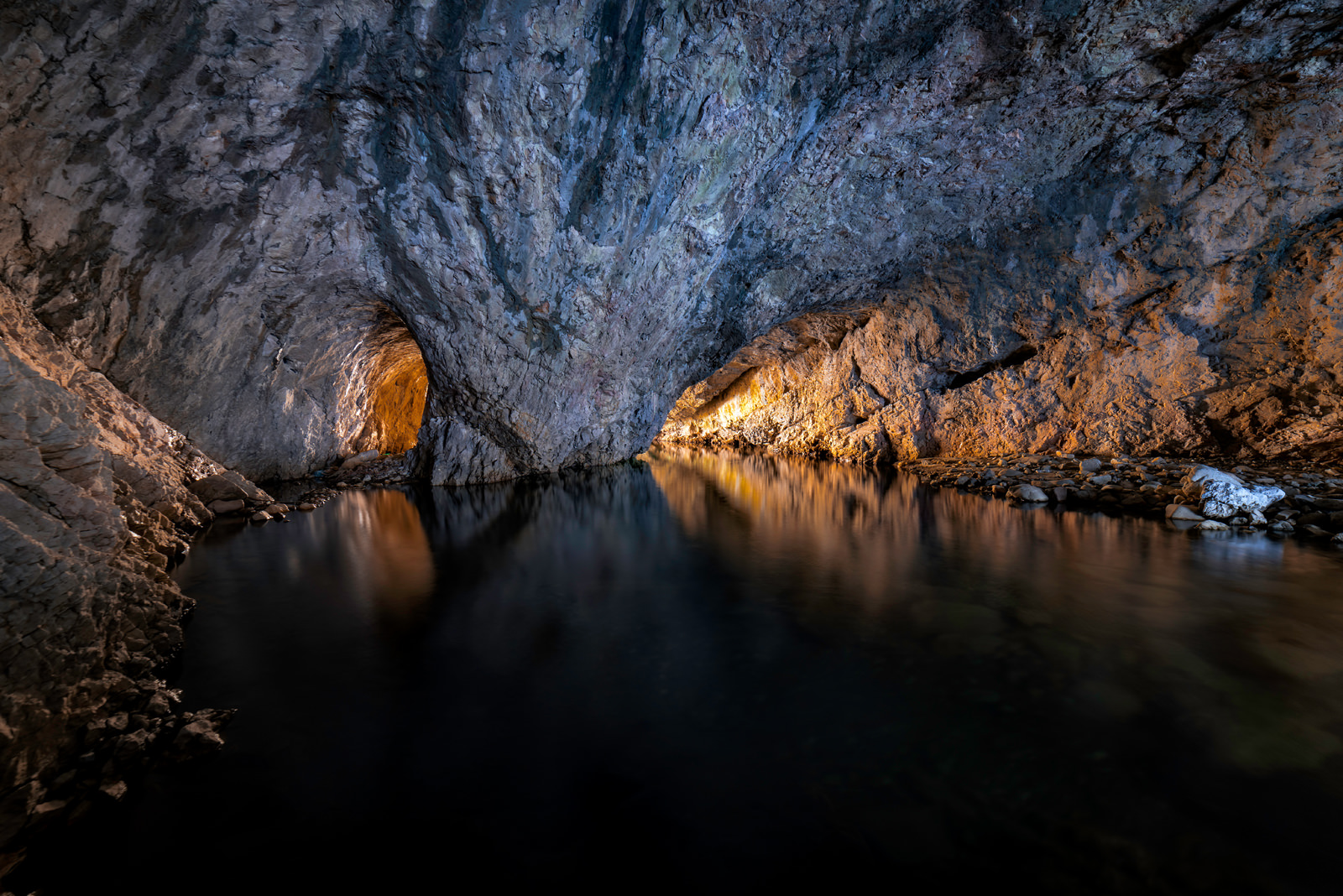
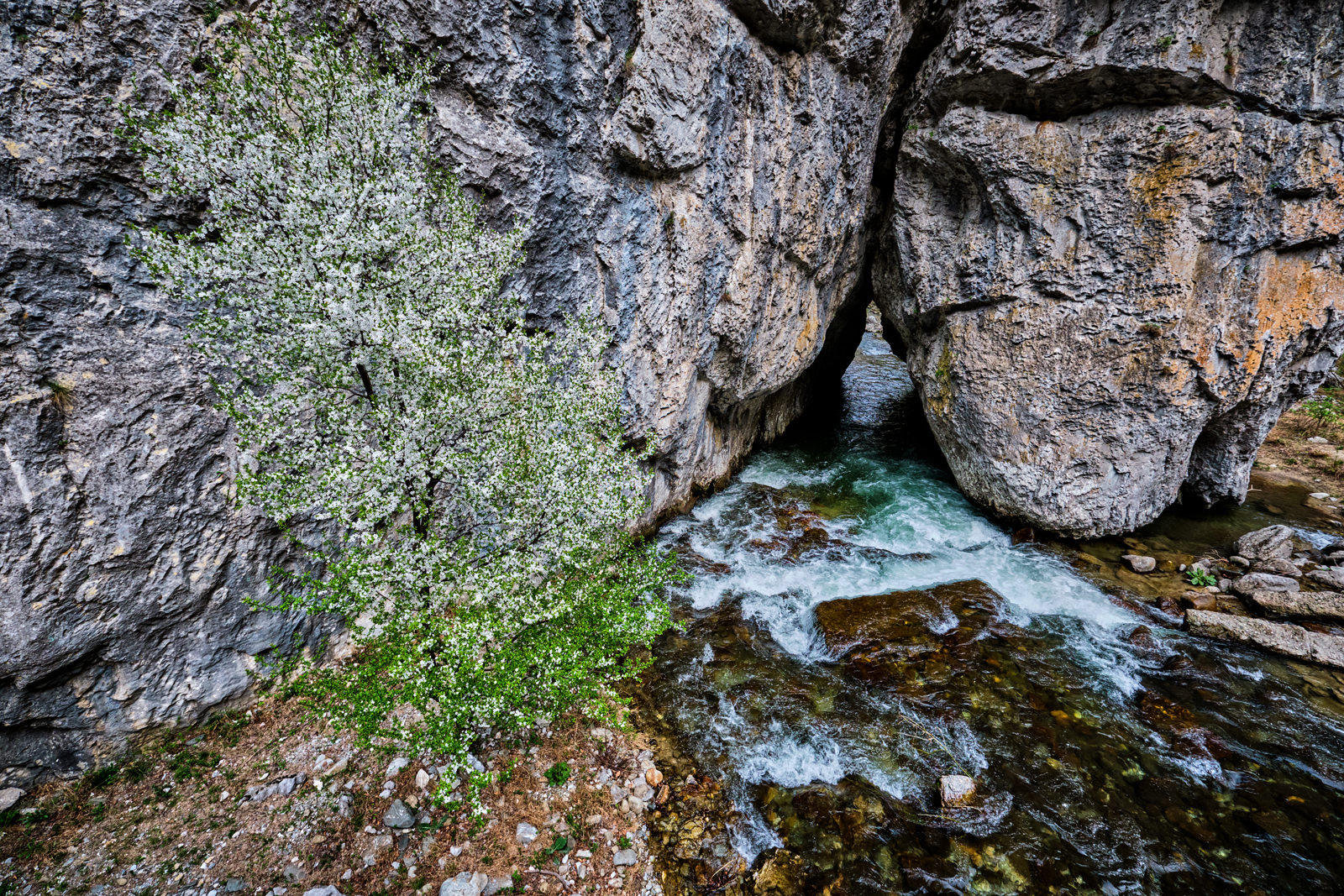
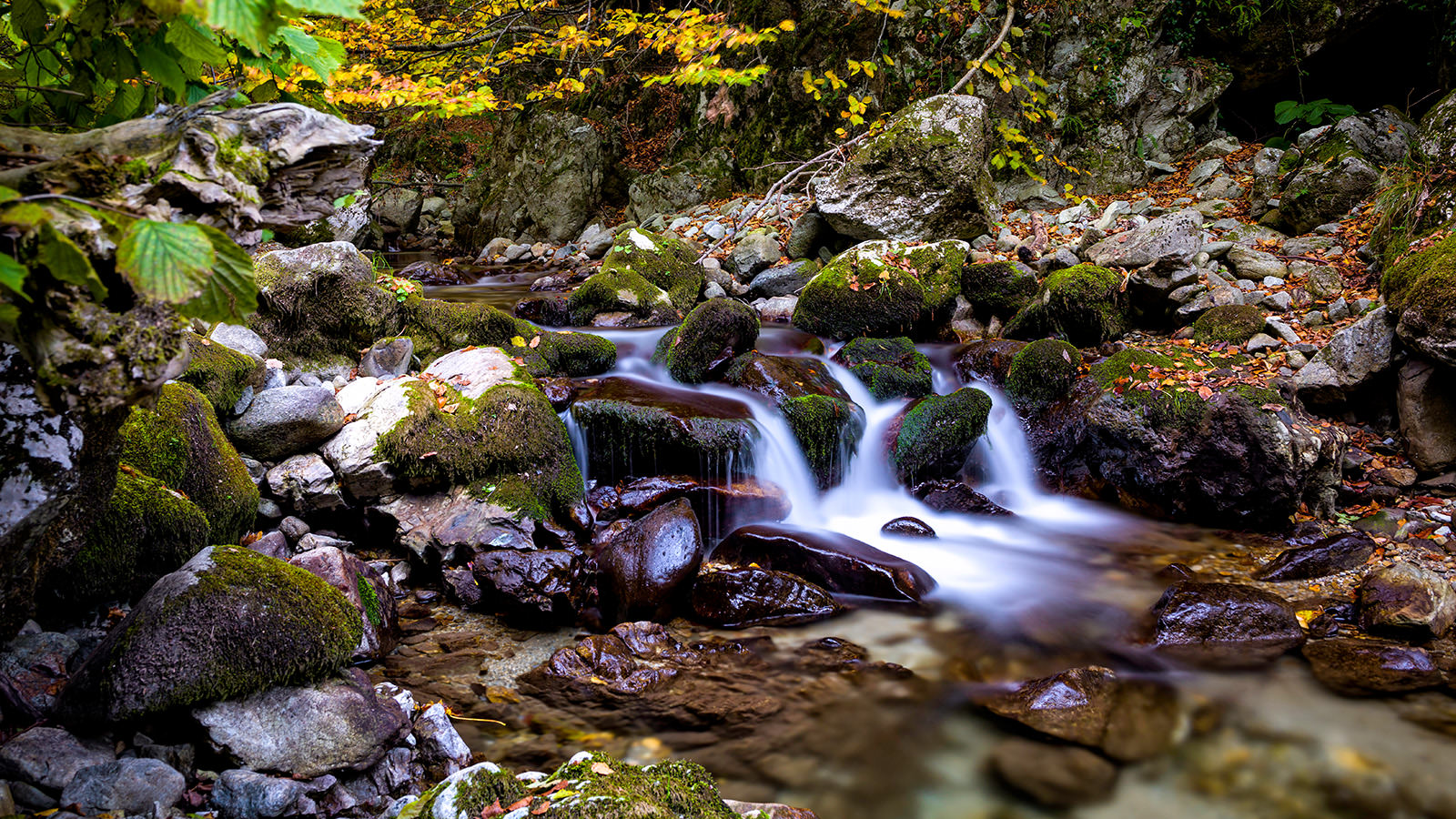
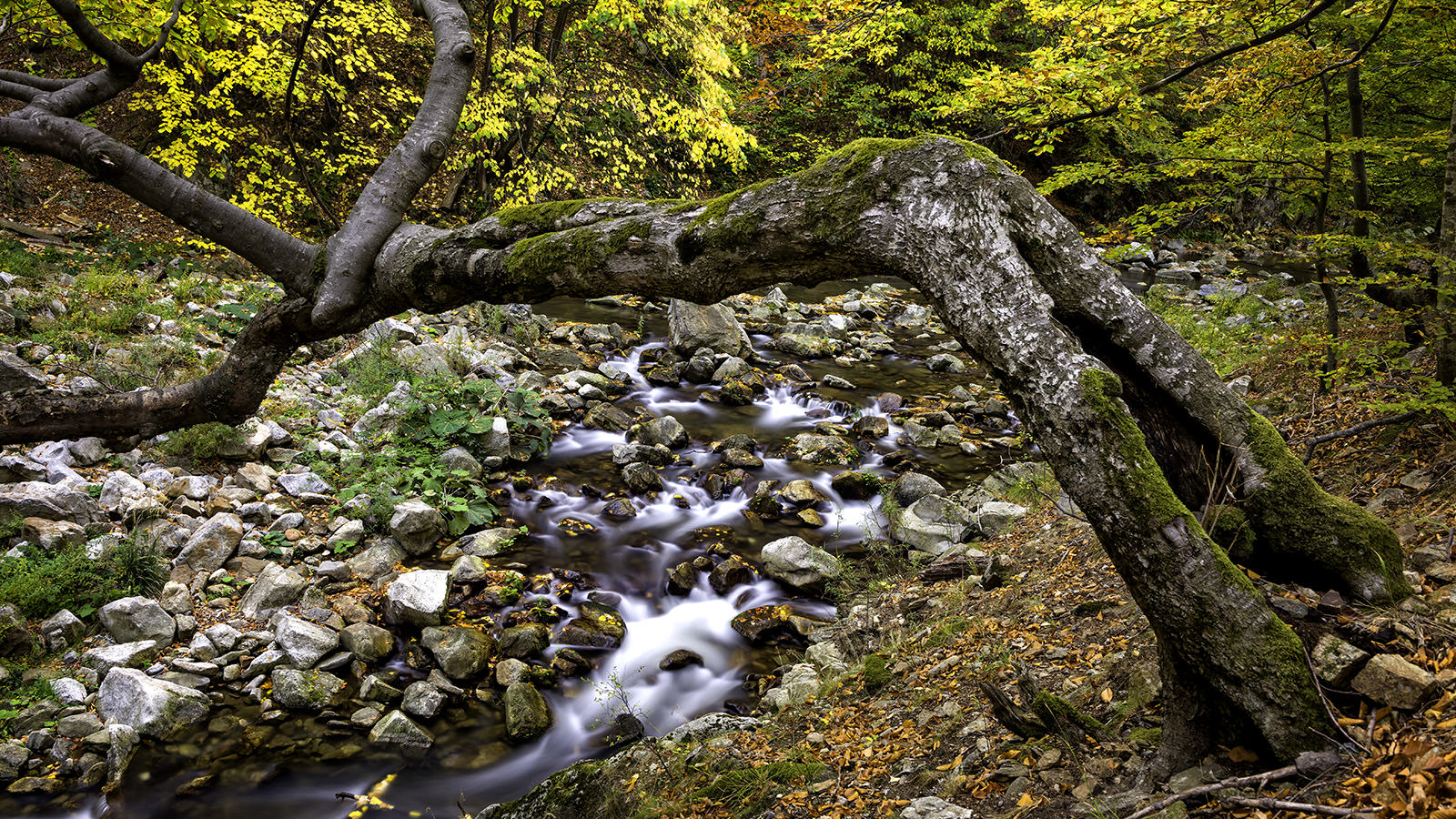
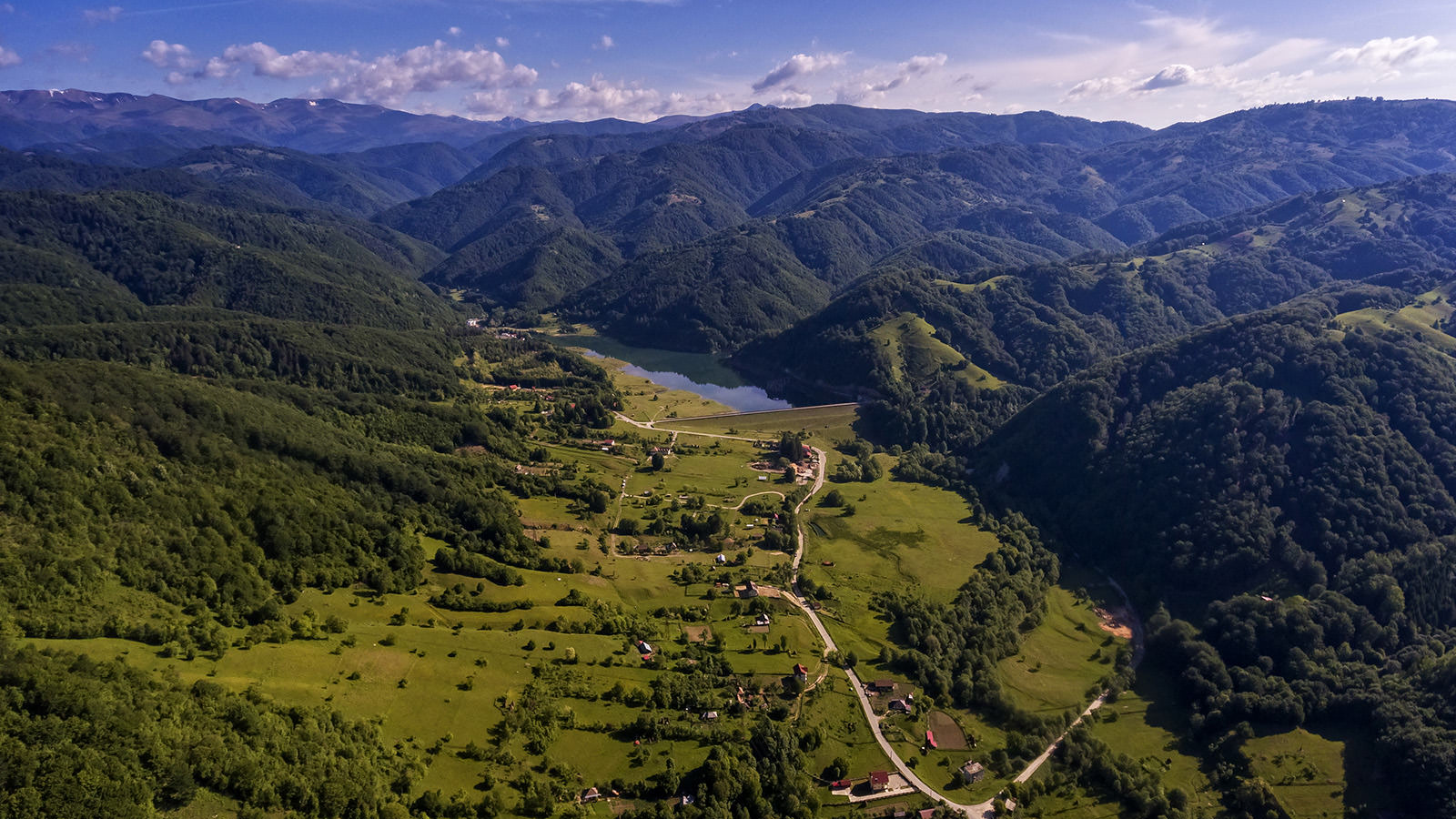
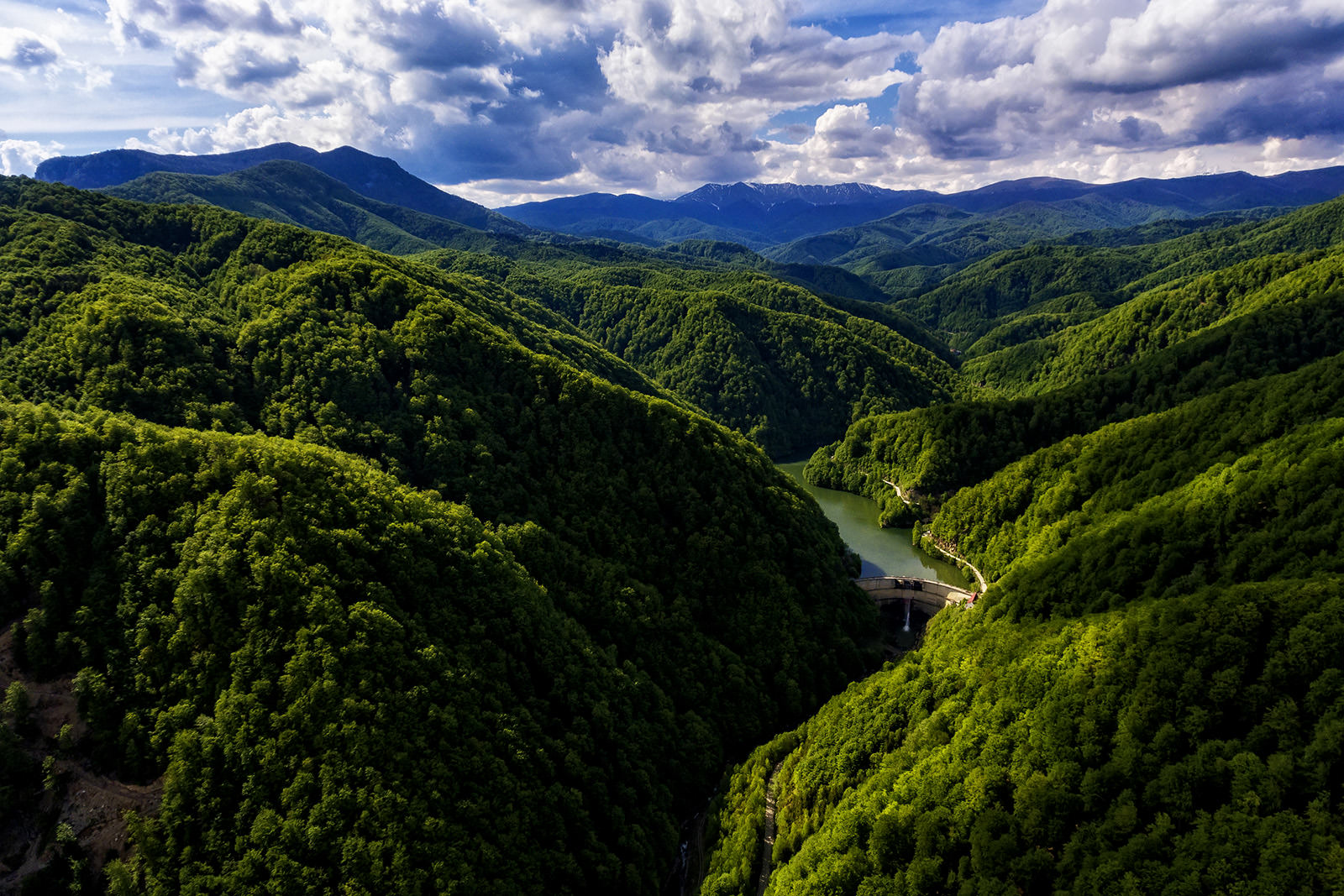
Devil's Cauldron Waterfall
Sohodol Valley
Susita Waterfall
Sohodol Gorges
Sohodol Gorges
Suseni Valley
Bistrita Valley
Motru Valley
Bistrita Valley
Monasteries and Wooden Churches of Gorj County
With several impressive monasteries that combine the religious, historical and architectural significance with splendid locations, with secluded hermitages on solitary mountain peaks and century old inspiring churches, Gorj County offers plenty of wondrous religious sites. Tismana Monastery evokes myths and legends that deeply resonate with the traveler’s soul. Among tall pines and century old chestnut trees, above the crystal-clear waters of Tismana river, the monastery is a sight for sore eyes and hearts. Like a fortress of spirituality, the white walls of the monastery are surrounded by the splendid greatness of nature. On the spectacular backdrop of the Oltet Canyon, the shining silhouette of the Polovragi Monastery creates a stunning image. The monastery has been witnessing the peaceful passing of seasons in the mountains behind for centuries, a sort of refuge for travelers in search of true belief. It is located just on the northern side of Polovragi Village, just before entering the majestic gorges of the Olteț River. The monastery of Polovragi dates back to the beginning of the 16th century, with multiple changes and additions along the years.
Apart from the most famous and popular monasteries of Gorj County, there are other religious destinations that are worth visiting, some of them with splendid locations and interesting architectural features. The monasteries of Crasna, Târgu Cărbunești, Târgu Logrești, Dealu Mare or Strâmba Jiu are all inspiring destinations, where visitors can find spiritual peace. The hermitages of Cioclovina and Locurele can be discovered by following enchanting mountain trails, surrounded by the tranquility of nature. The land of Gorj features villages with long lasting history and strong spiritual roots. The orthodox religion and church have always been an essential part of life for the peasants, a support and refuge during the toughest moments of the past. Every village and hamlet used to gravitate around the church and the tradition of going to church used to be held in high regard. As such, in many villages there are still old wooden churches, most of them now declared historical monuments. Some of these are over 300 years old and represent priceless testaments of the past.
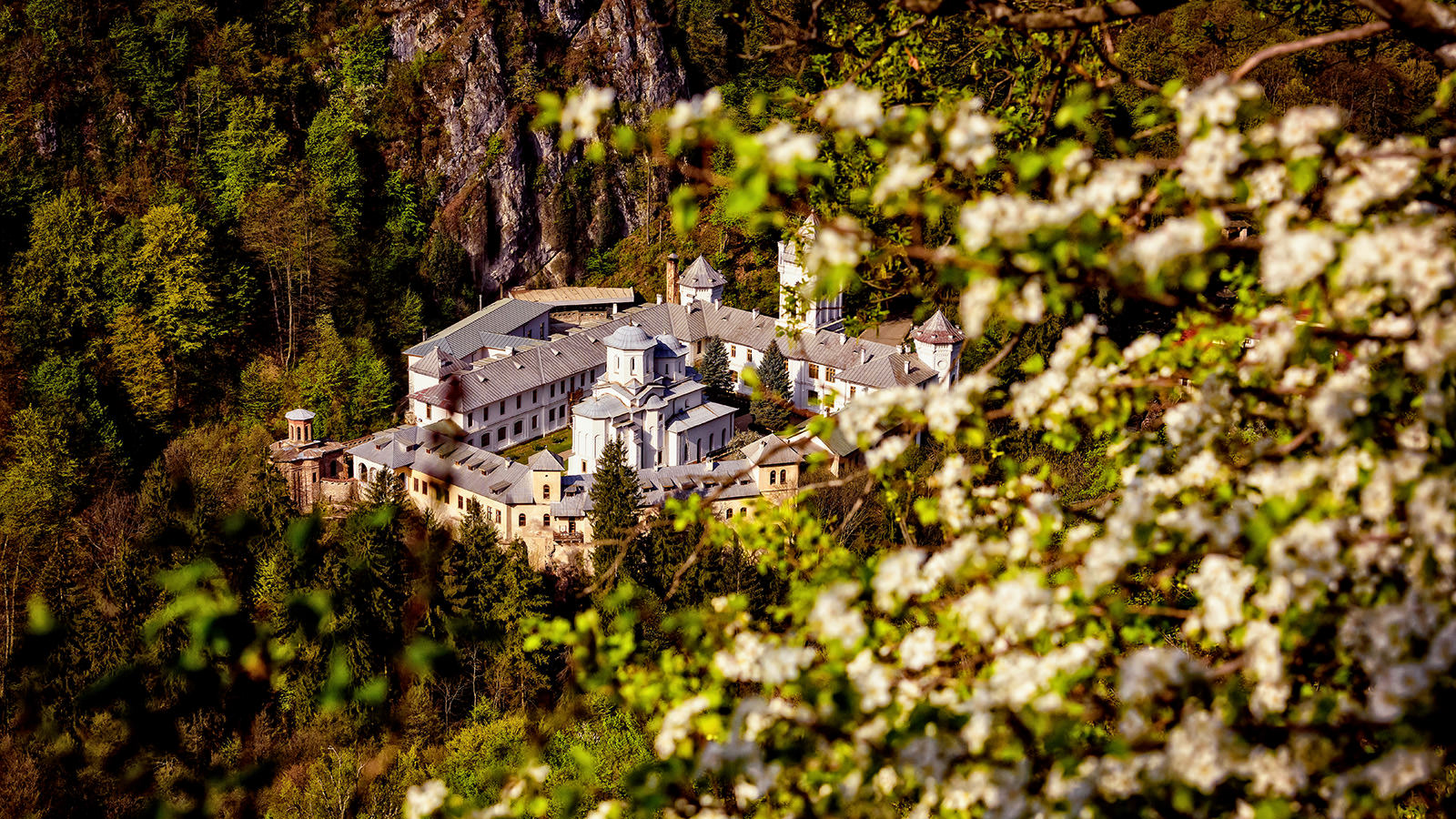
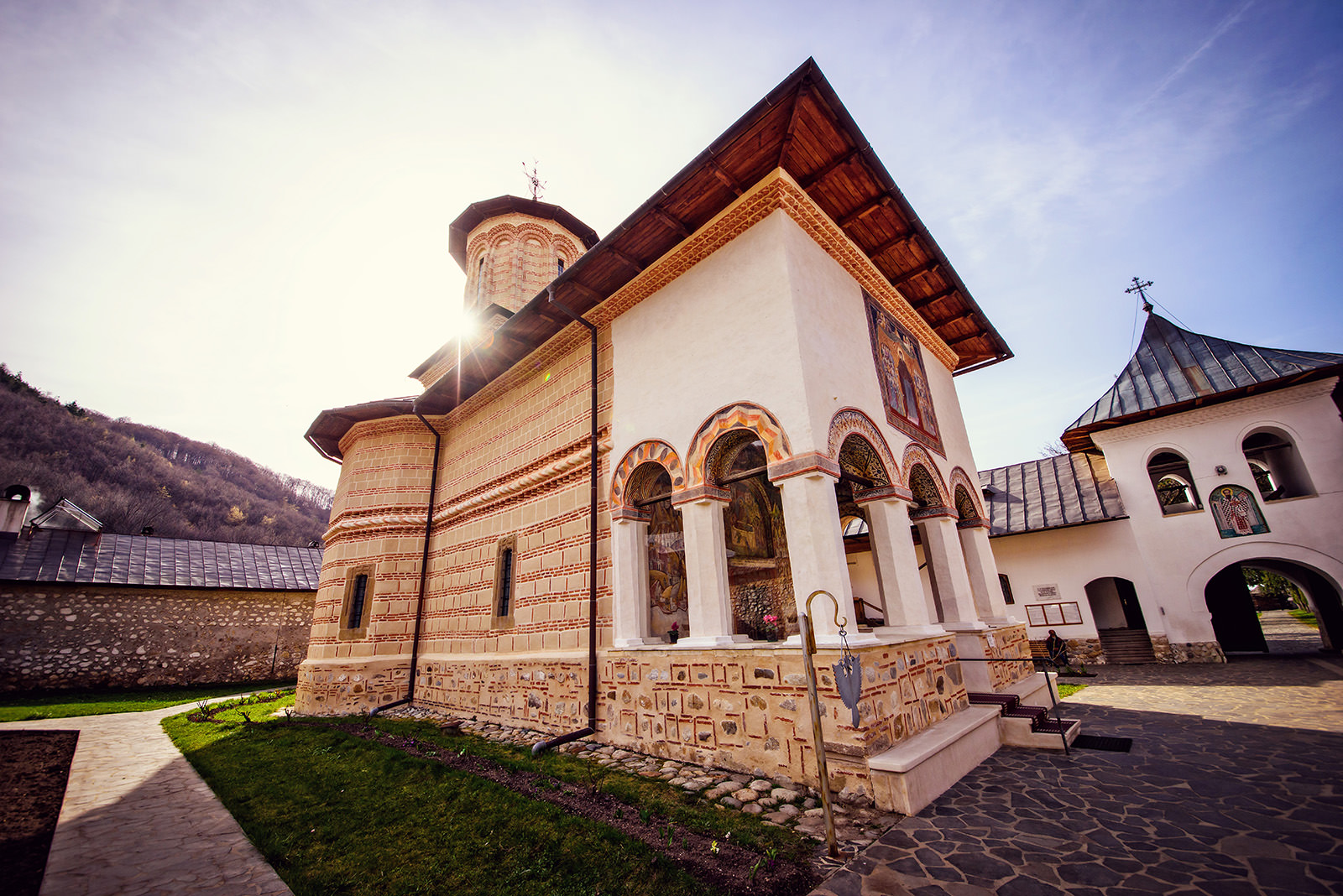
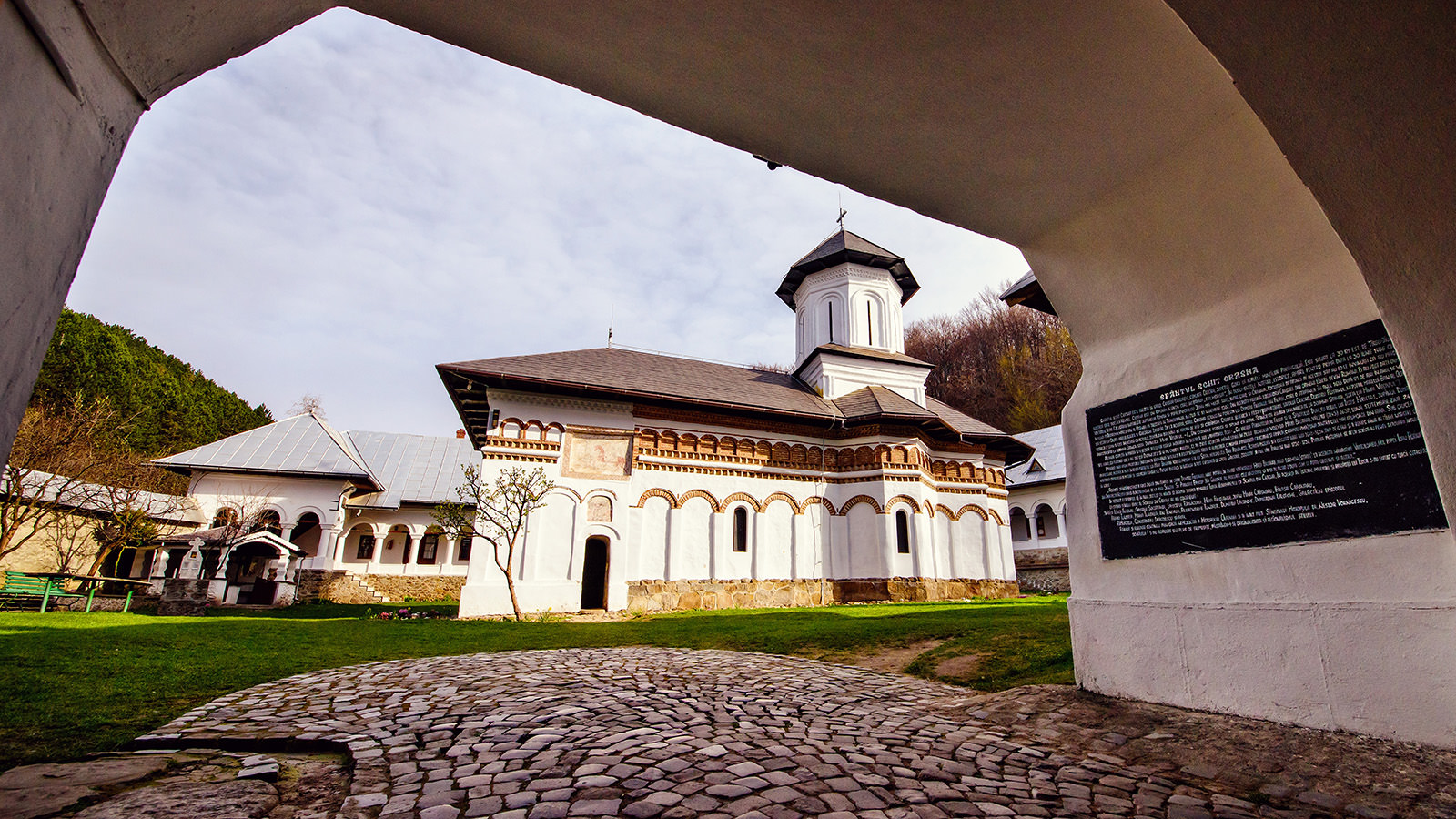
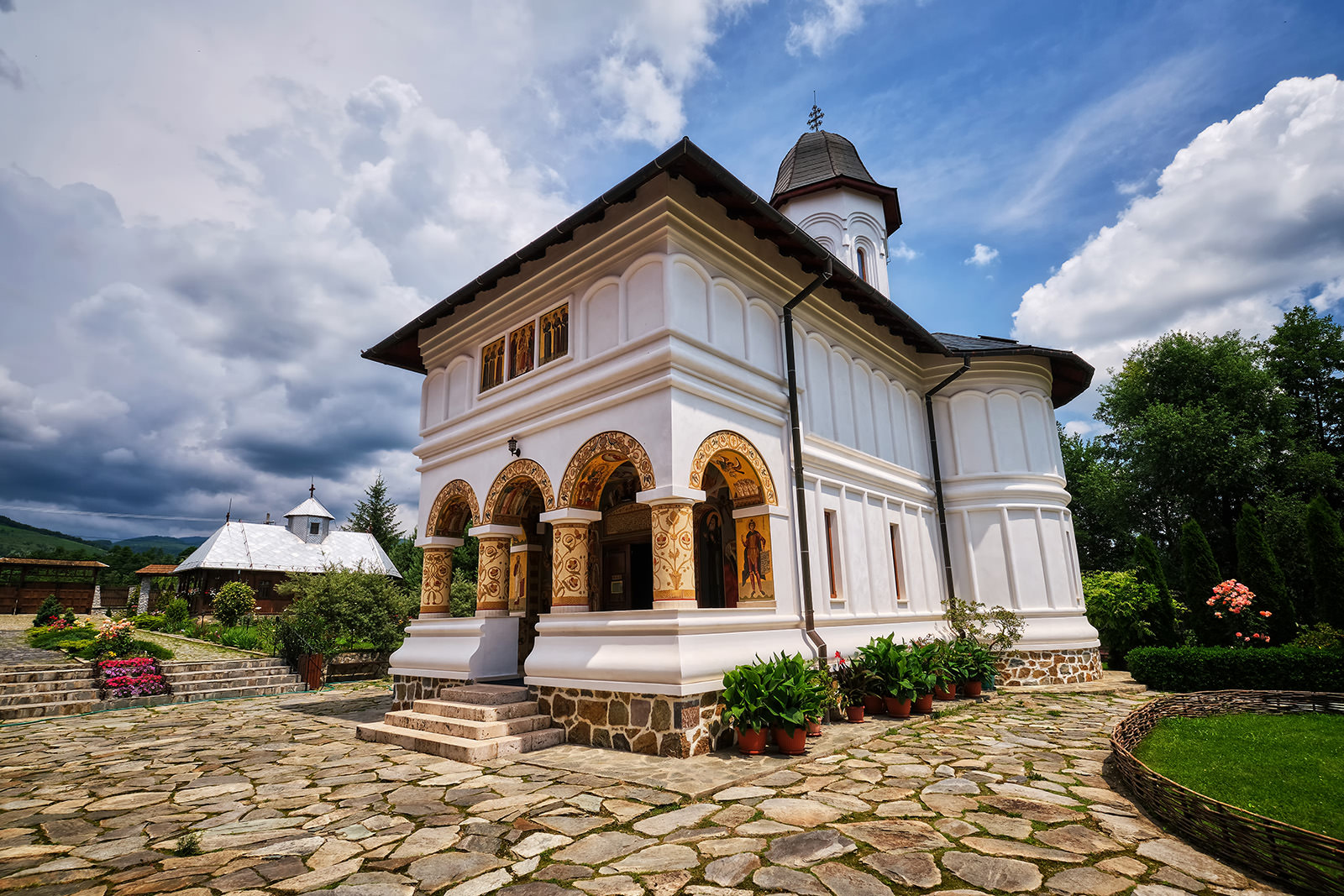
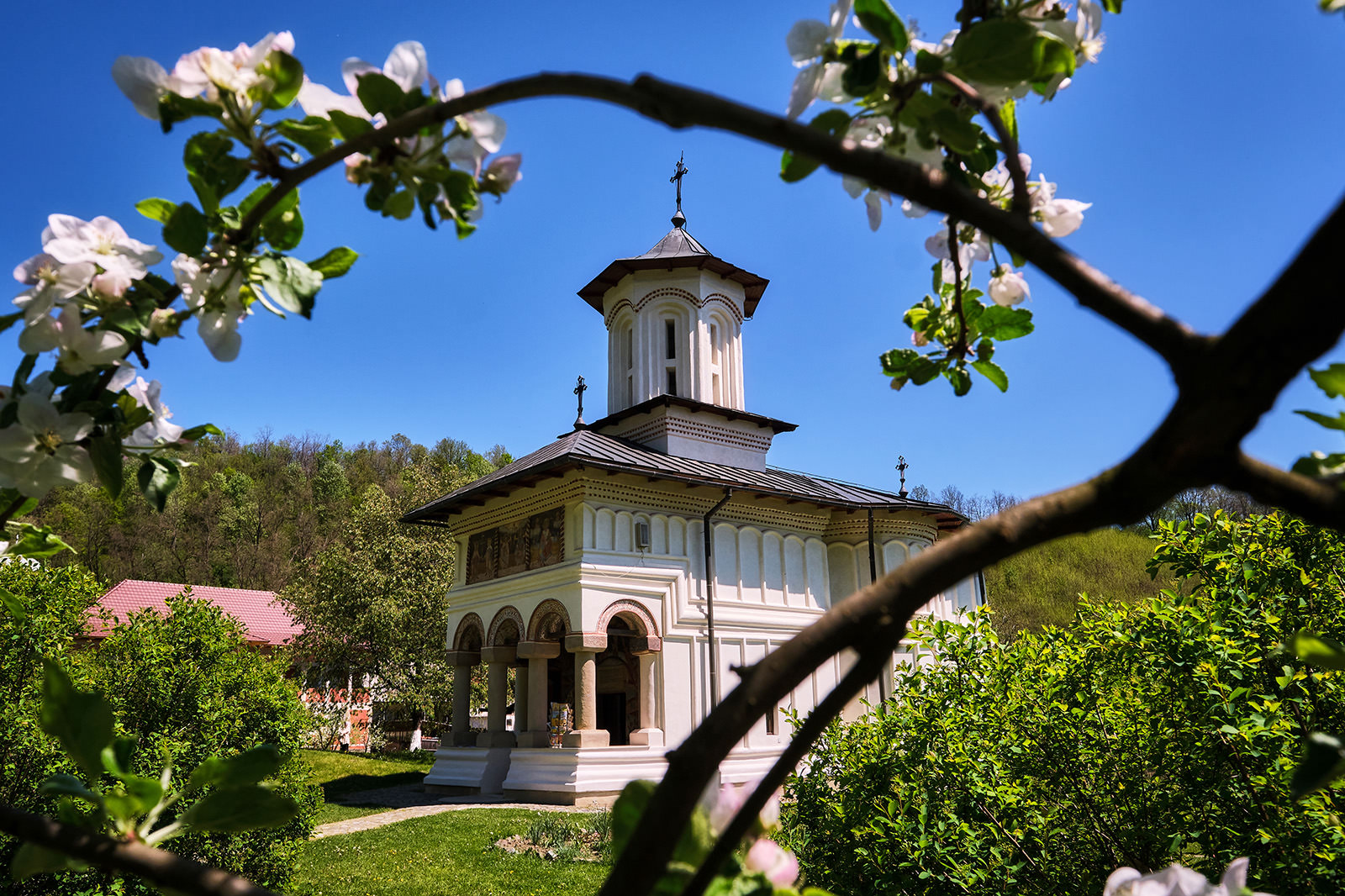
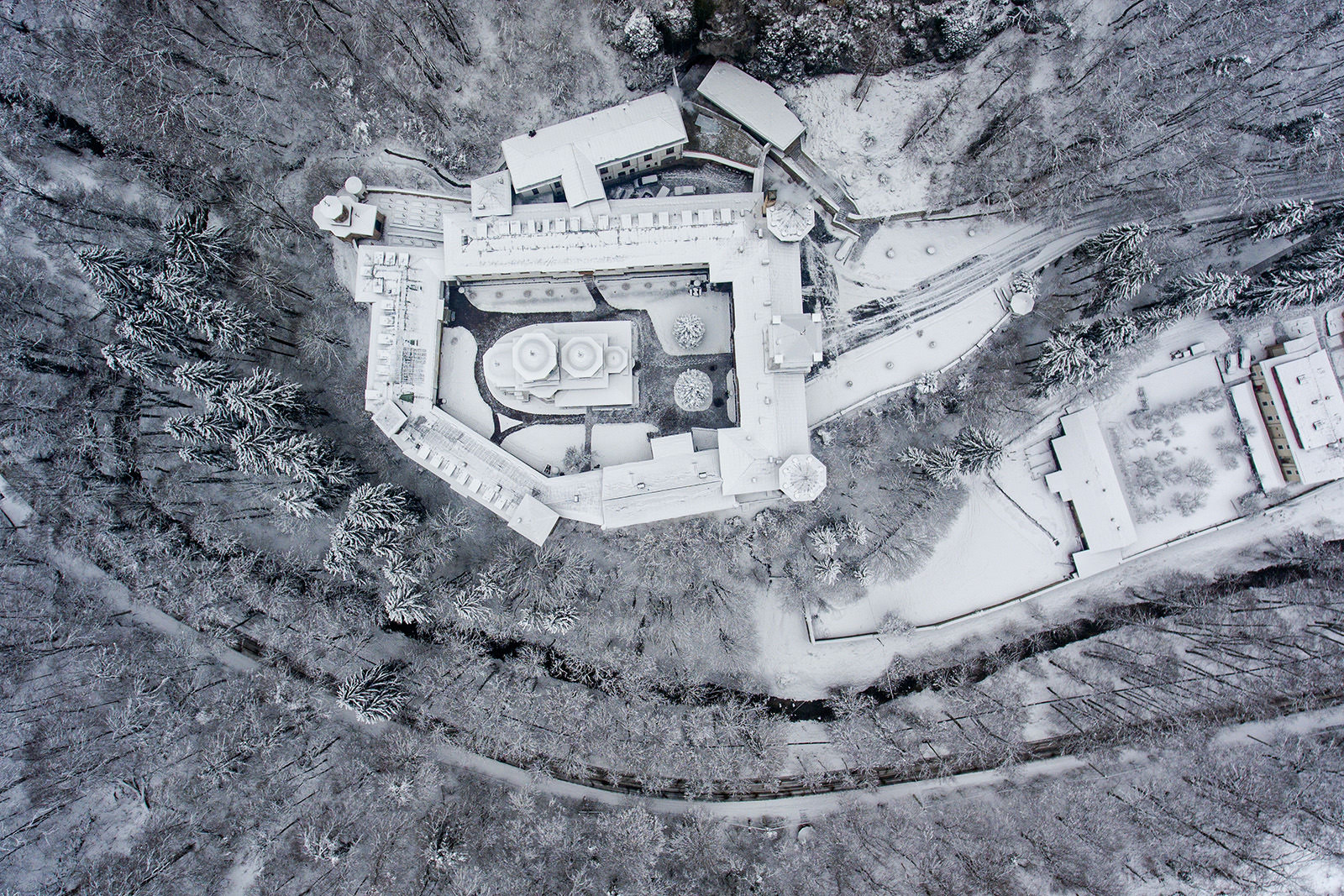
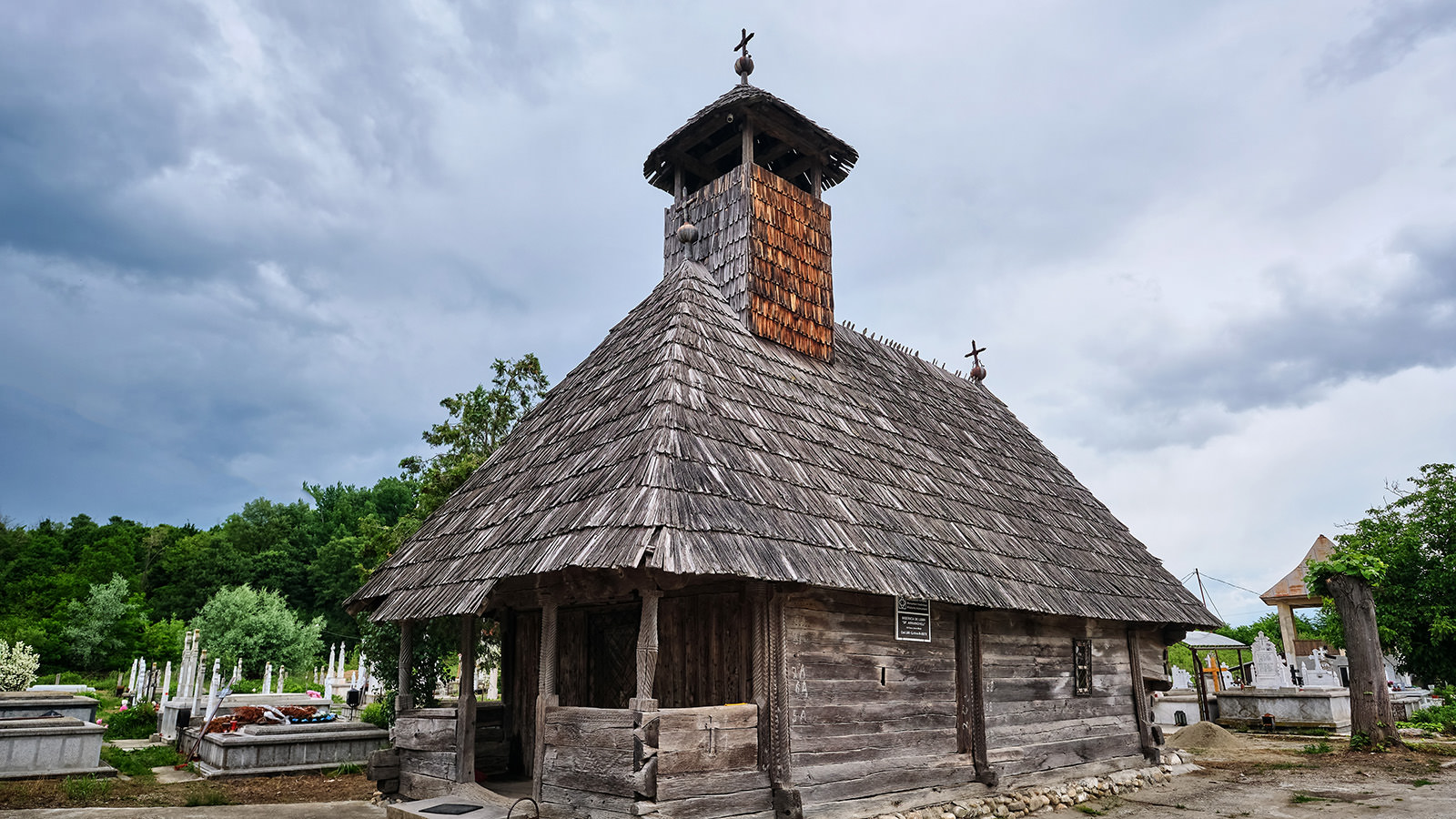
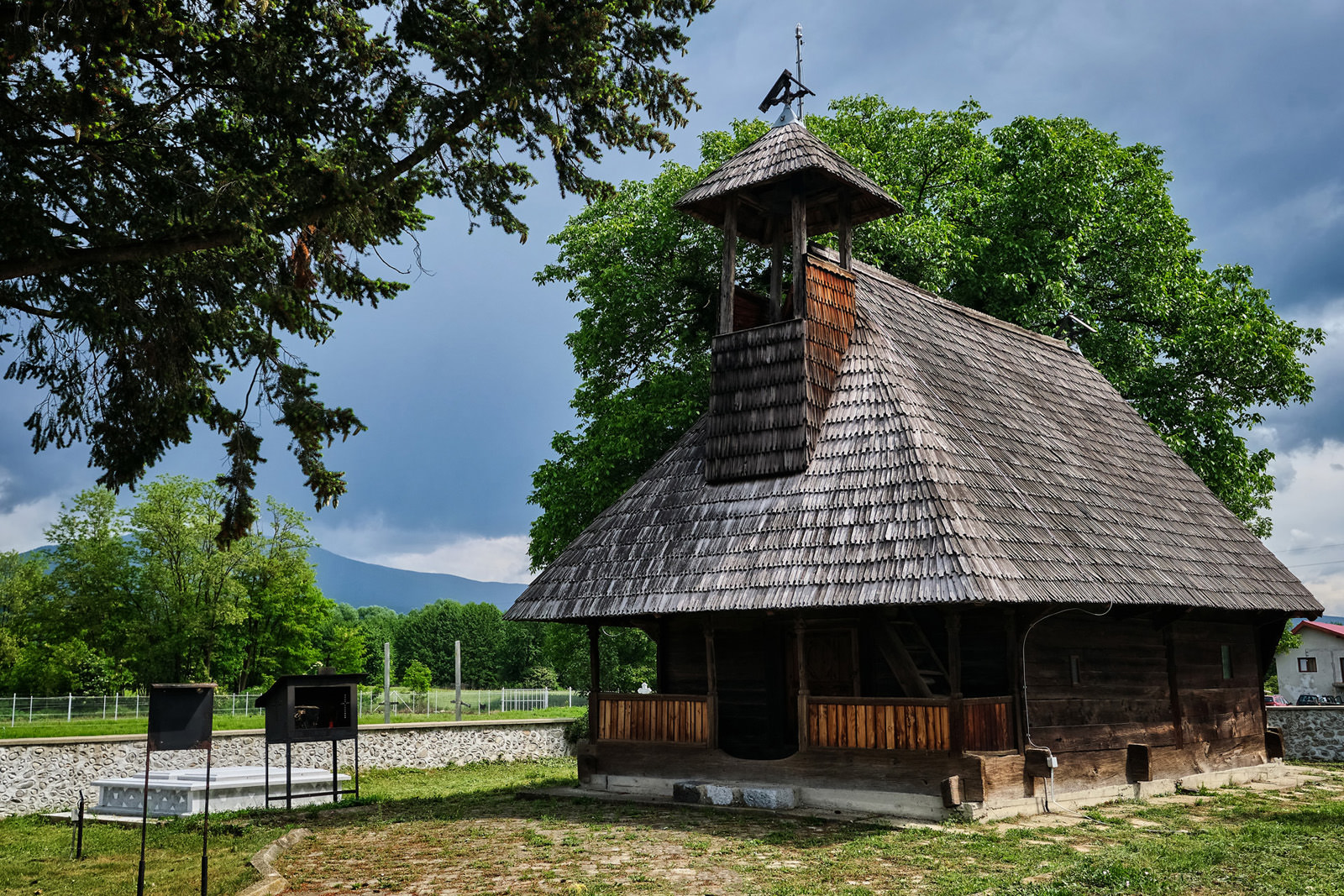
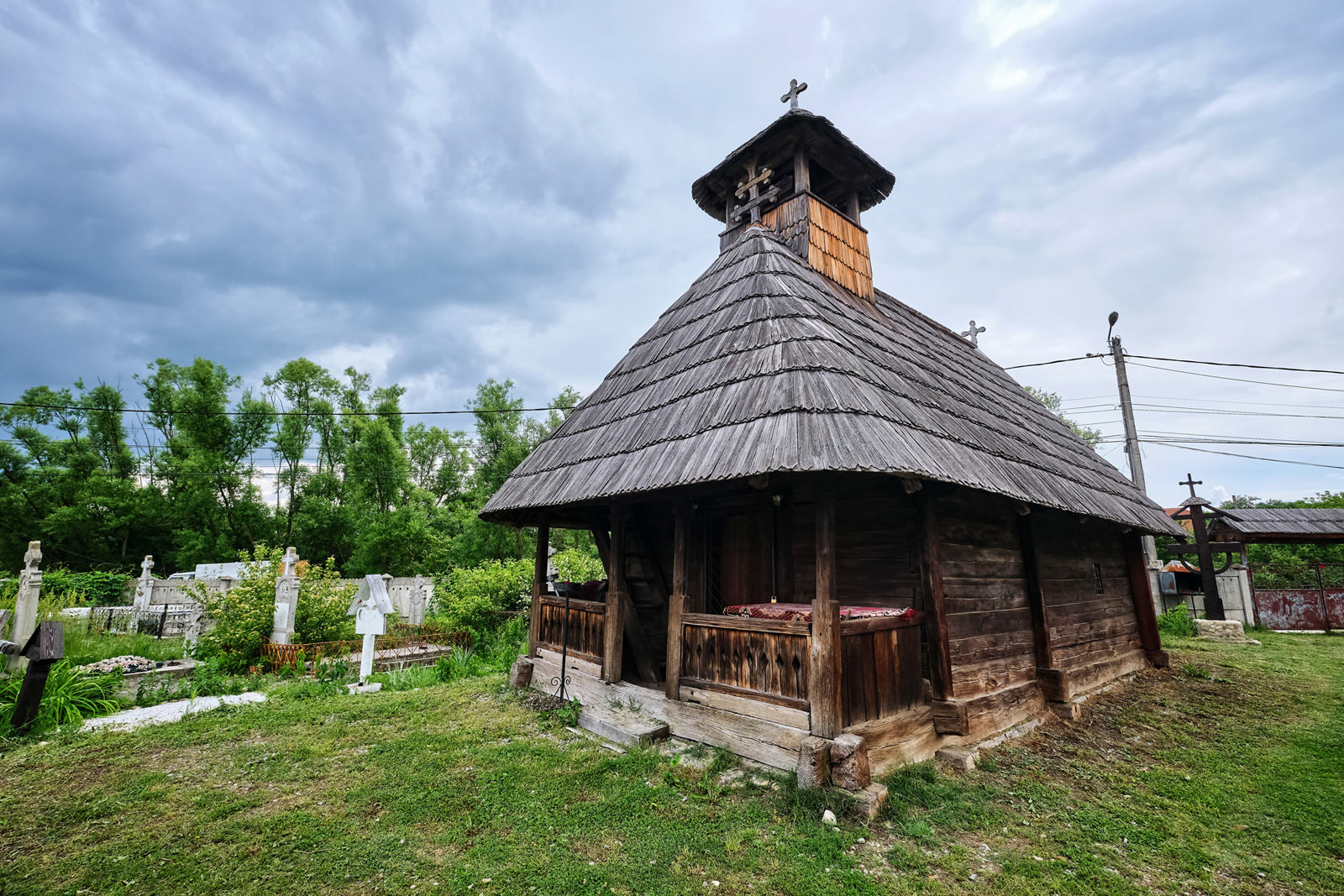
Tismana Monastery
Polovragi Monastery
Crasna Monastery
Icoana Monastery
Logresti Monastery
Tismana Monastery
Wooden Church of Balesti
Wooden Church of Francesti
Wooden Church of Stolojani
Curtisoara Museum, Cula Houses and Constantin Brancusi Memorial House
The Traditional Architecture Museum of Curtișoara is one of those unique places where the past of the authentic Romanian rural village is kept alive and can be discovered in its purest form. The traditional folk art and architecture of Gorj County are renowned for their beauty and the ingenuity of the traditional craftsmen. A walk through this veritable sanctuary of the past can be a truly immersive and insightful journey into the authentic Romanian village life. One can almost hear the echoes of voices behind the wooden gates and doors, of each destiny that once graced this small rural universe. The numerous houses and buildings that are now included in the museum have been gathered throughout the years from various parts of the county and represent amazing examples of village architecture (houses, churches, cellars, watermills, fountains and others) as well as authentic pieces of art that can be found inside some of the buildings. The most important exhibits of the open-air museum include the Cornoiu Cula, the Poenaru-Tătărăscu Cula, the Antonie Mogoș House, the old church, and others.
One of the defining elements of traditional architecture in Gorj County is the presence of the cula type of building. Unique and somewhat enigmatic pieces of historical heritage, these are practically fortified houses that were built for defensive purposes during troubled times of history. The cule buildings were built by noblemen and merchants, with several stories and very thick walls, massive doors and narrow windows, often featuring secret rooms and passages. The most famous and impressive can be admired inside the traditional architecture museum of Curtișoara (Cula Cornoiu and Cula Poenaru Tătărescu), while the Cartianu House has features that resemble a cula structure. Others can be found throughout the county in various states of conservation: Cula Glogoveanu Complex in Glogova village, Cula I.C. Davani in Larga village, Cula Cioabă-Chintescu in Șiacu village and Cula Crăsnaru in Groșerea village. The memorial house of the famous Romanian sculptor Constatin Brâncuși has been organized close to the house he was born in, in the small village of Hobița, just 25 km west of Târgu Jiu. The traditional wooden house is an architectural monument, with two tiny rooms and several annex rural buildings.
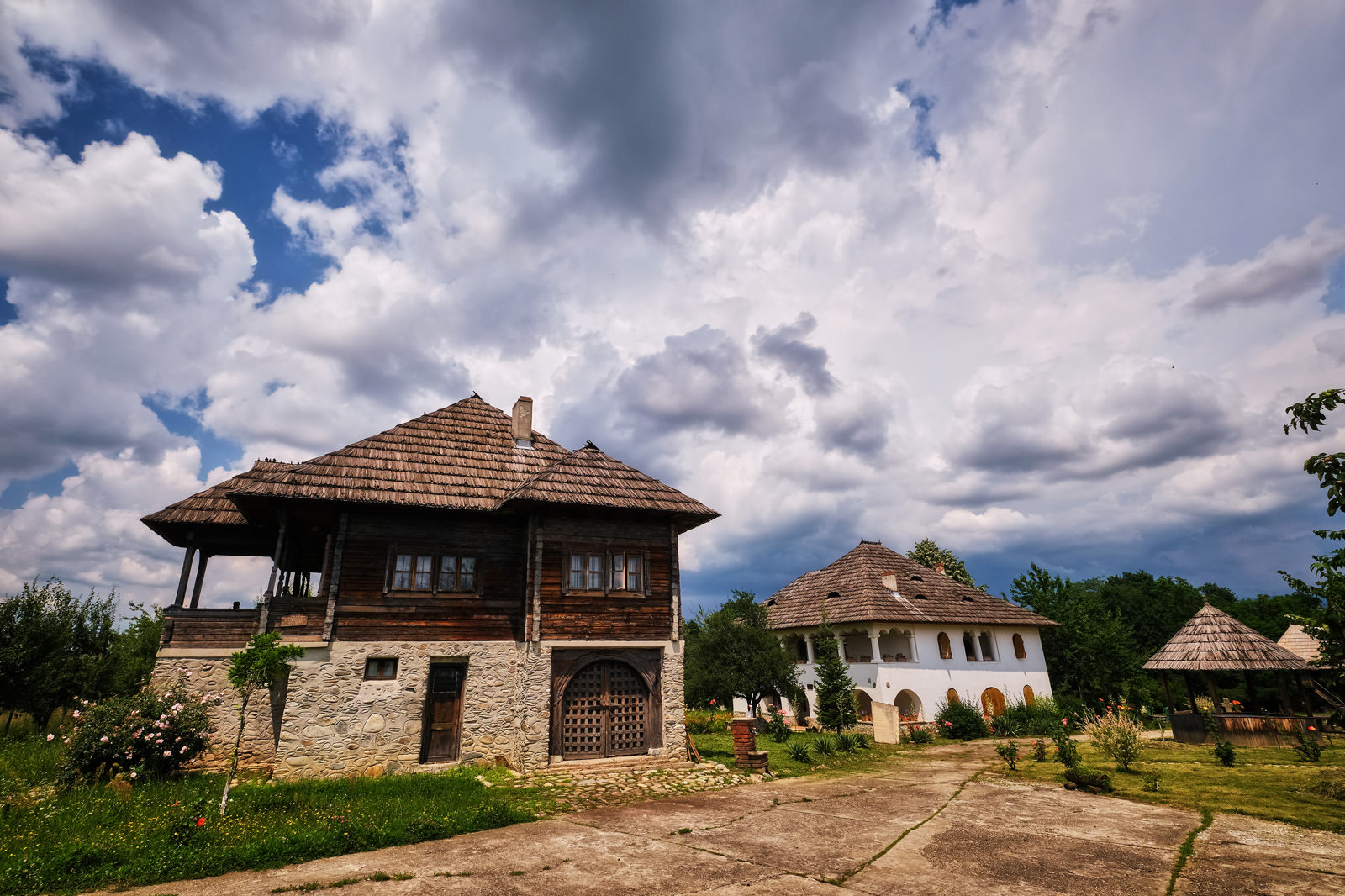
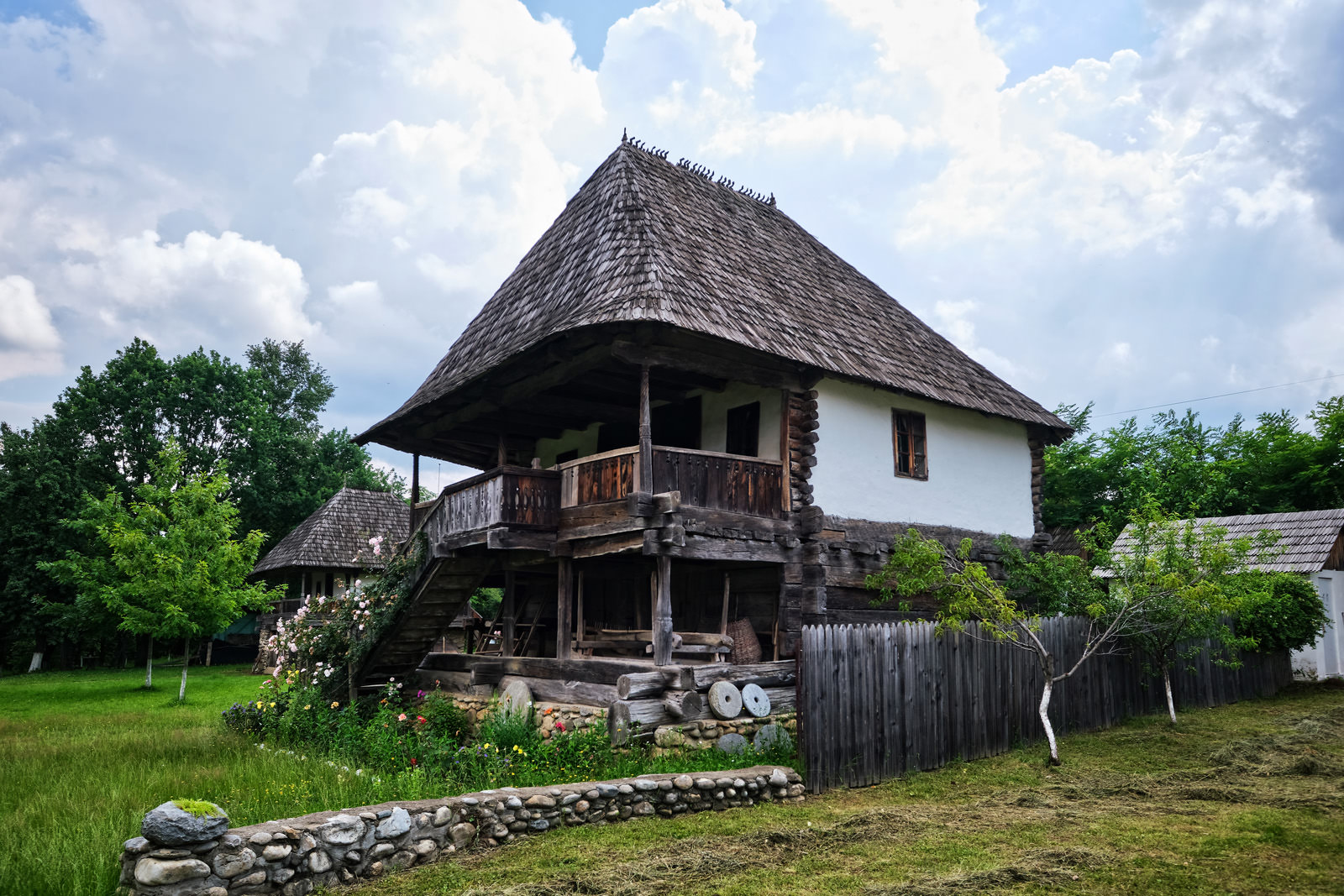
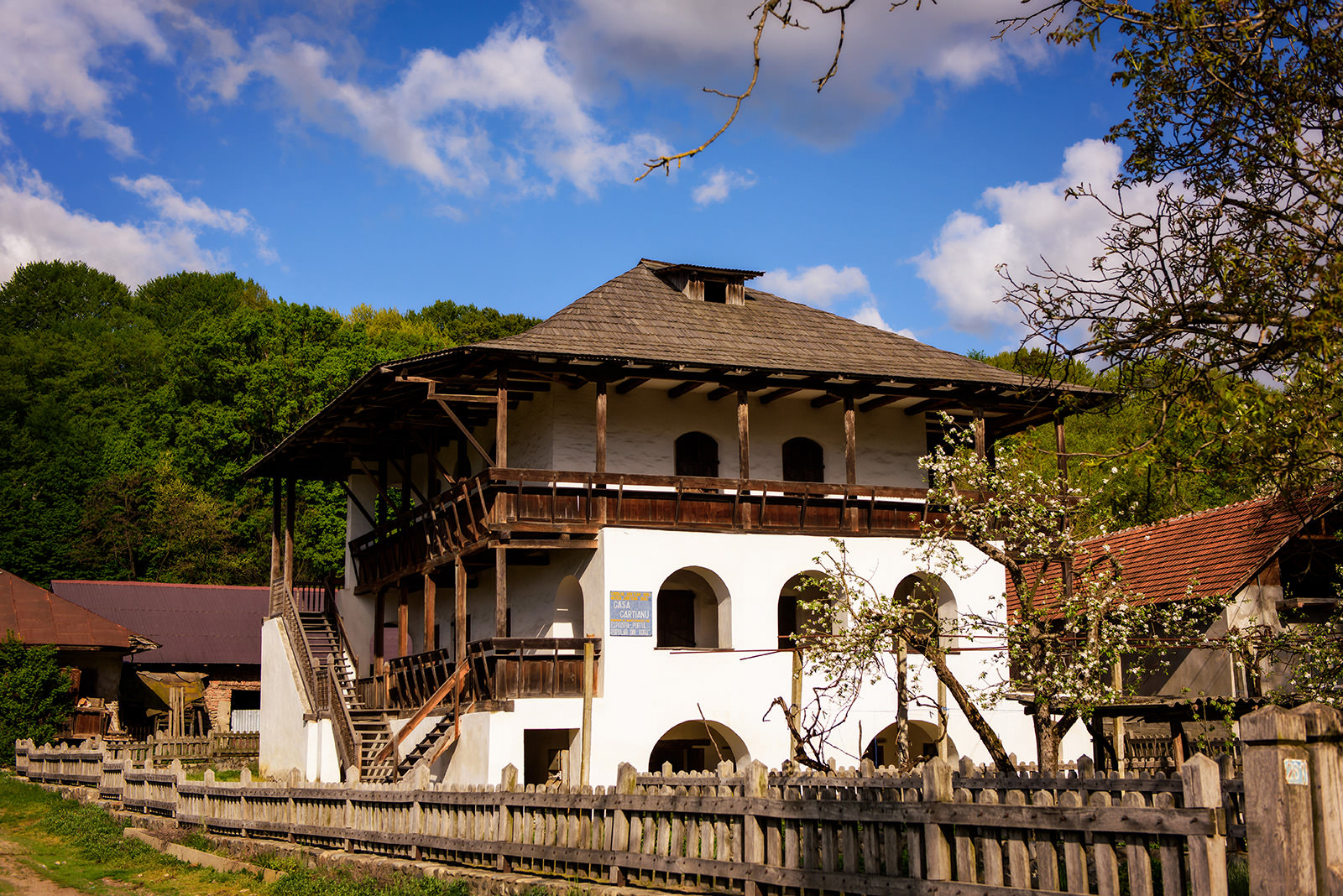

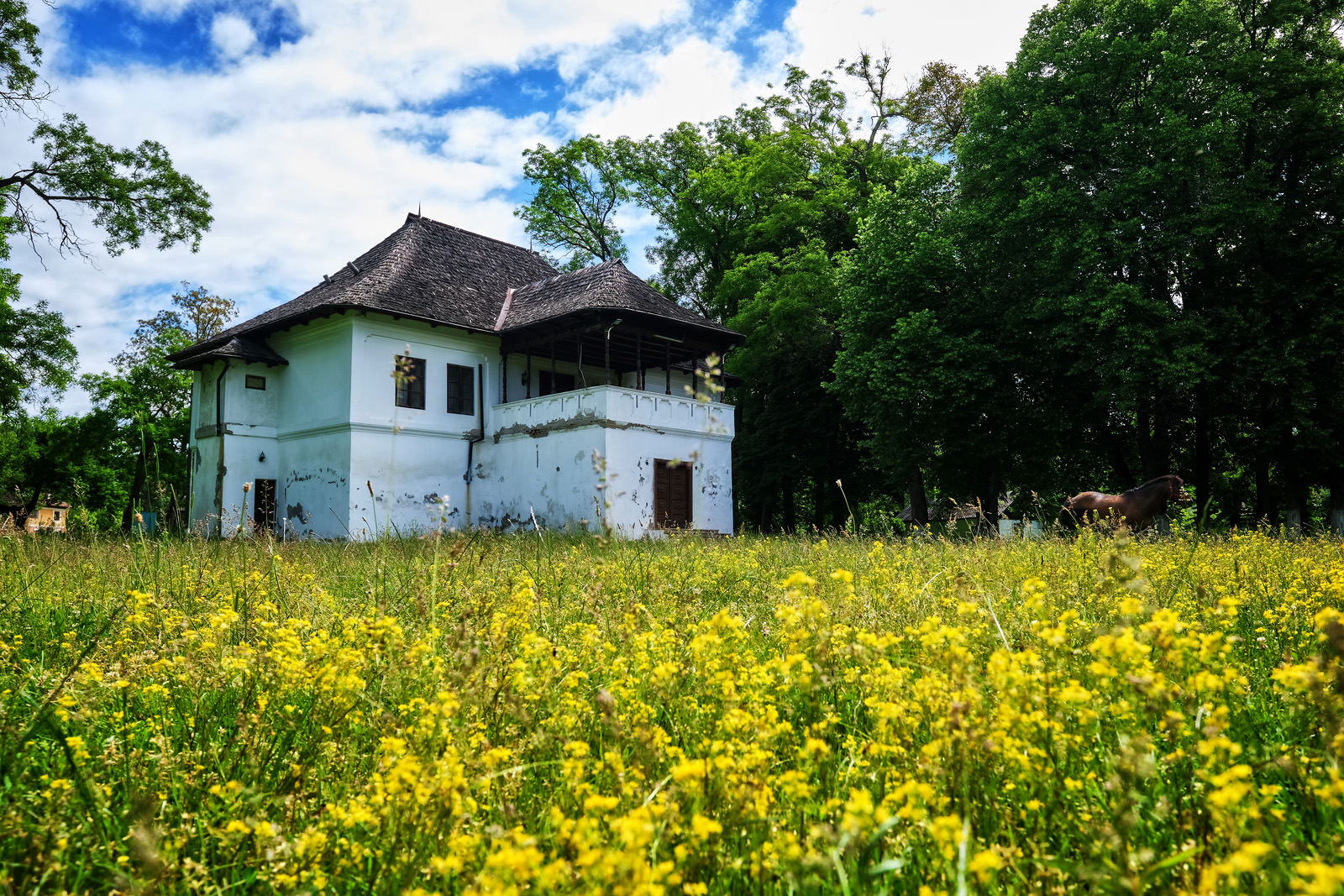
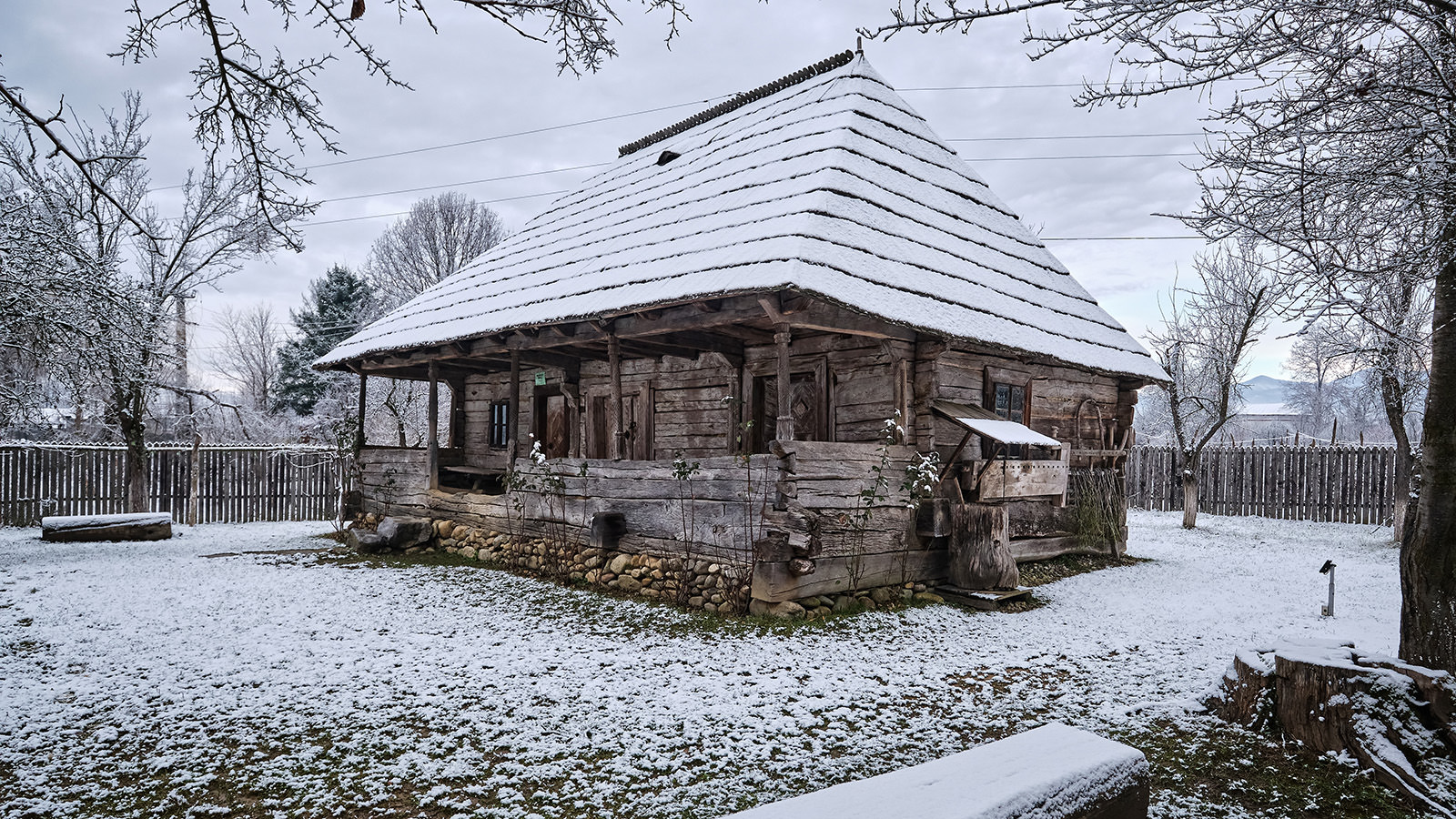
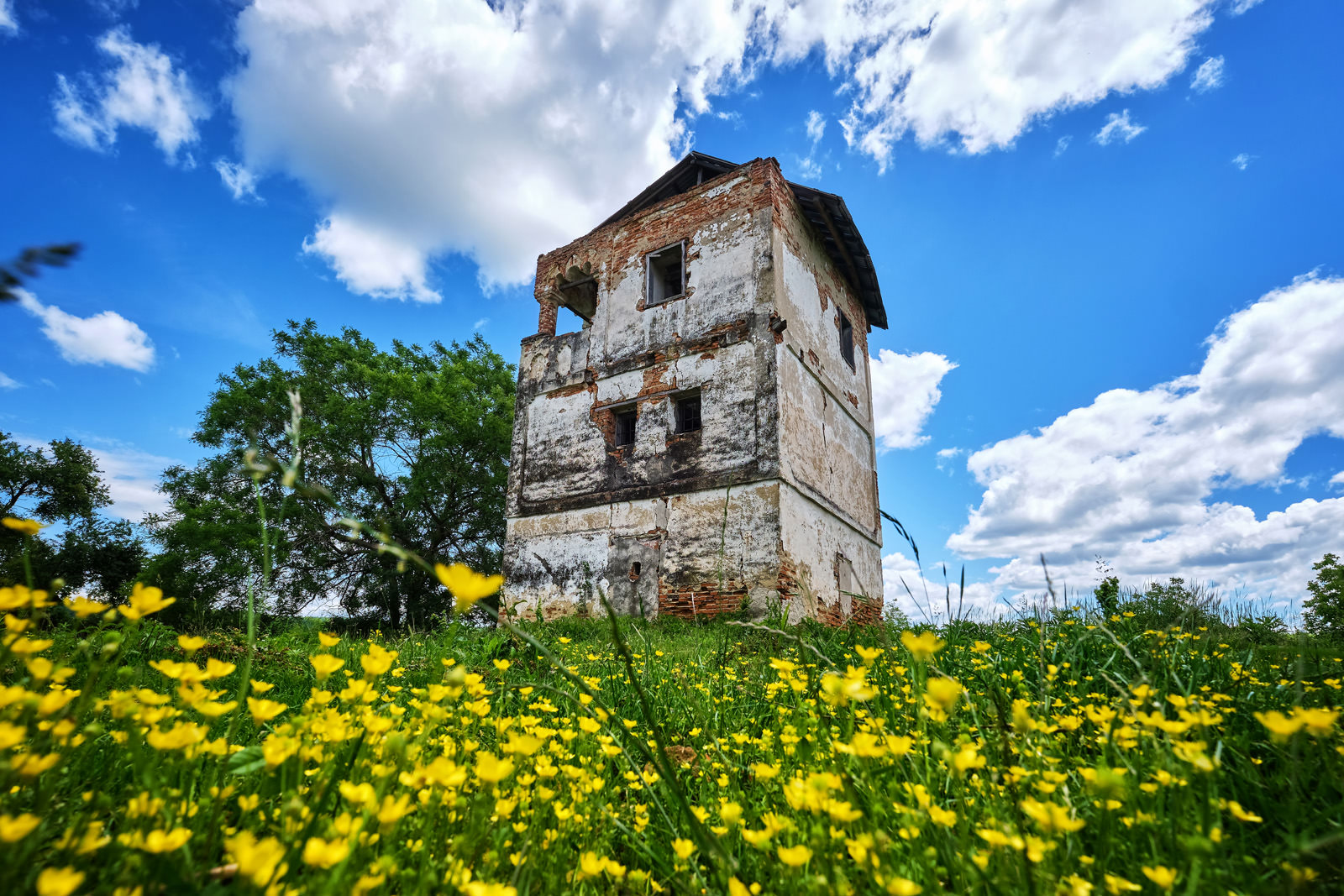
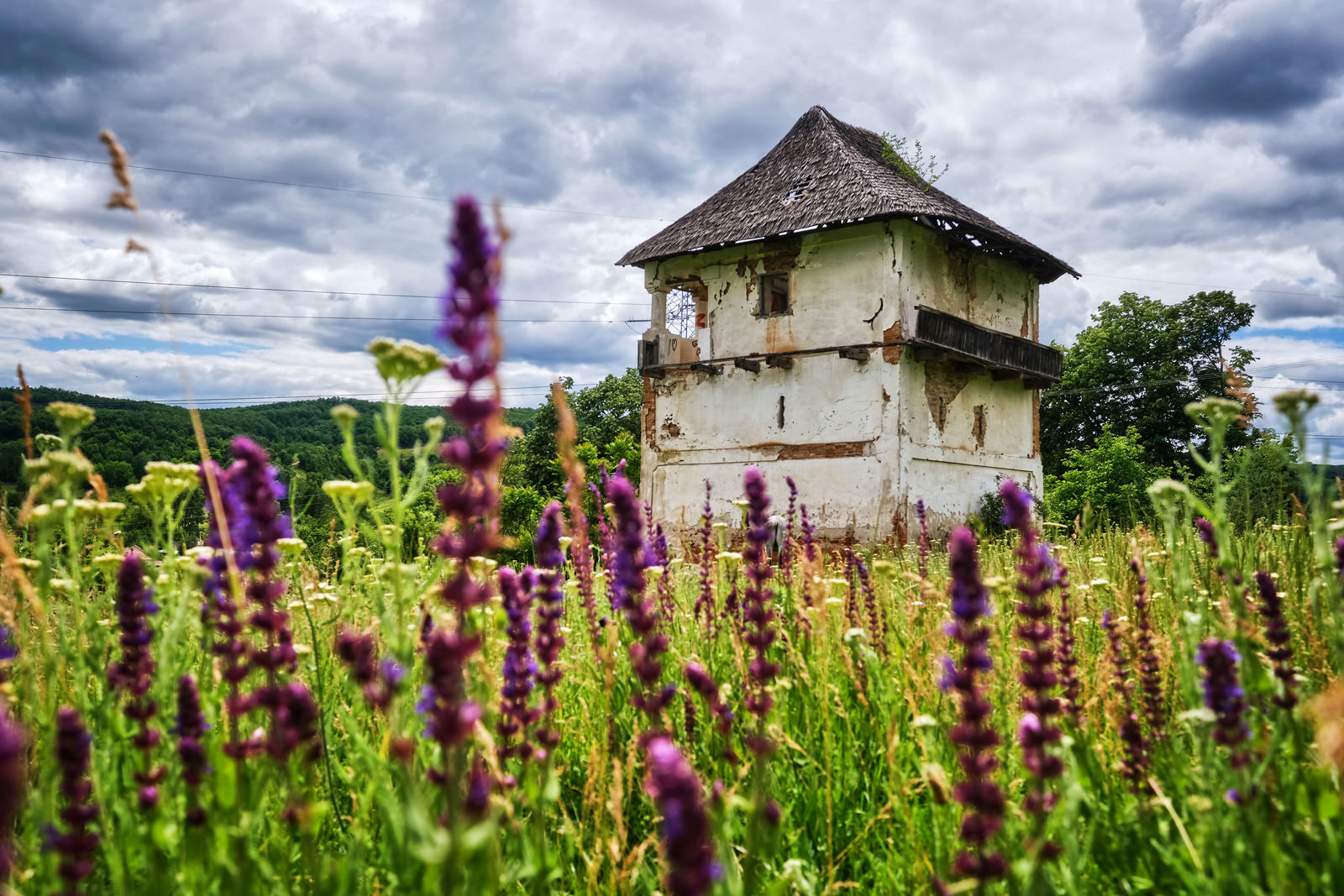
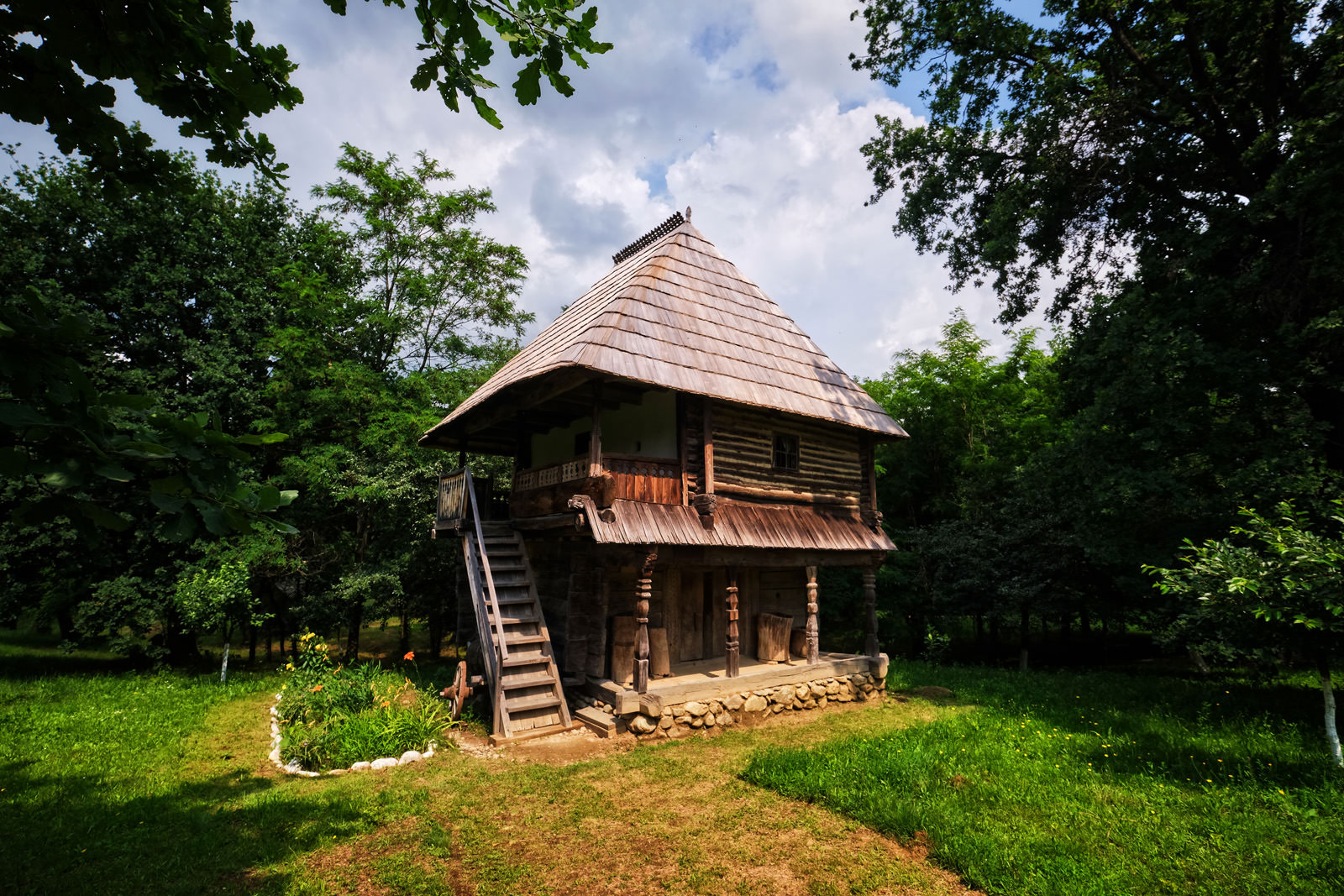
Traditional Architecture Museum
Traditional Architecture Museum
Cartianu House
Cornoiu Cula House
Glogoveanu Cula House
Brancusi Memorial House
Siacu Cula House
Groserea Cula House
Traditional Architecture Museum
Best Accommodation in Gorj County
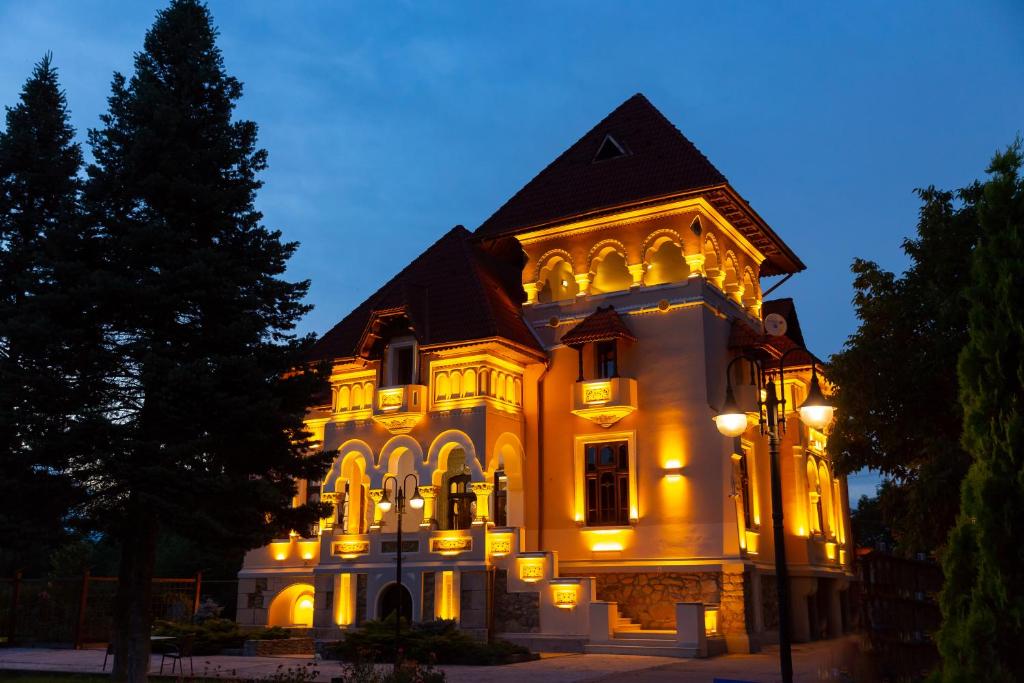
9.0 from 379 Reviews
One of the trademark lodging options in Târgu Jiu, this excellent guesthouse is situated just a few kilometers from the city, boasting splendid architecture, large rooms, a swimming pool and a lush garden, as well as a great restaurant!
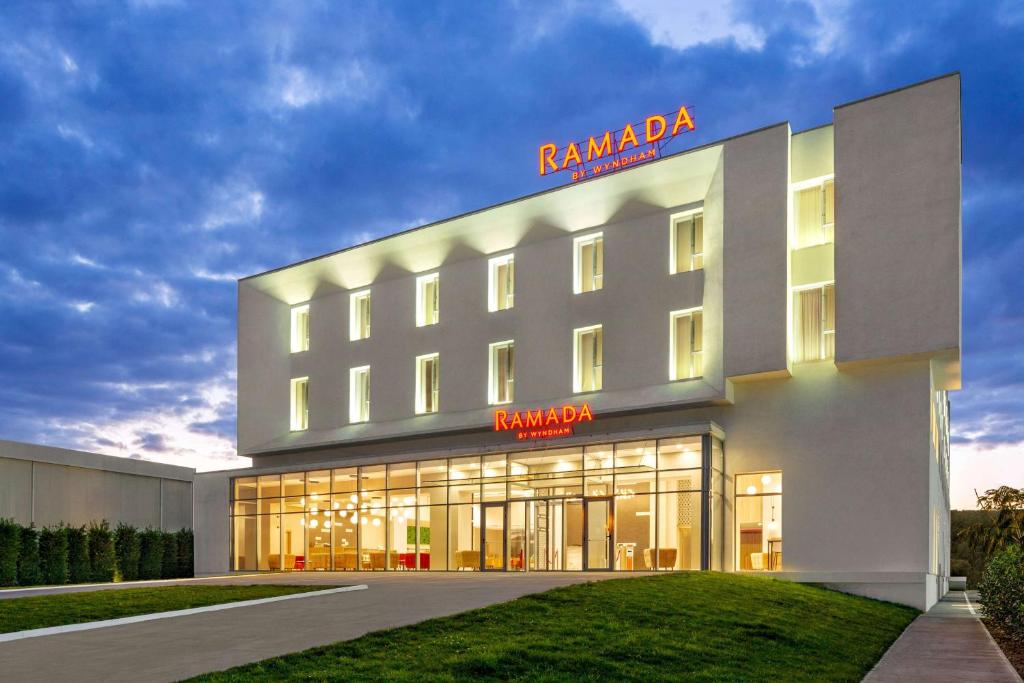
9.2 from 673 Reviews
Excellent upscale hotel located a few kilometers from the city center of Târgu Jiu, in a quiet area. It features amazing rooms and suites with perfect amenities, indoor swimming pool, garden, fitness and business center, as well as excellent breakfast option!
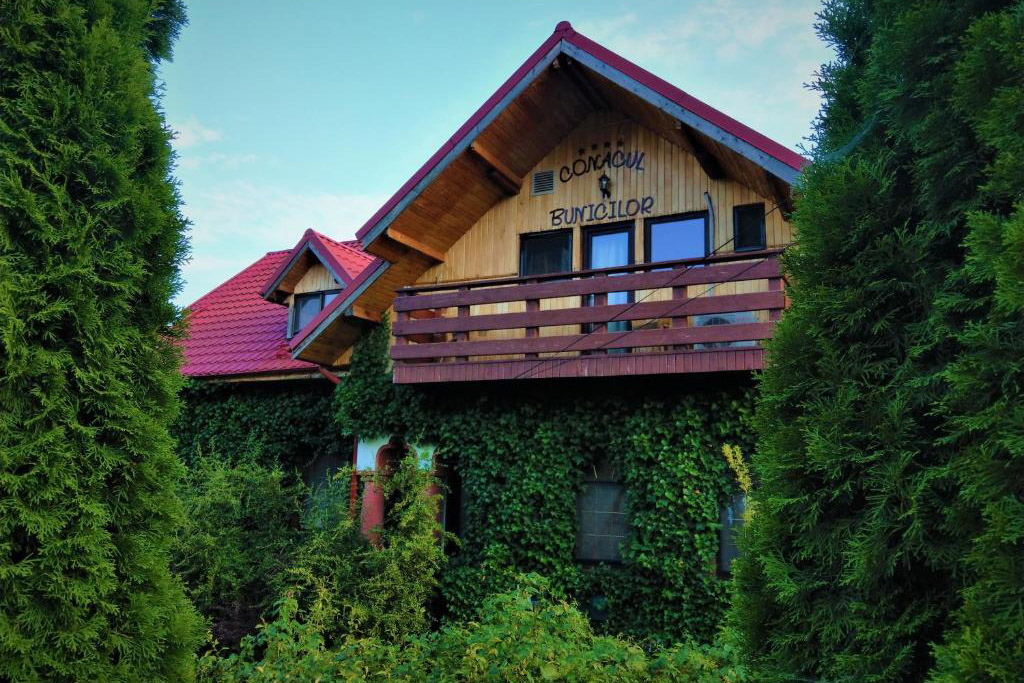
9.5 from 119 Reviews
This small traditional guesthouse features an idyllic atmosphere and gorgeous lush environs. It is located in the village of Baia de Fier, very close to the mountains. It offers nice cozy rooms with all the necessary amenities, a small restaurant and more!
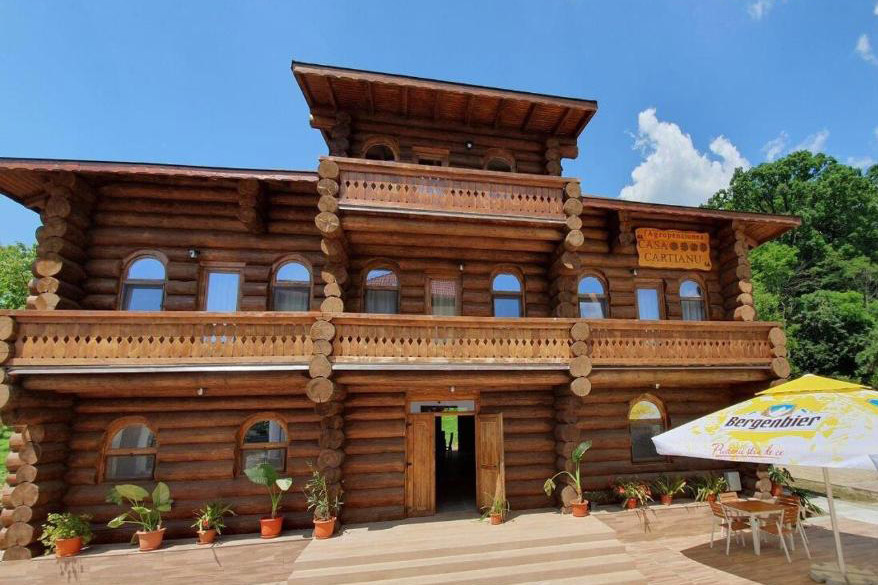
8.9 from 84 Reviews
Located in the village of Cartiu, 8 km from Târgu Jiu, next to the superb Cartianu Cula House monument, the guesthouse offers cozy rooms with excellent amenities, a restaurant, living area, garden and swimming pool!
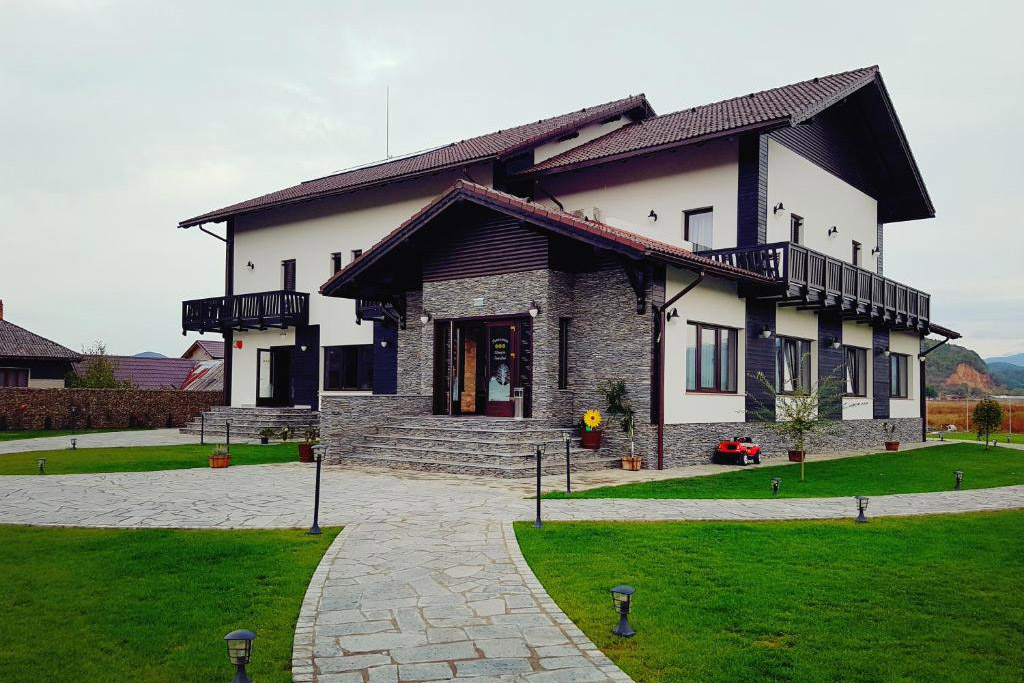
9.4 from 115 Reviews
Located in the western part of Gorj County, close to the village of Padeș and the mountains, this superb modern guesthouse features comfortable and beautiful rooms, a traditional restaurant, a large garden, free parking and more!
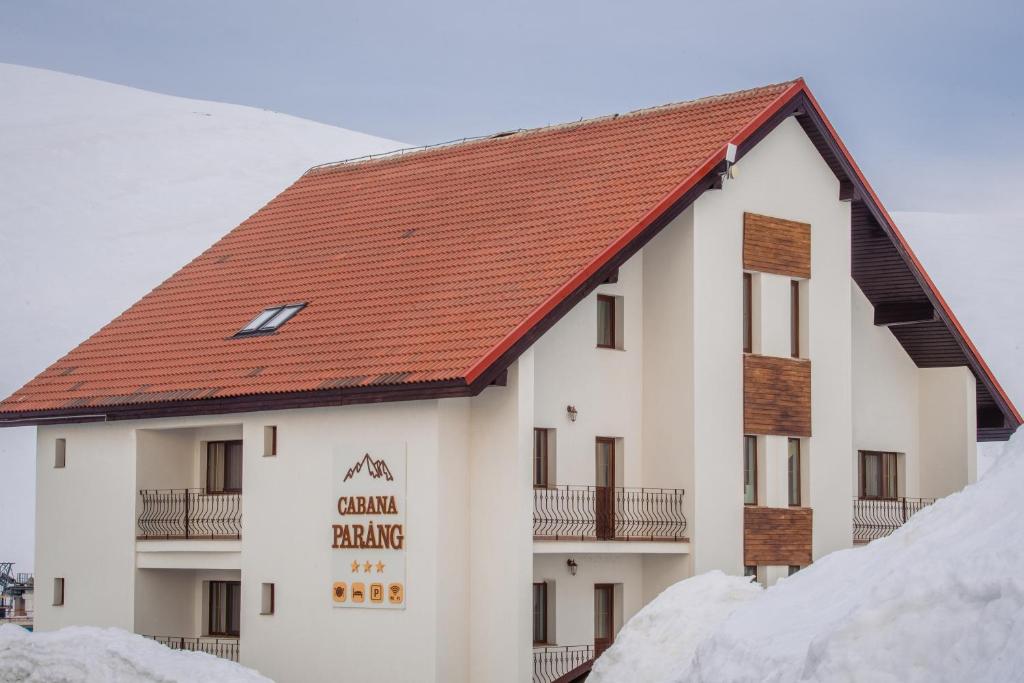
9.3 from 617 Reviews
Located in the astonishing ski resort of Ranca, along the Transalpina Road, this superb lodge offers impressive panoramas of the surrounding mountains, as well as amazing perfectly equipped rooms, common kitchen, sun terrace and more!
Heroes Path Monumental Complex
Probably the greatest and most impressive project of sculptor Constantin Brancusi was made for his home, dedicated for the heroes of World War I. It is a grand monumental complex in the city of Targu Jiu, consisting of three major masterpieces known as The Endless Column, The Gate of the Kiss and the Table of Silence.
Wild and Majestic Mountains
The north part of Gorj County is occupied by the tall peaks of the Carpathian Mountains, descending gently towards the south, ending into the charming area of the Sub-Carpathian hills and valleys. The mountains of Gorj are excellent destinations for hiking and trekking, with fascinating landscapes and stunning sights.
Birthplace of Constantin Brâncuși
The great sculptor Constantin Brancusi was born in Hobita, a small village in Gorj County, about 20 km from the city of Targu Jiu. Although his parents were simple peasants, Brancusi became one of the most famous and influential artists of the 20th century, considered the father of modern sculpture and with masterpieces valued at millions.
Beautiful Monasteries and Churches
With four of the oldest and most beautiful monasteries in Romania, as well as other religious landmarks of historical and architectural value, Gorj County is one of the top destinations in Romania for religious tourism. Add up hundreds of old wooden churches spread thorough the villages of Gorj and the spiritual image is complete.
Impressive Caves and Canyons
Gorj County offers a staggering number of caves, and although only a handful can be visited by regular travelers, the underground world holds many treasures. The mountain rivers have created magnificent gorges and canyons that feature idyllic sights and endless opportunities for adventure and exploration.
Authentic Traditions and Heritage
Like some other parts of Romania, traditional villages can still be found in the countryside of Gorj, while old traditions are still alive, with specific architecture, folklore, costumes and an authentic lifestyle. Some parts of Gorj County are veritable time traveling experiences, filled with authentic heritage that has been preserved beautifully.